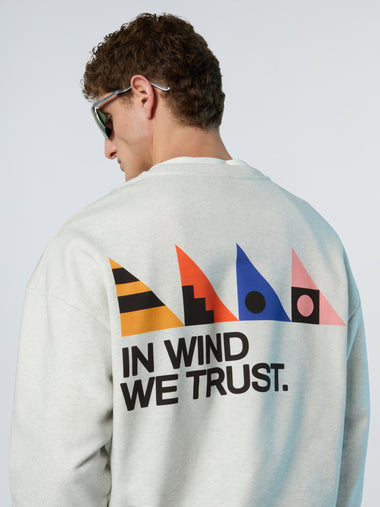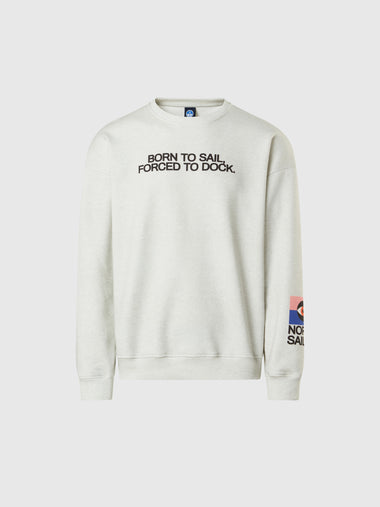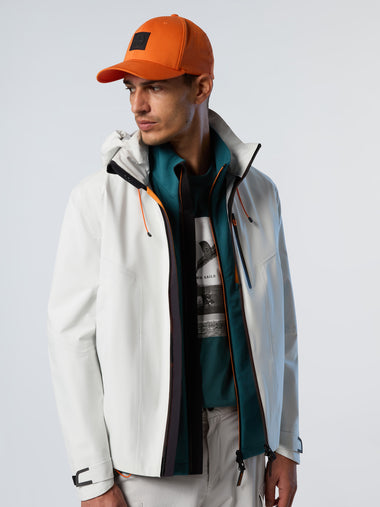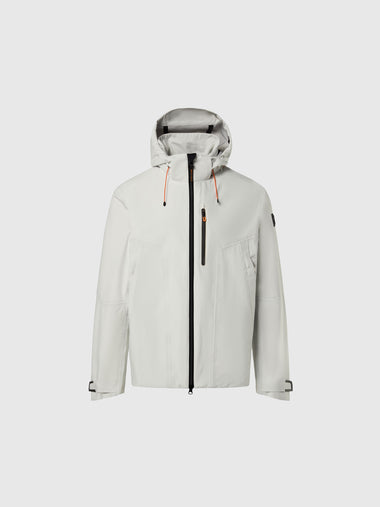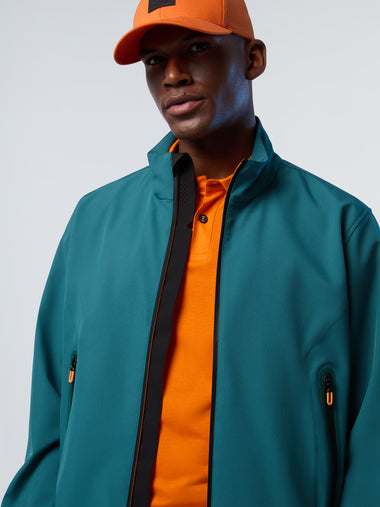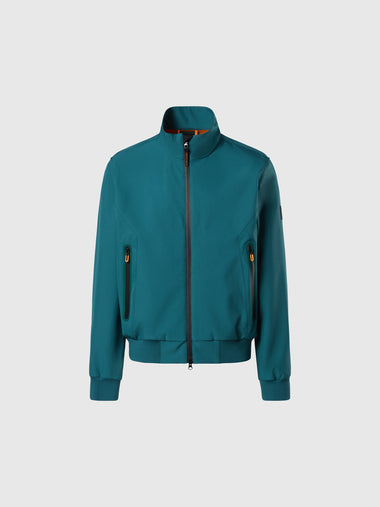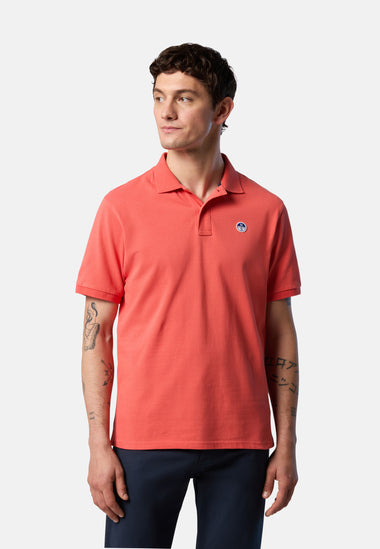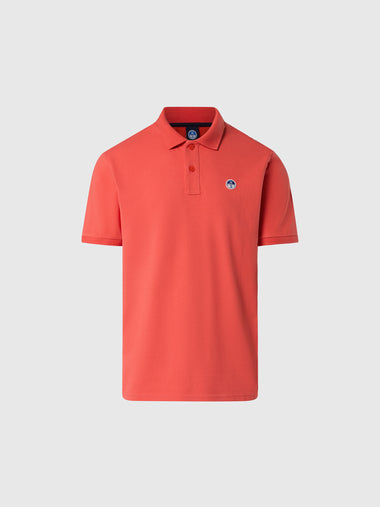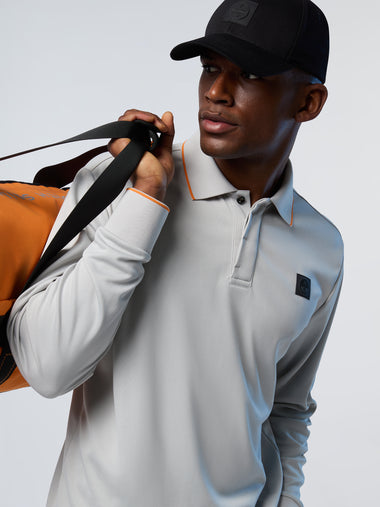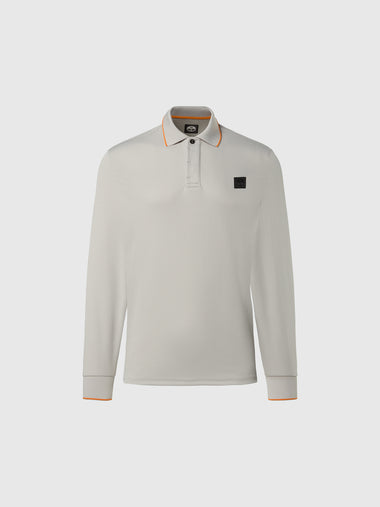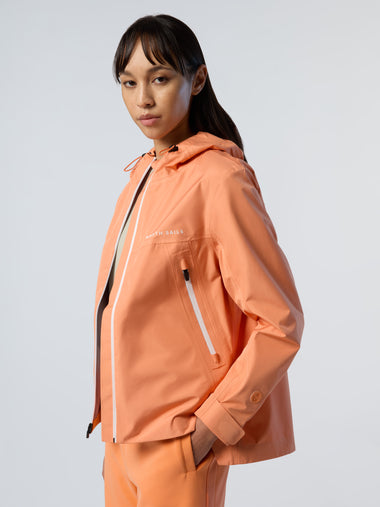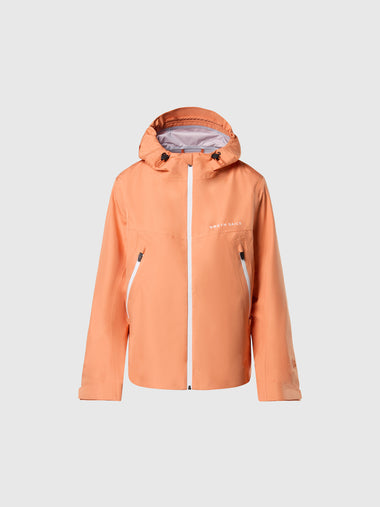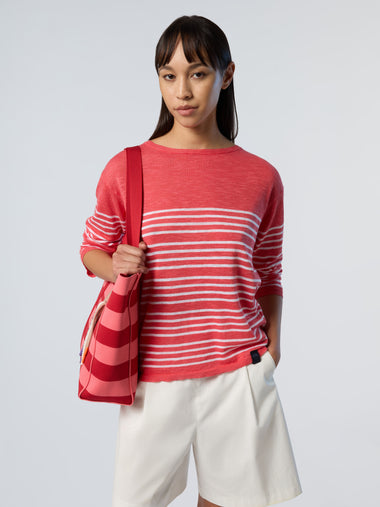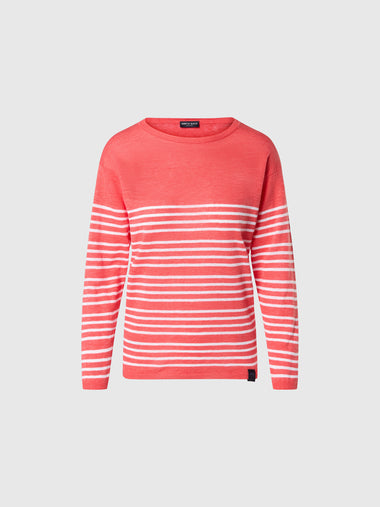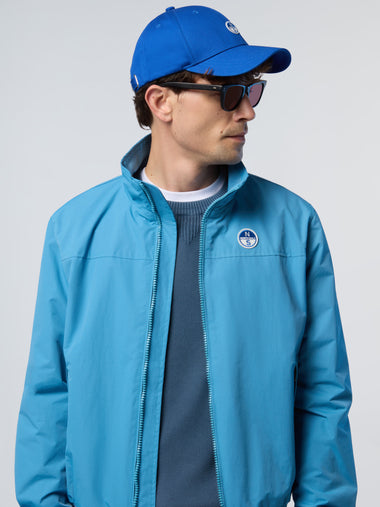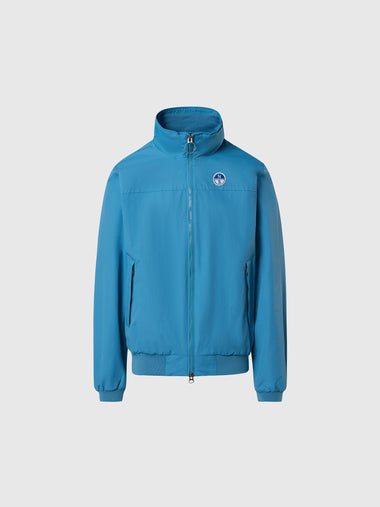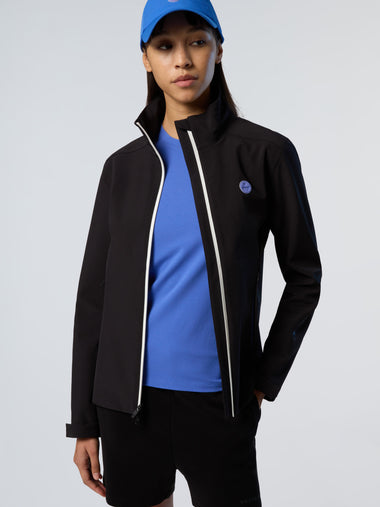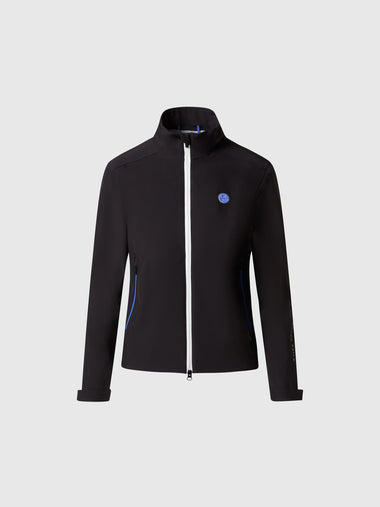NORTH SAILS BLOG
Tutto
Events
Guides
News
People
Podcast
Sustainability
Tech & Innovation
Travel & Adventure
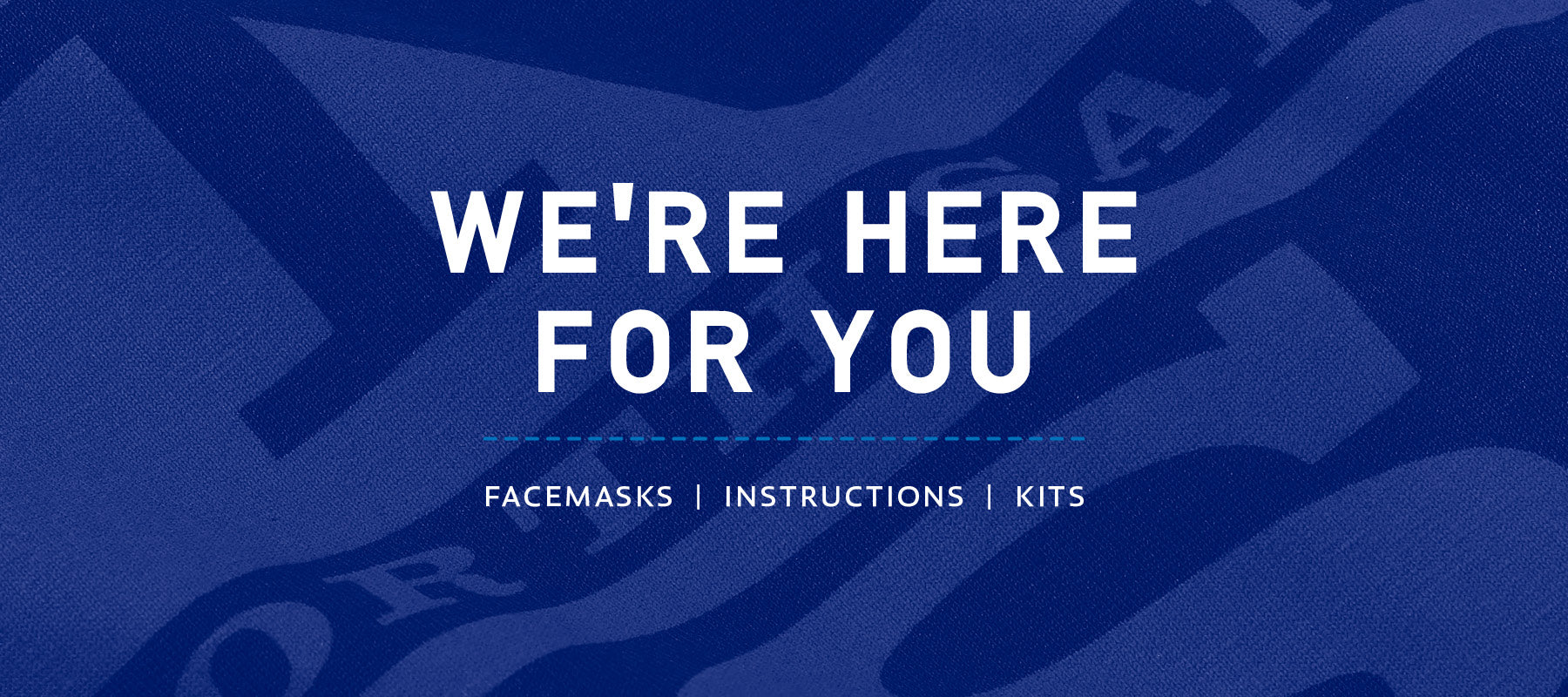
news
NORTH SAILS CUT AND SEW MASK KITS
NORTH SAILS INTRODUCES DIY MASK KITS
Do-It-Yourself Masks are Packed and Ready for Delivery
Personnel, lofts, clients, and friends of North Sails are navigating this global crisis together.
Many of our local Certified Service Centers have taken the initiative in their areas to build masks when possible and support their communities. We are humbled by the positive feedback we’ve received and have done our best to supply usable yet non-government approved cotton masks yet in limited quantities.
Sail lofts like ours across North America are set up with machines built to repair big, heavy sails, and these machines, unfortunately, don’t lend themselves to any small item manufacturing, including masks. But, there has recently been a surge in interest for people to build their own masks with home sewing machines. There are many “how-to” videos online showing how easy it is, so we have incorporated this idea with our ability to cut large quantities of fabric and elastic.
North Sails are now offering pre-cut and sew mask kits that provide the material and instructions for Do-It-Yourself (DIY) masks. DIY mask kits are available to everyone (even our non-North sailmaking friends) and can be ordered now. The kits come in a pack of 20 and are $20 USD plus shipping and handling. All orders will be shipped from our manufacturing loft in Milford, Connecticut.
We feel that DIY kits are a way to offer mask support in a real quantity and get them to families in a hurry. Time to break out your old Singer sewing machine that has been gathering dust in the back closet!
*Update – we’re doing our best to keep up with the demand for the DIY kits. You can still place orders and we’ll be in touch if stock is running low. Your credit card will not be charged until your order is ready to ship.
Download Instructions Order a Kit
Disclaimer:
Please note that we not promoting use of fabric masks as a good alternative to medical grade masks. We are not making any claims as to the effectiveness of the homemade masks. We are not trying to say medical professionals should not have or do not deserve to have N95 masks. Instead, we are simply sharing the fact that some hospitals, care centers, etc., have asked for these masks to be donating so they can use them as a last resort due to the extreme shortage of N95s right now. These masks may be used in lower risk situations so N95s can be conserved during this extreme shortage. Please see the info from the CDC and contact your local health care institutions if you would like to help.
READ MORE
READ MORE
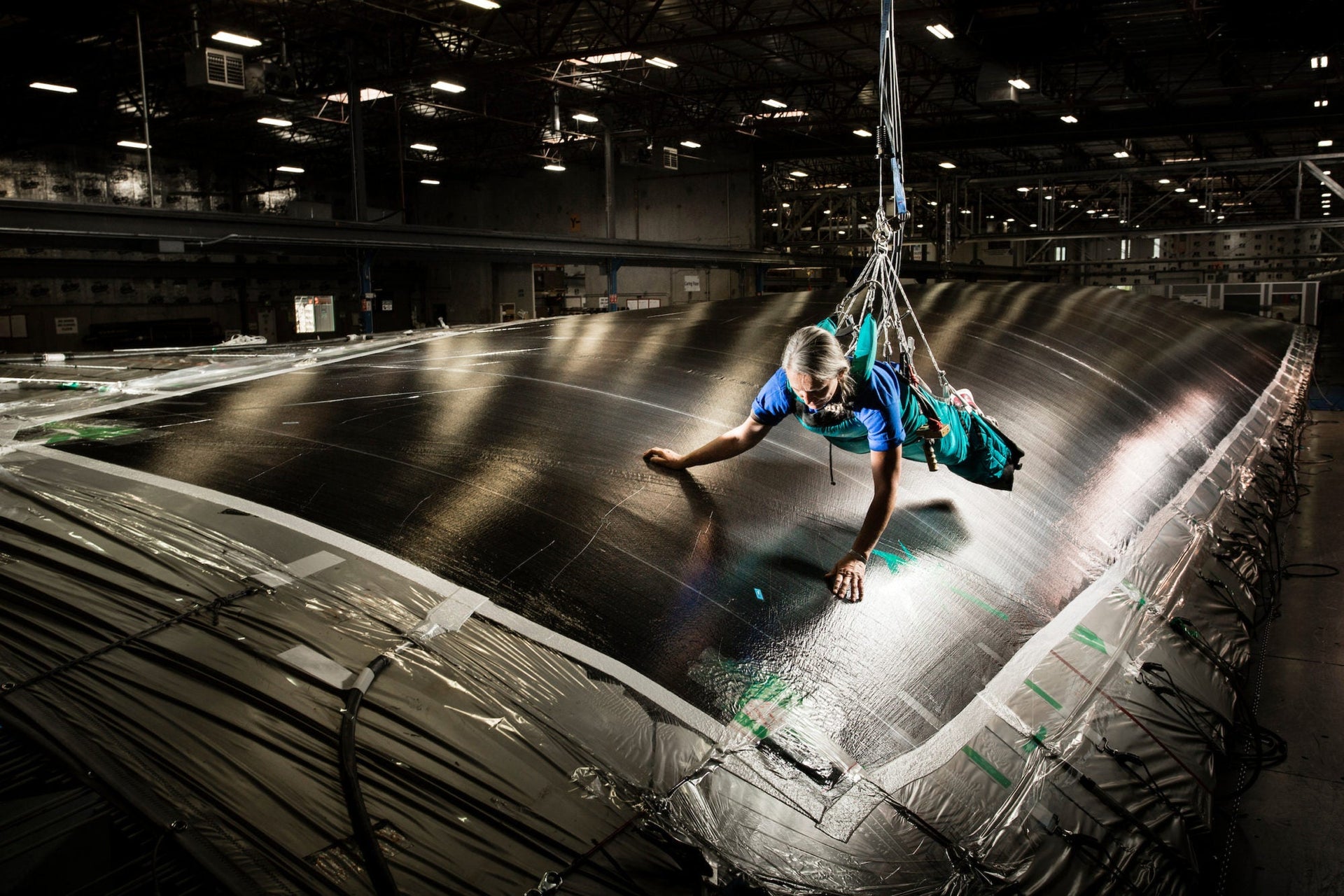
news
NORTH 3Di: INNOVATIVE SAILMAKING TECHNOLOGY
NORTH 3Di: INNOVATIVE SAILMAKING TECHNOLOGY
Unique. Lightweight. Reliable. Watch How the Most Advanced Sails in the World are Made
Lightweight, reliable, unique. North 3Di sails are engineered to minimum weight and maximum performance. By eliminating the use of mylar, 3Di will not delaminate. Each 3Di sail is precisely shaped on full-sized molds and built to outlast your adventure.
3Di™ is a patented sailmaking technology that produces the world’s fastest and most reliable sails. 3Di sails mimic the balanced load-bearing and shape-holding of a rigid airfoil wing. They are composed of ultra-thin unidirectional spread filament tapes, pre-impregnated with thermoset adhesive, arranged in a complex multiple-axis array, and three-dimensionally molded into a one-piece, flexible composite membrane.
A spread filament tape is an individual yarn that has been spread out until the individual filaments lie side-by-side; forming an ultra-thin “tape.” This exclusive technology enables 3Di sails to be made from fiber and adhesive only—without the need for Mylar film.
The North Sails proprietary automated tape laying system allows designers precise control over the placement and orientation of material within each sail. This unitary, monolithic construction produces an airfoil that has balanced resistance to distortion in all directions.
LEARN MORE FIND A LOFT REQUEST A QUOTE
READ MORE
READ MORE

news
WE'RE HERE TO HELP WITH ANSWERS
CHECK-IN. GIVE US A CALL. WE’RE HERE TO HELP WITH ANSWERS.
Just Like All Of You, We Can’t Wait to Get on the Water
North Sails President Ken Read checked in to give us an update on what’s going on at North Sails this week. Ken, like all of us, is working from his makeshift home office in Rhode Island. It’s a strange time for the world right now, but our lofts are open where possible, and the North sales and service team are available for a call at any time.
Like all of you, we can’t wait to go sailing; being contained to our homes right now is only growing our desire to get on the water. We’re working hard to deliver updates and a daily dose of the sport we love. Check-in on northsails.com and follow along with Instagram or Facebook for the latest news at North Sails.
Pre-Season Prep
We may not have our exact launch dates, but we are all looking forward to getting on the water as soon as possible. Your local service teams are hard at work to make sure that you’re ready to enjoy every single second of the 2020 sailing season.
At North Sails, our mission is to provide you with expert repairs, maintenance, and upgrades. Every sail serviced by our teams undergoes a thorough inspection designed to identify maintenance issues to avoid major problems later on. Our Certified Service teams are on hand during this time to provide you with pre-season service, including the North Sails signature 10-point inspection.
By Appointment: Curbside Service
Come to us or we’ll come to you! North Sails is now offering curbside pick up and delivery of sails where local rules allow. Call and schedule a time for pick up or drop off out in front of our building or at your home. Find your nearest loft today and make an appointment to have your sails serviced or new sails delivered so you can hit the ground running once the sailing season begins.
READ MORE
READ MORE
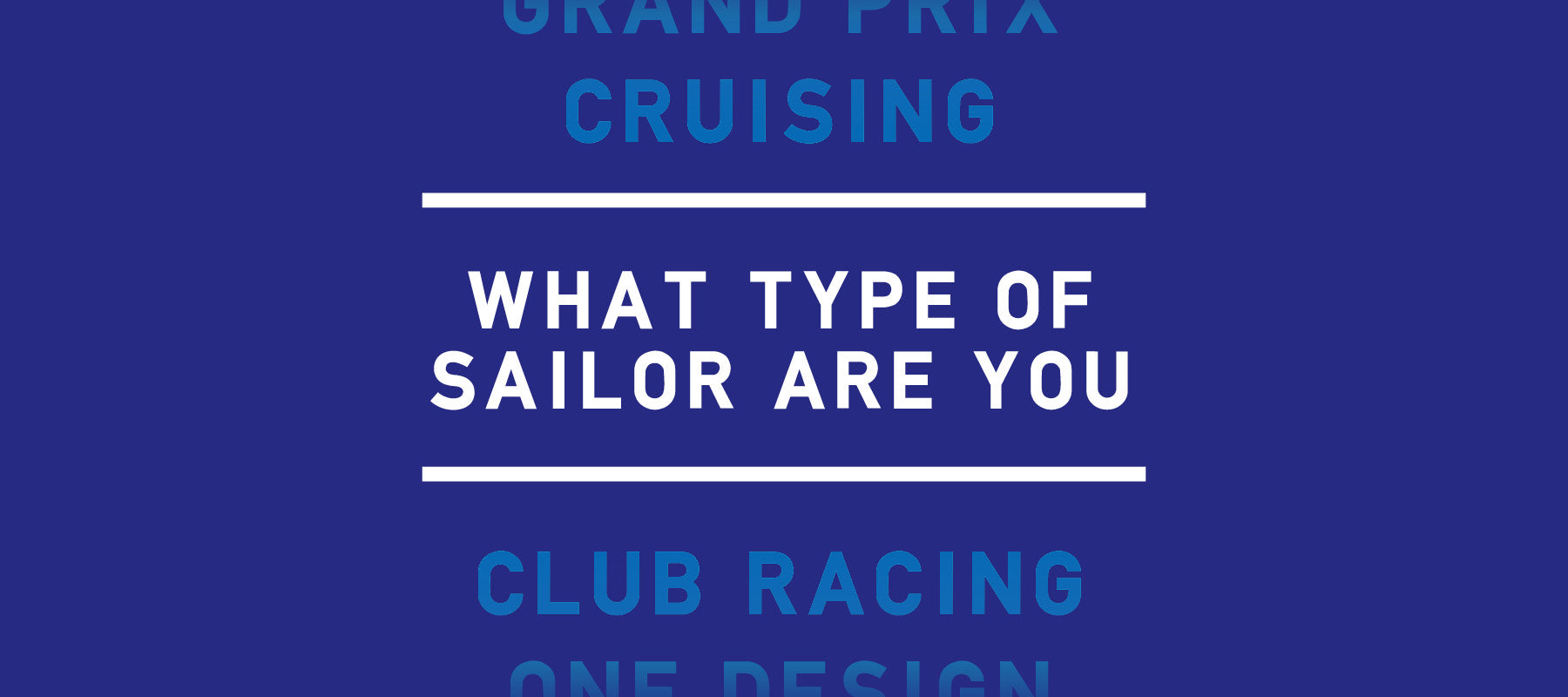
news
NAVIGATE MATERIAL OPTIONS WITH SAIL FINDER
A NEW WAY TO NAVIGATE SAIL CHOICES
North Sails Introduces an Interactive Sail Finder to Pair Sailors With Their Ideal Material Match
Do you race, cruise or do both? North Sails offers a broad range of sail materials to meet a wide variety of needs. This can make navigating sail material choices daunting. Depending on whether you are racing around the buoys on a summer evening, racing offshore, or competing at a world championship, your sail requirements will vary. The same is true for cruisers. You may be enjoying an hour-long daysail or spending a year exploring the South Pacific. Either way, making the right sail choice is important.
What if you race and cruise? We offer crossover sail materials for dual purpose use as well. We’d like to introduce you to our new interactive sail finder which will help you find the ideal match for your type of sailing.
Find Your Sail
READ MORE
READ MORE
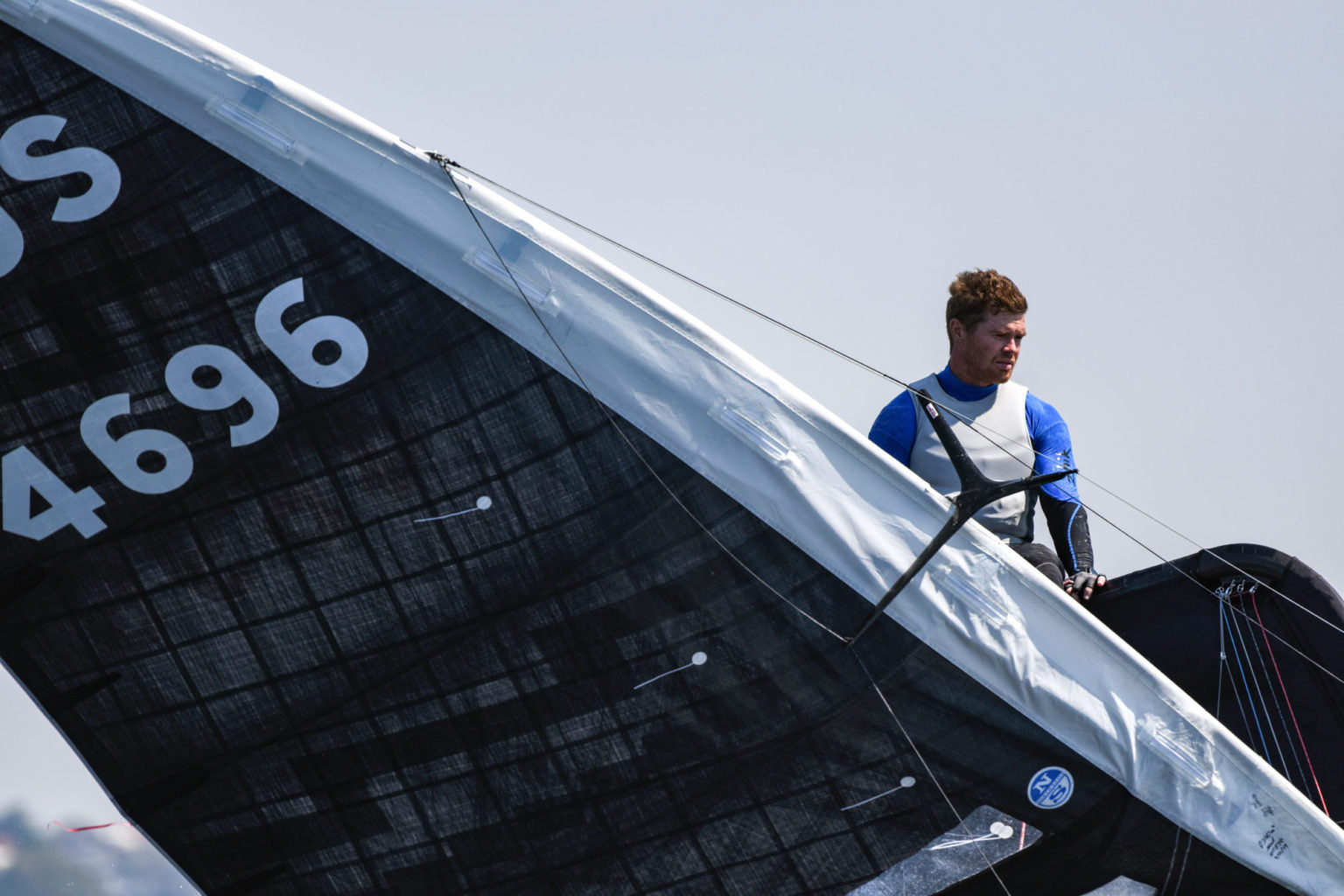
news
RIGGING & TUNING FOR THE 9DSXR MOTH MAINSAIL
RIGGING & TUNING THE NEW MOTH 9DSXR
Featuring Rob Greenhalgh & World Champion Tom Slingsby
Rob Greenhalgh has won National and European titles in the International Moth Class and serves as the North Sails Moth Class Leader. For the newest member of the fleet, to the seasoned champion trying the 9DSX for the first time, Greenhalgh is a wealth of knowledge when it comes to putting the Moth together, and to its highest performance on the water. Follow along as Rob unpacks, rigs, and de-rigs the 9DSX, to learn every detail of caring for your new Moth sail.
Moth World Champion Tom Slingsby dominated the 2019 Moth Worlds with the new North Sails 9DSX Decksweeper, engineered to push the limits on speed and durability for maximum performance on the racecourse. Tune-in, as the world champion, gives a master-class on tuning the Moth, taking sailors step-by-step through his tips. Learn the technical details behind the fiery competitor that make Slingsby nearly unstoppable in the Moth class. Buckle up and get ready for take-off.
Have questions about Moth sails or how to rig for speed? Contact Rob for more information.
READ MORE
READ MORE
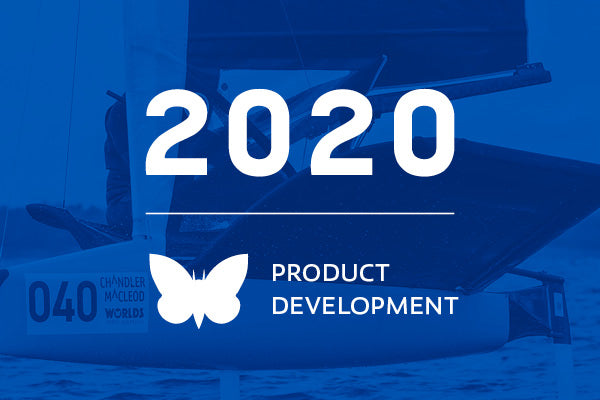
news
NORTH SAILS INTRODUCES THE INTERNATIONAL MOTH CLASS 9DSX DECKSWEEPER
INTRODUCING THE INTERNATIONAL MOTH CLASS 9DSX DECKSWEEPER MAINSAIL
An Efficient, Aerodynamic Design With A World Champion Pedigree
North Sails proudly launches the 9DSX Moth mainsail range for the 2020 season. Incorporating on-the-water feedback from the 2019 Moth World Championship, the 9DSX is North’s fastest Moth sail to date, as proven by Tom Slingsby, who used the latest North design at the Worlds.
“The 9DSX is having the most significant impact on the Moth class right now, explains North Moth Class Leader Rob Greenhalgh. “North Sails has been at the forefront of Decksweeper development over the last year, and are committed to being a step ahead and continuing to deliver the fastest Moth sails.”
Made of 3Di RAW, the 9DSX is incredibly strong for its weight, delivering an extremely stable sail capable of handling high loads. Engineered for its application, this 3Di mainsail is durable yet remarkably fast across the wind range. Sail designer Ruairidh Scott was diligent in optimizing the deck sweeping capabilities and sail area under the Moth class rules. The increased decksweeper section maximizes the endplate effect and increases overall sail efficiency by reducing aero-drag.
“We took the successful Vi-8DSX design and evolved the sail for 2020 based on the feedback from the 2019 Worlds,” comments North sail designer Ruairidh Scott. “If you’re looking to build a better product, a World Championship win is an excellent place to start.
Also available with a reduced overall area, the 9DSXR option is ideal all-purpose sail for lighter weight sailors, or suitable for heavier sailors in big air.
SHOP MOTH SAILS
READ MORE
READ MORE
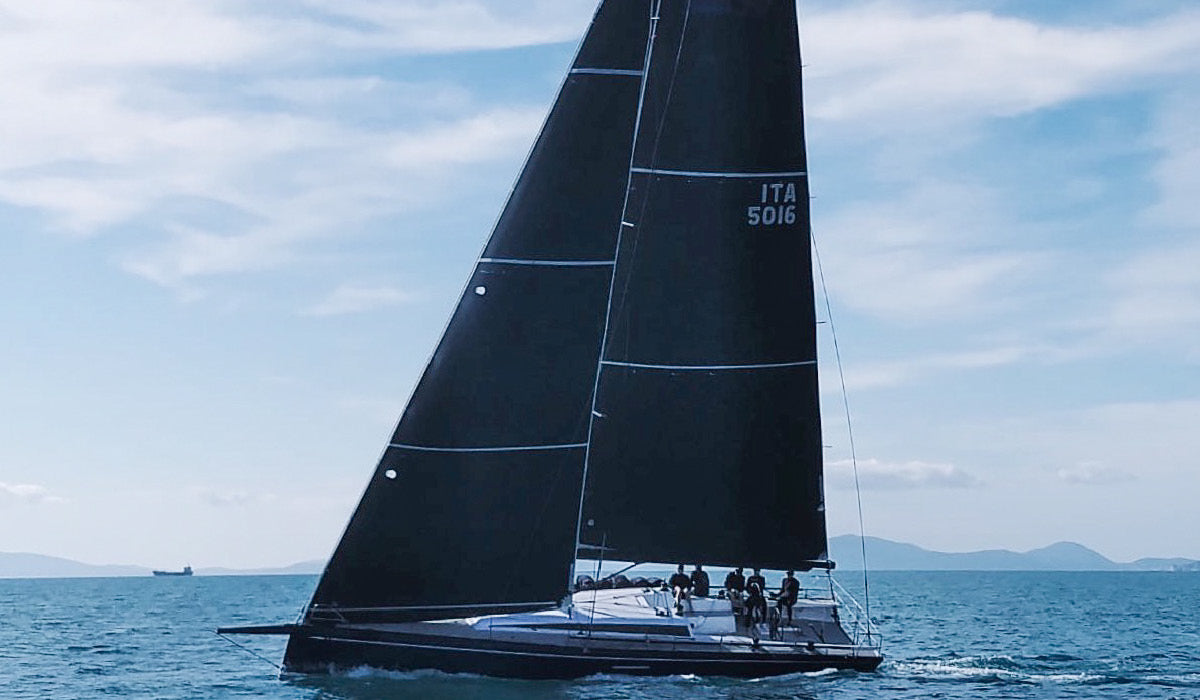
news
CLUBSWAN 50 WINTER TRAINING IN ITALY
CLUBSWAN 50 WINTER TRAINING IN ITALY
Experts Help New Clients Prepare for the Season Ahead
Last weekend, North Sails ClubSwan 50 experts hosted a clinic for two new teams in Scarlino, Italy. Conditions were perfect for practicing the basics, with 7-12 TWS. Expert Giulio Desiderato coached from the RIB, providing tips and feedback that helped build confidence. Sail experts Alessio Razeto and Andrea Casale each sailed onboard a boat, trimming and discussing tactics. Tuning discussions helped trimmers set reference points to figure out the best sail trim and make small adjustments to improve straight-line speed.
“Working together is key on the 50-footer,” said Giulio, “so the primary focus was to keep everyone communicating on what was happening with rig adjustments, and how to tune the rig correctly with given conditions. From there, each maneuver was broken down into steps to show how overall boat speed was affected.”
Each day the group set specific goals before going on the water. Teams started out focusing on starts and crew work; once sailors became more comfortable on the boat and in their crew positions, jibes and tacks were fine-tuned. After sailing, video and photos were reviewed to show the day’s highlights.
Both Hatari and Giuliana sported 3Di 870 and 3Di 780. Mainsail and leech twist, mast sag, and traveler positioning were all part of the onboard tuning discussions. Alessio is also a Swan 42 expert, and he commented on the significant differences between the 42 and the 50: “I have extended my focus from the 42 to the 50 to help manage the jib blocks and double backstay set-up. Jibes are a bit different, too, as the gennaker is much larger.
“Throughout the clinic, we improved a lot,” Alessio said. “One thing I noticed with the other team is that they have a strong team that is already competitive, and we could have more in-depth discussions about sail trim. Everyone has their way of trimming, and it was good to compare and contrast the differences and how the outcomes varied.”
Coaching from the sidelines, Giulio collected photos, videos, advanced sail analysis, and computer assisted design to check sail shapes and how they related to mast tuning. “One team was more focused on tuning, so they matched our output with the telemetry of their boat to analyze further according to performance. The second team was more focused on boat handling aspects, like timing the starting line so they could get comfortable with the boat and what it required to get up to full speed.”
Both teams, he said, improved throughout the training, “and as they progressed, the differences in their boat speeds got smaller. Maneuvers on the starting line, and time on distance practice was key. Each team had their own goals, and I think we were able to help them achieve them during our time spent on the water.”
“Clinics like this are a great opportunity to improve and prepare for the season,” Giulio explained. “It’s all about giving our clients the information and tools so they can perform their best. It’s not always about service and commercial aspects, it’s about working as one team and staying involved with the class and the sailors to help them achieve their goals.
“It’s also fun,” Giulio added. “I like to share what I am seeing, and I try to offer different points of view. We had talented sailors on each boat, and it gave everyone a chance to grow and learn from each other.”
Alessio agreed about onboard talent. “This season, the ClubSwan 50 fleet will include many experienced sailors who want to compete against 18-20 larger one designs. I believe this will be the beginning of the greatest circuit in the last ten years.”
READ MORE
READ MORE

news
WHAT ARE THE BEST SAILS FOR CLUB RACING?
For some sailors, “club racing” means a casual jib-and-main evening race aboard a well-stocked cruising boat carrying roller furlers and its anchor and chain in the bow.
READ MORE
READ MORE
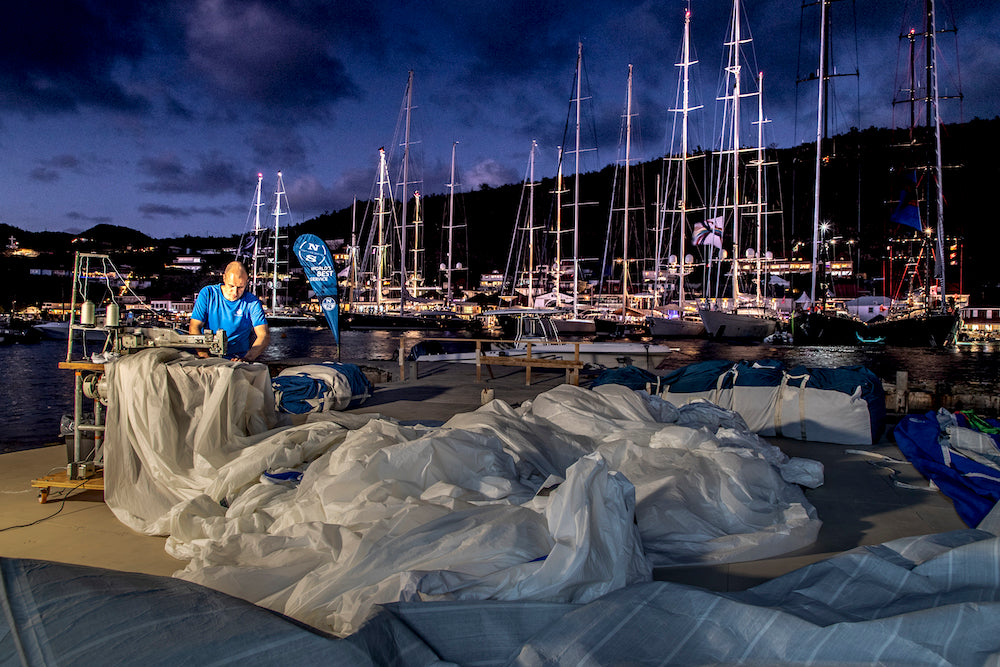
news
2020 SUPERYACHT EVENT SERVICE SCHEDULE
NORTH SAILS 2020 SUPERYACHT EVENT SERVICE SCHEDULE
Regatta Repair and Support On The Global Race Circuit
North Sails Certified Service gives Superyacht crews and boat owners the benefits and convenience of experience through a global network of sail lofts and Regatta Repair pop-up lofts. With unparalleled experts, technology and 14 dedicated Superyacht service lofts across five continents, North Sails is uniquely positioned to handle the logistical needs to repair Superyacht sails.
There are 10 regattas on the 2020 global Superyacht racing circuit where North Sails is equipped for overnight repairs. Our team of service experts will be onsite to offer an easy and accessible solution for all boats competing. See the event list below for specific dates and locations.
Beyond the 2020 season, the North Sails team in New Zealand is ready to welcome the many Superyachts who will travel to Auckland for the 36th America’s Cup. Our team of sales and service experts is available to support you with all your Superyacht service needs.
READ MORE
READ MORE
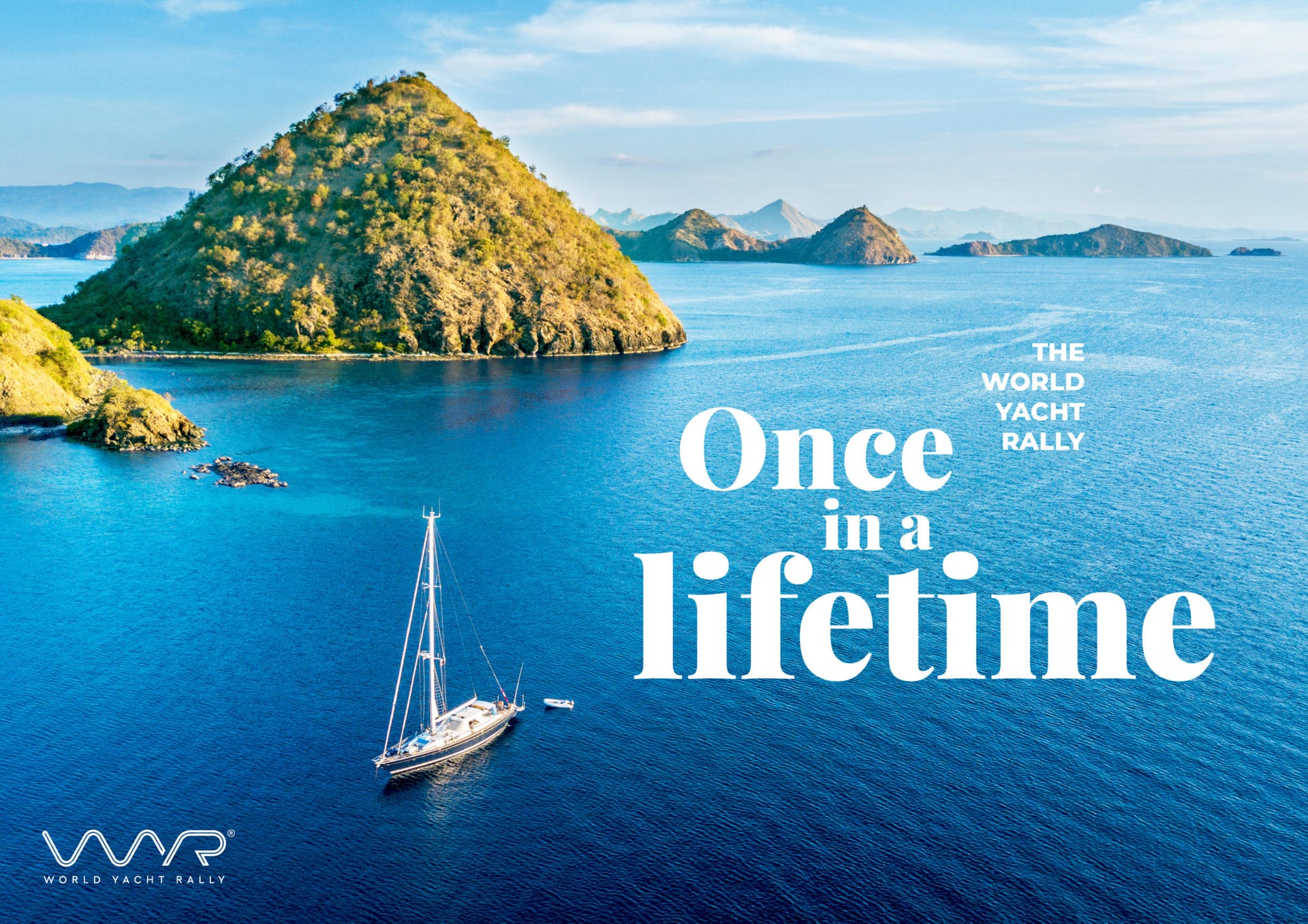
news
REGISTRATION IS OPEN FOR THE WORLD YACHT RALLY
NORTH SAILS IS A TECHNICAL PARTNER TO THE WORLD YACHT RALLY
Registration is Open for an Exciting New Cruising Rally Concept
North Sails is excited to partner with the World Yacht Rally to bring a new concept cruising rally to life. Developed by Volvo Ocean Race shore team veterans, the World Yacht Rally aims to bring the best of professional race team support and route planning to the participating cruising yachts. North Sails is signed onto the rally as a Technical Partner to provide race participants with unmatched sail care through the almost 40,000-mile route.
Set to start in Alicante, Spain, the World Yacht Rally is a seventeen stop, two and a half year adventure for cruising boats 50’ and above. There are two slots open to begin the rally; November 2020 and November 2021. Participation is limited to 30 yachts and, the rally entry fee includes weather routing, security assessment, berthing, medical support, safety training, administrative support, social events and the yacht service support needed to sail around the world worry-free. Participants will also have the option to access the World Yacht Rally crew pool of professional sailors, charter their vessel for legs and benefit from logistics, travel and supply support from the rally organizers.
Commenting on the partnership, Nick Bice of the World Yacht Rally, “Having worked alongside North Sails for many years during our Volvo Ocean Race days, there is no better solution to cover all the bases when setting out on such an adventure. Built on a foundation of Grand Prix sailing, North Sails is a fantastic addition to the professional level of service the World Yacht Rally is aiming to deliver.”
North Sails President Ken Read concluded, “Like the rally management team, North Sails has experience helping sailors get around the world safely. The World Yacht Rally is an exciting concept for our company as we now have an opportunity to show our offshore experience to a new and important group of sailors. Many people in the sailing world know North Sails as a racing company, and the same reliability and sailor support we provide for racers are the same requirements cruising sailors need to make their passages safe and enjoyable. The World Yacht Rally concept is unique in that the level of support participants will receive through their experience is unlike any cruising rally to date.”
Learn more about how to register for the World Yacht Rally.
About the World Yacht Rally:
The World Yacht Rally is a once in a lifetime adventure taking you to breathtaking locations and several impressive metropolises. An adventure in which you are supported and where you can take the time to enjoy and explore each location you cruise to. An adventure where you’ll meet new cultures, new friends and finally get to fulfill that dream – sailing round the world.
We provide the support to ensure you have everything you need to sail safely, comfortably and as worry-free as possible. Each of our team has worked as part of the Volvo Ocean Race – running the Boatyard, directing all on water-matters, managing race teams or preparing stops. We were responsible for providing all of the support elements we offer as part of the WYR to the best ocean sailors in the world and know what to expect from a circumnavigation, how to prepare for it and handle the unexpected.
READ MORE
READ MORE

news
INTRODUCING THE J-7 ALL-PURPOSE STAR CLASS JIB
Introducing The J-7 All-Purpose Star Class Jib
North Sails Expands Sail Inventory for Those Looking for Maximum Power
North Sails, the world leader in One Design, has added a new all-purpose jib to their inventory for the Star Class. The new sail is available now and can be delivered before the Bacardi Cup, a staple to the Star Class winter sailing schedule.
New for 2020, the J-7 is a powerful all-purpose jib for teams looking for maximum performance; this sail particularly excels in chop. The first J-7 was built over the summer and has been extensively tested, tuned and proven to deliver results throughout the development phase. A progressed design of the popular J-6 jib, this new sail utilizes a full radial panel layout for low stretch and maximum durability. North class sail designers added an entry angle down low for boats with stiffer masts and forestays.
“North Star sails enjoyed great success in 2019 and the J-7 is our first new class sail of 2020,” remarks North Sails class leader Eric Doyle. “The design brief for this was to develop a product which gives the boat plenty of power, while still being easy to trim and steer to. The J-7 is targeted towards lighter air, bumpy conditions but excels across a wide wind range. Our biggest takeaway from the R&D trial is the jib is durable and very fast throughout the range, traits our customers will quickly notice.”
Learn more about North Sails on our Star Class page.
READ MORE
READ MORE
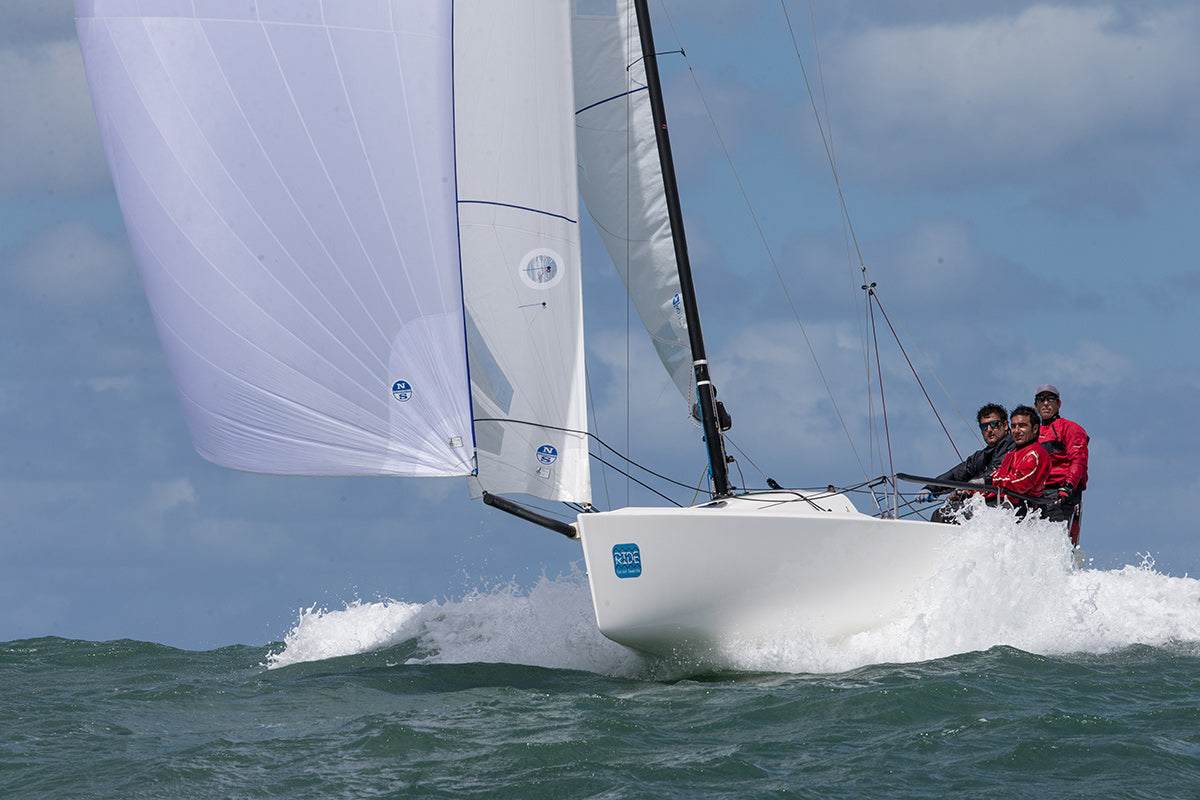
news
CLINIC DE J70 EN VIGO
Los próximos 17 y 18 de Enero, nuestros expertos en One Design Hugo Rocha y Nacho Braquehais, impartirán un clinic de J70 en el RCN de Vigo.
READ MORE
READ MORE
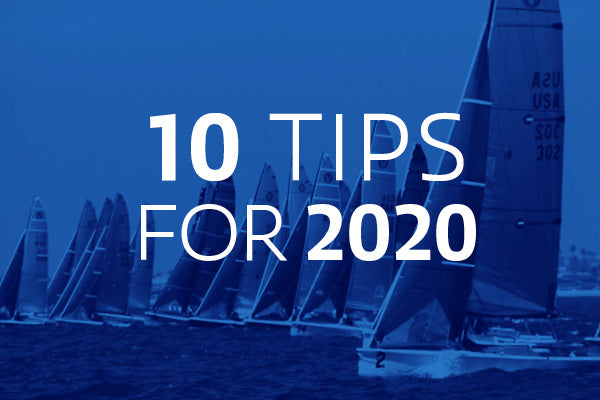
news
10 Tips for Winning in 2020
10 TIPS FOR WINNING IN 2020
Accelerate Your Race Results This New Year
Are you looking to improve your racing results this year? To help jumpstart your best sailing season yet, we’ve put together 10 favorite tips from our fast-growing collection of how-to articles. At North Sails, we are constantly pushing to learn and improve and #gobeyond. Let us know how we can help your racing program succeed and your performance improve in 2020!
Interested in more local knowledge articles?
Visit our How To page to find more.
Have questions about tuning or sail trim?
Contact your local expert today.
READ MORE
READ MORE
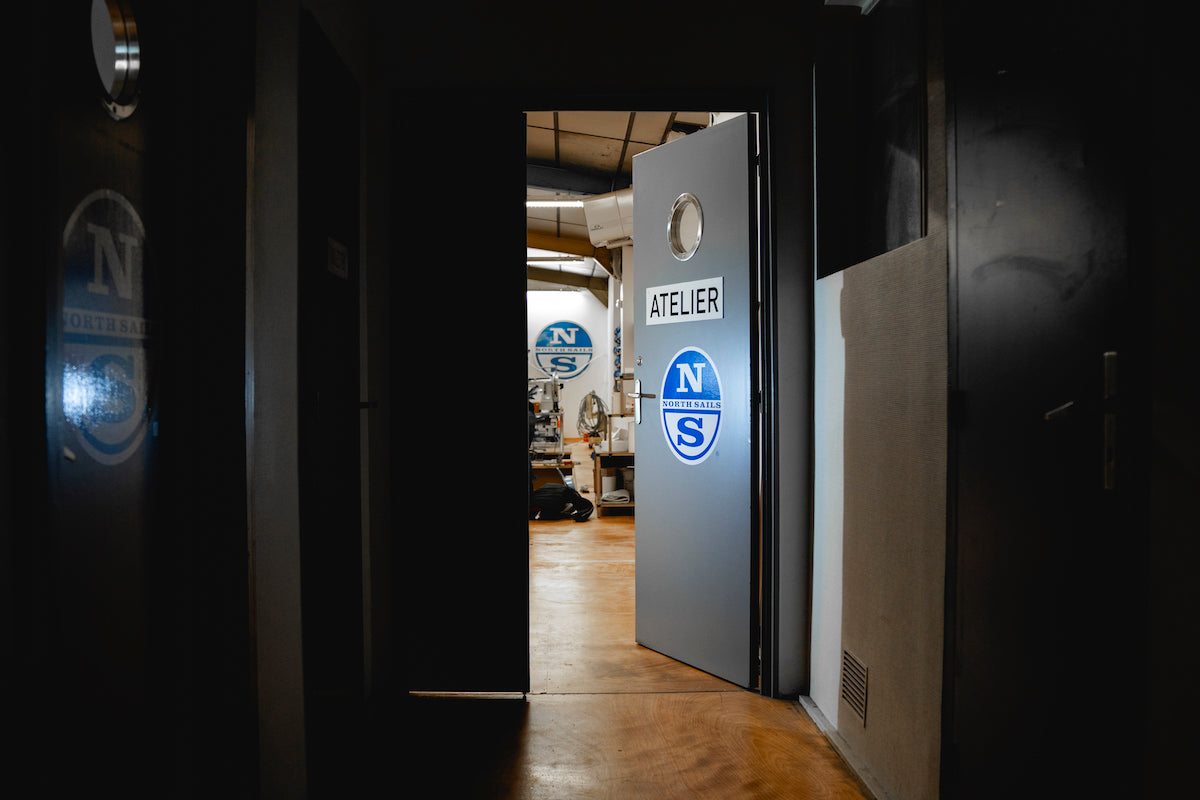
news
NORTH SAILS IS OPEN IN LORIENT
NORTH SAILS IS OPEN IN LORIENT
Our French Team Welcomes Friends to New Loft in Lorient La Base
On Wednesday evening, Gautier Sergent, Director of North Sails France, and Phillip Touet, General Manager of North Sails France, joined the local North team in welcoming guests to our new facility in Lorient La Base. Nearly 150 people, including many well-known names from the French sailing community, celebrated the opening of this new sales and service site, right in the heart of offshore racing. Among the guests were team members from Charal, Gitana, PRB and Sodebo. Also present was Victor Tonnerre, mayor of Larmor-Plage and founder of Tonnerre Voilerie. The new North loft now occupies the same location where Tonnerre built his business.
The loft features a new 500m² service floor purpose-built to meet the needs of sailing teams. It also has office space and a 50m² meeting room to house technical experts, sail designers, and industry-leading R&D specialists.
Our long-standing Vannes loft will remain the French production site for North Sails, as well as continuing to provide regional customer service. Thibaut Agaugue will be in charge of service in both locations.
Gautier Sergent, Director of North Sails France and Head of R&D
We have been looking to have a base at La Base in Lorient for a few years now. We wanted to do it right and had a few boxes to tick. Our new loft is ideal and will be a fantastic tool to bring us closer to our customers and partners, and encourages even better collaboration.
We had a great turnout at our opening. When standing in front of the guests to say a few welcome words, I realized how much talent and potential there was in the room; all very key people in the sailing scene far beyond this “Sailing Valley” known for its innovation.
What a great relationship we have with all these people; our customers, our own team, our partners, local representatives, many who I call friends. Going beyond is a motto we stand by at North Sails, and this loft is yet another great tool at our fingertips.
Franck Cammas, Skipper, Edmond de Rothschild
“The arrival of North Sails France in Lorient La Base is significant for our team, especially quick access to the design office with whom we spend a lot of time exchanging ideas. Even if our mainsails cannot be modified here, we will still be able to use the local service for minor modifications and smaller sails.”
Victor Tonnerre, Mayor of Larmor-Plage and Founder of the Sailmaker Tonnerre Voilerie
“It’s an honour for us to welcome international sailmaker North Sails to Lorient. My friends, many of whom are present tonight, must be proud. I used to run my company in this same location. Tonnerre means thunder, and I know that today with North Sails, it is going to hit like thunder!
Yann Penfornis, Managing Director, Multiplast
“The North Sails presence in Lorient makes perfect sense. The loft location provides an opportunity for the North team to work more closely with its customers.”
Carole Bourlon, Head of the Eurolarge Innovation program at Bretagne Développement Innovation
“The choice of Lorient as a complement to Vannes was an obvious choice for North Sails.”
READ MORE
READ MORE
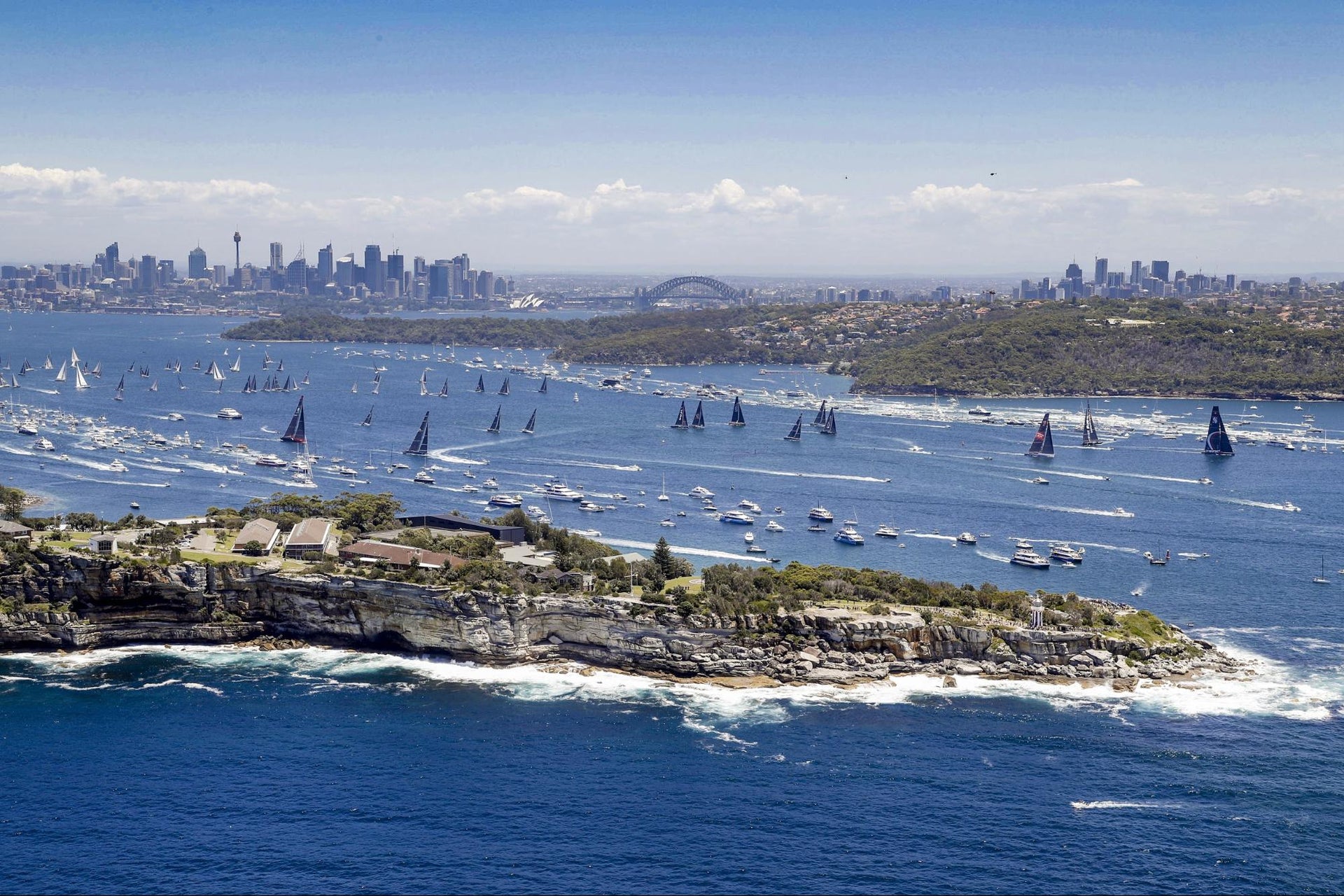
news
ROLEX SYDNEY HOBART YACHT RACE PREVIEW
ROLEX SYDNEY TO HOBART YACHT RACE PREVIEW
Gearing Up for the 75th Edition
📸 Carlo Borlenghi
With more than 160 boats registered and more than 1,000 crew members ready to take on the iconic 628nm offshore sprint from Sydney to Hobart, excitement is now spilling onto the docks as we count down the last few days before the start of the race (December 26, 1:00 pm local time). This race is watched by sailors all over the world, because it’s a true test of ability and perseverance. See how you can follow the race below.
Boats we’re following
Line honours contestants Wild Oats and BlackJack will be going head to head with Scallywag. In the ORC fleet, Matt Allen’s TP52 Ichi Ban took 5th place last year and won overall in 2017, so she’s another contender for the overall regatta win. Expect a battle with Barry Cuneo’s Envy Scooters, which last year was put together in haste and this year will include several young guns in the crew aiming to be the Tattersall Cup winners. Christian Beck’s InfoTrack*, Noel Cornish’s St Jude, Paul Buchholz’s Extasea, and Frederic Puzin’s Daquet (previously Patrice) are all expected to do well in their respective fleets. Additional clients of interest include Keiran and Elizabeth Mulcahy’s King 40 Soozal. Soozal had a refit in November and will be joined by three additional family members for the race to Hobart. Mark Hipgrave’s short-handed experienced crew onboard Jeanneau SunFast 3600 Mister Lucky shows a lot of potential. Helmed by Deb Fish, her goal is to be the top female to cross the finish line.
Katwinchar, built in 1904, will be the oldest boat ever to compete in the Rolex Sydney to Hobart. Over the last two years, owner Bill Barry-Cotter has rebuilt this 32-footer, and along with his team of Murray Spence, Michael Spie, and Kendal Barry-Cotter, he’s ready to race. We look forward to seeing this Corinthian team cross the finish line in Hobart.
Weather predictions
The last few races have rewarded boats that thrive off the wind. North expert and Sydney local Alby Pratt says, “we’re overdue for an upwind race, so anything can happen!” If the fleet does see tighter sheeting angles, Scallywag, BlackJack, and Quest will all have the chance to extend on the fleet thanks to their North Helix Code Sails.
This year’s race forecasting has been complicated by Sydney’s ring of brush fires, which reduced visibility so much on Sydney Harbour that the Big Boat Challenge was cancelled. Fire alarms have been triggered in homes and buildings downtown, and ferries cancelled. Despite ongoing concerns, the Bureau of Meteorology indicates that conditions for the start should be clear, with a north-northeast wind that builds and shifts south. This will make the start a battle of crewwork—who can pull of the smoothest transitions. There is no way to predict what exactly will be the outcome, but some can hope that conditions may give the smaller yachts in the race a chance to shine.
While once the ‘holy grail’ for racing from Sydney to Hobart was to complete the course in less than two days, this year the record to beat is one day, 9 hours, 15 minutes, and 24 seconds. Along with you, we’ll be tracking the fleet’s progress. Good luck to all!
How to follow
Be at the epicenter of the main event. Race villages are set up in Sydney and in Hobart to catch the beginning and the end of the race
Australia’s Local Network 7 News will be broadcasting a 90 minute program starting at 12:30 AEST on Boxing Day. Tune in!
If you are not in AEST, check for live news announcements at www.RolexSydneyHobart.com.
Track the entire fleet, or just one boat. See how fast different teams are sailing and how far they have to go to the finish line using the fleet tracker app.
If you’ve got a boat, get out on the water for a front row seat to all the action. Just remember to stay clear of the exclusion zone.
Want to participate in the race, but from the comfort of your own home? Compete with Virtual Race! Sign up to compete here.
READ MORE
READ MORE
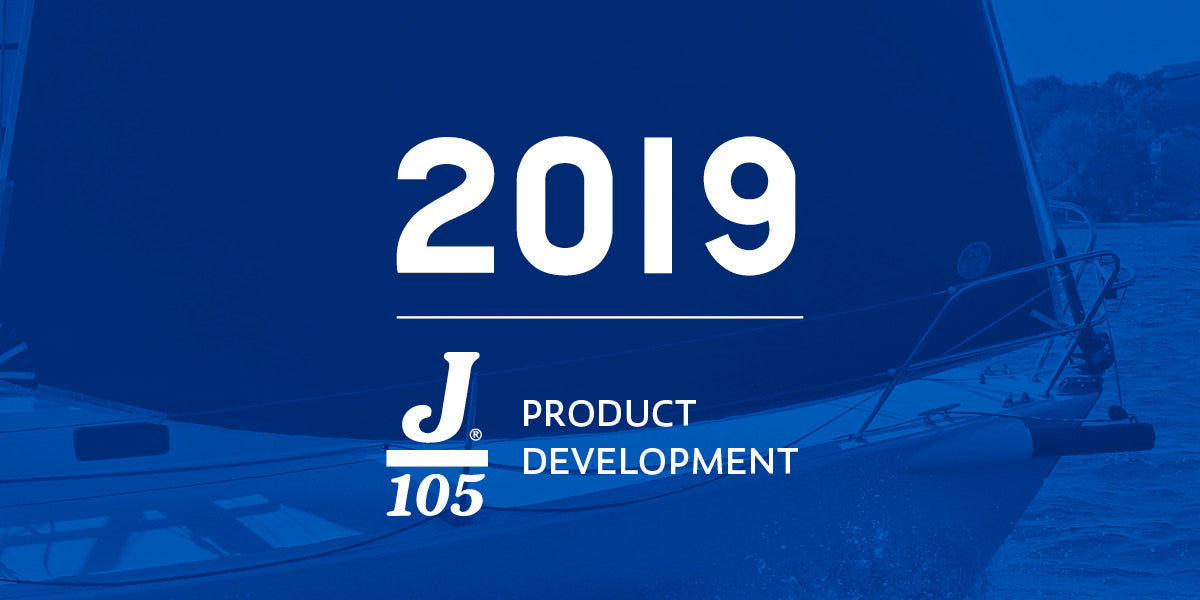
news
NORTH SAILS RELEASE NEW JIBS TO MEET J/105 LATEST CLASS WEIGHT RULES
NORTH SAILS RELEASE NEW JIBS TO MEET J/105 LATEST CLASS WEIGHT RULES
New Lighter Sails Retain Market-leading Durability, Shape Holding And Performance
North Sails have released new 3Di jibs for the J/105, updating the popular Mi-4 to the Mi-5 and the Li-5 to the Li-6 to meet the new weight rules set by the class. The new designs continue to offer unparalleled durability, speed and range as a result of North’s unique 3Di technology.
Allan Terhune, the J/105 Class Expert with North Sails in Annapolis MD, added, “The new Mi-5 and Li-6 jibs are now really right in the wheelhouse of peak performance, as we were arguably previously over-building them before to meet the weight requirements. But with the new minimum weight, these sails are really coming into their own.”
Sail designer Rich Bowen added, “The designs remain the current standard and the previous sails had some parasitic features to boost weight to achieve the old class minimum, so updating the finishing and tape layouts has been key to the new sail. The new J/105 jibs are now all 760 RAW, which immediately saved some weight. We were then able to reduce sail structure and still have the strength required to achieve the same flying shape. “Non-standard” edge reinforcements were removed, and we applied appropriate-sized corner rings and webs on the new models.”
J/105 boats racing with North Sails have long benefited from 3Di technology, with no delamination and uncompromised shape retention. North J/105 clients are able to see sustained performance over multiple racing seasons without replacing sails, netting a bigger return on investment and value-for-money.
The J/105 events in 2020 include the popular NOOD Regattas in the Spring in Annapolis MD, San Diego CA and Marblehead MA, as well as the North American Championships in October. In 2019 North Sails clients dominated the North Americans, Midwinter Series, East Coast and NOOD regattas, in one of the strongest results for North powered boats on record. North Sails supports the Class across all key events, with representatives on the ground at regattas offering instructional seminars and helping clients get the most out of their sails.
As the leader in One Design sailmaking, North Sails is offering special pricing for all orders placed by December 31st, 2019.
Contact your local North expert today.
READ MORE
READ MORE
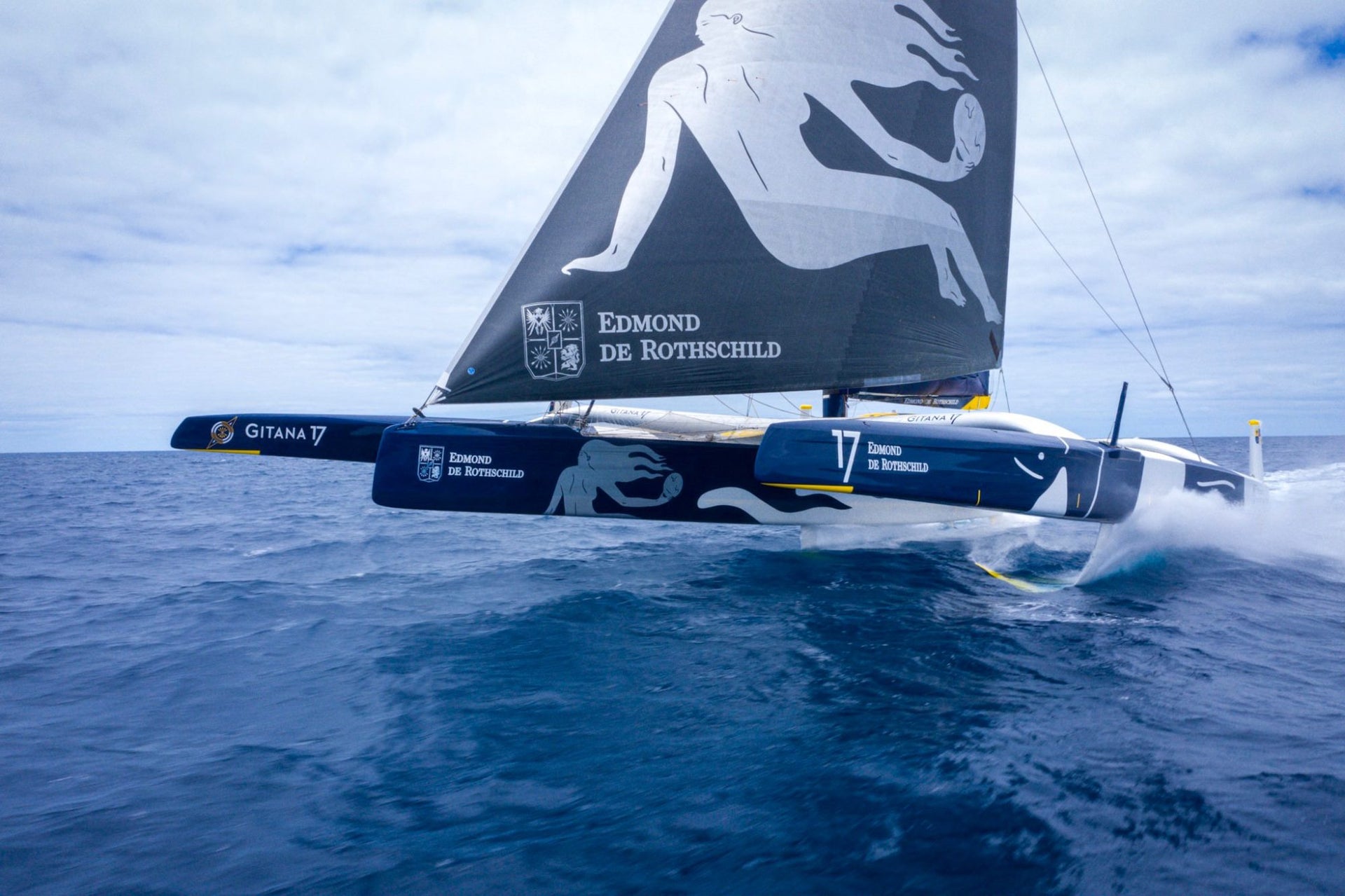
news
NORTH SAILS ARRIVES IN LORIENT
NORTH SAILS ARRIVES IN LORIENT
The Center For Offshore Racing & Technological Innovation
📸 Yann Riou
North Sails has opened a new loft in Lorient, France. The new location will allow the company to welcome a large number of its clients who are based in the “Sailing Valley”, a strategic area in Brittany dedicated to offshore racing and technological innovation.
“Our approach to be in close contact with the leaders in sailing and innovation in the Lorient area perfectly complements the links that we already have with our partners and collaborators who are our neighbors in Vannes,” comments Gautier Sergent, director of North Sails France. “The desire to settle in Lorient has long been a subject of discussion within North Sails,” he continues. “We are pleased that this initiative has finally materialized.”
“Today more than 80% of French offshore skippers, from all classes including mini, Figaro, Class 40, IMOCA, Ultim and more, are present in Lorient,” explained Éric Gallais-Hamonno, production manager with North Sails. “It was clear we needed an outpost there, not only to strengthen the relationships with our existing clients but to also develop our local network and access new markets, such as cruising and local IRC.”
“More than half of the sails that we service at our loft in Vannes are for boat projects based out of Lorient,” adds Thibaut Agaugue, service manager at North Sails. “So it’s a logical evolution. The goal is to better meet the needs of the sailing teams by offering local service and skills, with the added presence of technical-commercial experts and designers. Our presence across this area, including Port-la-Forêt, will simplify logistics and allow us to be even more responsive.”
The North Sails loft has a new 500m² floor dedicated to service (after-sales service, modifications and repairs). “This will allow the floor space in Vannes to manufacture more efficiently and serenely,” says Thibaut.
The Vannes loft will remain the production site for North Sails, and service for customers in the Vannes region. Thibaut Agaugue will be in charge of service in Vannes and Lorient and can be available as needed. The loft in Lorient also has office space and a 50m² meeting room to receive a team of five or six people (service, commercial and design).
READ MORE
READ MORE
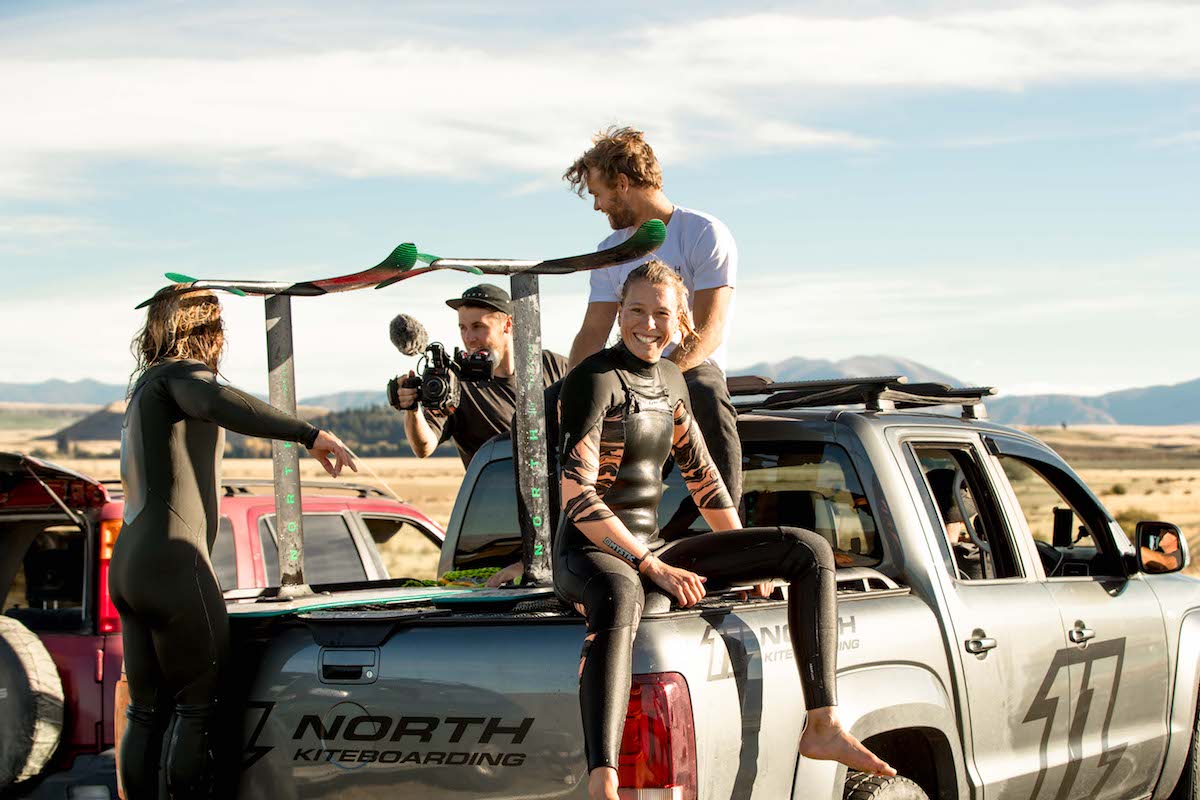
news
NORTH KITEBOARDING | SIGN UP TO WIN!
NORTH KITEBOARDING
Sign Up for our Newsletter Today and Receive a North Hat and Jacket!
At North, we’re for the seekers. The adventurers, the explorers, the freedom-junkies.
Those who are their true selves when they’re at one with the elements.
North Kiteboarding | Enter To Win!
First Name
*
Last Name
*
Email Address
*
Address
Address
Address
Address
City
City
State/Province
State/Province
Zip/Postal
Zip/Postal
Country
Afghanistan
Aland Islands
Albania
Algeria
American Samoa
Andorra
Angola
Anguilla
Antarctica
Antigua and Barbuda
Argentina
Armenia
Aruba
Australia
Austria
Azerbaijan
Bahamas
Bahrain
Bangladesh
Barbados
Belarus
Belgium
Belize
Benin
Bermuda
Bhutan
Bolivia
Bonaire, Sint Eustatius and Saba
Bosnia and Herzegovina
Botswana
Bouvet Island
Brazil
British Indian Ocean Territory
Brunei
Bulgaria
Burkina Faso
Burundi
Côte d'Ivoire
Cambodia
Cameroon
Canada
Cape Verde
Cayman Islands
Central African Republic
Chad
Chile
China
Christmas Island
Cocos (Keeling) Islands
Colombia
Comoros
Congo
Cook Islands
Costa Rica
Croatia
Cuba
Curacao
Cyprus
Czech Republic
Denmark
Djibouti
Dominica
Dominican Republic
East Timor
Ecuador
Egypt
El Salvador
Equatorial Guinea
Eritrea
Estonia
Ethiopia
Falkland Islands (Malvinas)
Faroe Islands
Fiji
Finland
France
French Guiana
French Polynesia
French Southern Territories
Gabon
Gambia
Georgia
Germany
Ghana
Gibraltar
Greece
Greenland
Grenada
Guadeloupe
Guam
Guatemala
Guernsey
Guinea
Guinea-Bissau
Guyana
Haiti
Heard Island and McDonald Islands
Holy See
Honduras
Hong Kong
Hungary
Iceland
India
Indonesia
Iran
Iraq
Ireland
Isle of Man
Israel
Italy
Jamaica
Japan
Jersey
Jordan
Kazakhstan
Kenya
Kiribati
Kosovo
Kuwait
Kyrgyzstan
Laos
Latvia
Lebanon
Lesotho
Liberia
Libya
Liechtenstein
Lithuania
Luxembourg
Macao
Macedonia
Madagascar
Malawi
Malaysia
Maldives
Mali
Malta
Marshall Islands
Martinique
Mauritania
Mauritius
Mayotte
Mexico
Micronesia
Moldova
Monaco
Mongolia
Montenegro
Montserrat
Morocco
Mozambique
Myanmar
Namibia
Nauru
Nepal
Netherlands
New Caledonia
New Zealand
Nicaragua
Niger
Nigeria
Niue
Norfolk Island
North Korea
Northern Mariana Islands
Norway
Oman
Pakistan
Palau
Palestine
Panama
Papua New Guinea
Paraguay
Peru
Philippines
Pitcairn
Poland
Portugal
Puerto Rico
Qatar
Reunion
Romania
Russia
Rwanda
Saint Barthelemy
Saint Helena, Ascension and Tristan da Cunha
Saint Kitts and Nevis
Saint Lucia
Saint Martin (French part)
Saint Pierre and Miquelon
Saint Vincent and the Grenadines
Samoa
San Marino
Sao Tome and Principe
Saudi Arabia
Senegal
Serbia
Seychelles
Sierra Leone
Singapore
Sint Maarten (Dutch part)
Slovakia
Slovenia
Solomon Islands
Somalia
South Africa
South Georgia and the South Sandwich Islands
South Korea
South Sudan
Spain
Sri Lanka
Sudan
Suriname
Svalbard and Jan Mayen
Swaziland
Sweden
Switzerland
Syria
Taiwan
Tajikistan
Tanzania
Thailand
Timor-Leste
Togo
Tokelau
Tonga
Trinidad and Tobago
Tunisia
Turkey
Turkmenistan
Turks and Caicos Islands
Tuvalu
Uganda
Ukraine
United Arab Emirates
United Kingdom
United States
United States Minor Outlying Islands
Uruguay
Uzbekistan
Vanuatu
Vatican City
Venezuela
Vietnam
Virgin Islands, British
Virgin Islands, U.S.
Wallis and Futuna
Western Sahara
Yemen
Zambia
Zimbabwe
Country
Submit
READ MORE
READ MORE
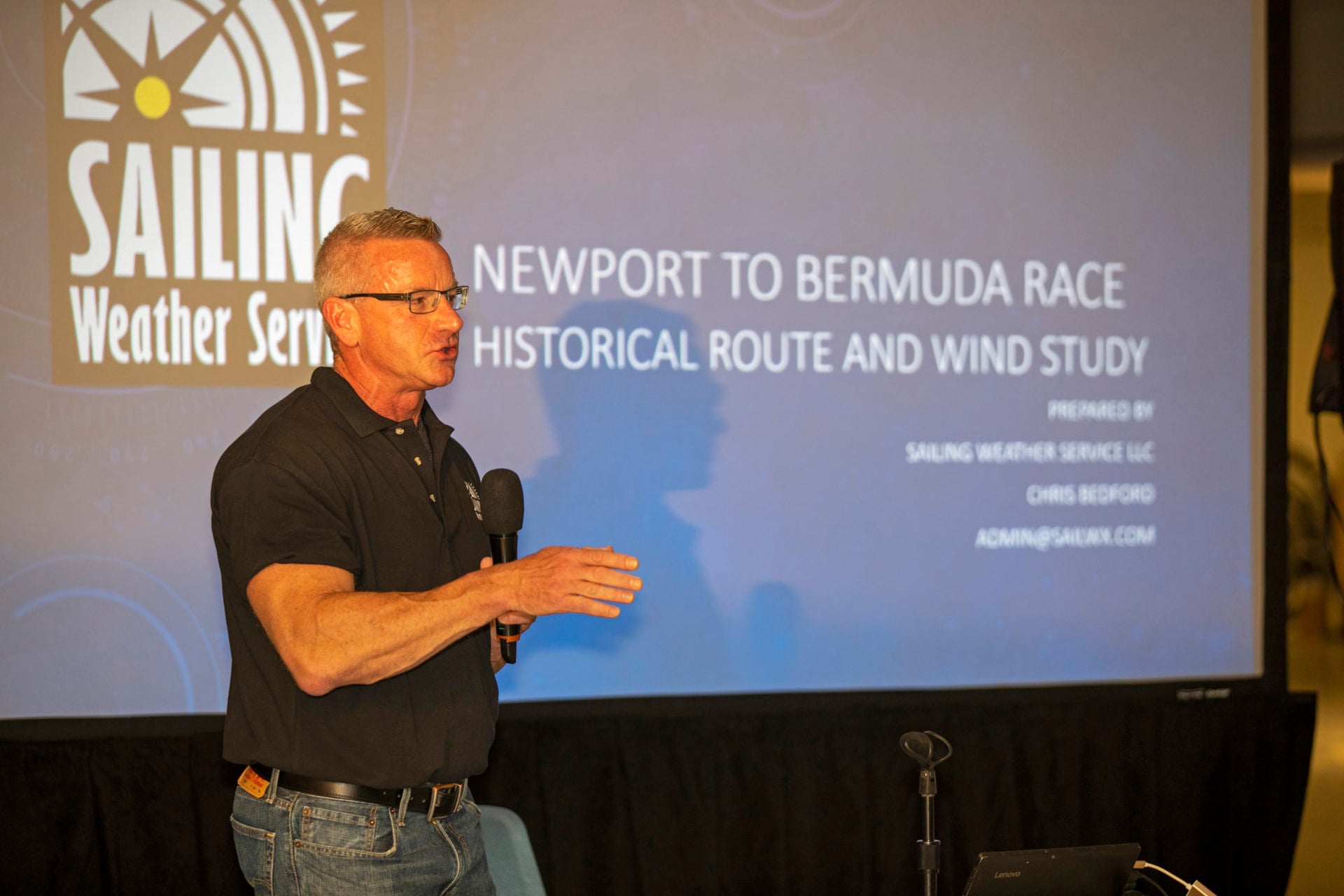
news
METEOROLOGICAL CONSULTING FOR COMPETITIVE SAILING
METEOROLOGICAL CONSULTING FOR COMPETITIVE SAILING
Chris Bedford’s Sailing Weather Service
“Don’t confuse your weather app with a meteorology degree and 30+ years of experience.”
Sailing Weather Service is respected world-wide for the experience and expertise in marine and coastal meteorology provided to the world’s most accomplished and successful sailors. Chief meteorologist Chris Bedford and his team are sought out for their straight-forward, honest, and practical approach to using weather knowledge as a competitive advantage. Join our clients – who range from top-end professional teams including America’s Cup and Volvo racers to local weekend racers – and let us help you and your team maximize your chances of success on the race course.
Services offered include:
Analysis, forecasting and routing for offshore racing
Customized forecasts and briefings for day racing
Live or recorded weather briefings for races or regattas
Bespoke weather training for navigators, decision makers and team members as well as race committees and Organizing Authorities
Historical weather analysis and data to help you plan for future events, design a new yacht or optimize your sail inventory
Global scope—any sailing venue in the world or the open oceans
Contact us at admin@sailwx.com to see how we can help you!
READ MORE
READ MORE
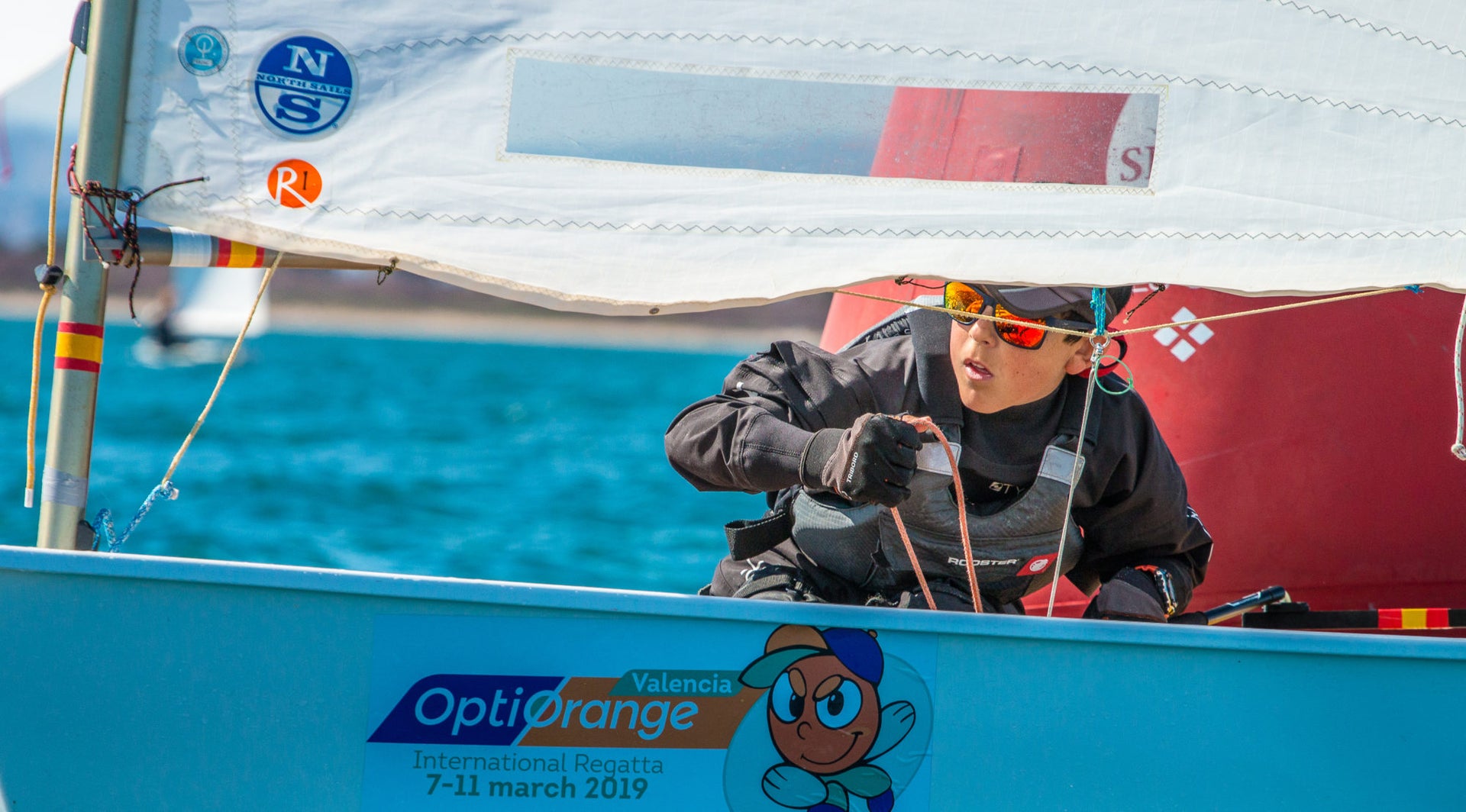
news
GET READY FOR OPTIORANGE VALENCIA 2020
GET READY FOR OPTIORANGE VALENCIA
The Entry List Is Growing! Save The Date.
📸 Denis Razumovich / OptiOrange Regatta
OptiOrange Valencia 2020: the first 130 entries from 16 nations are in!
With less than five months before the start of the OptiOrange Valencia 2020, the entry number has been climbing with 130 young Optimist sailors representing 16 nations signed up and ready to sail! St.Petersburg Yacht Club and the Real Club Náutico de Valencia are expecting even more entries to join in the upcoming months as new event features are announced.
Conceived around three main principles – competition, fun and easy access – the OptiOrange Valencia inaugurated in 2018 with 60+ entries. For the second edition in 2019, the entry list had grown dramatically, with 316 entries from 16 nations. This led to some fine-tuning of the regatta program to make this following year even more fun and competitive.
📸 Denis Razumovich / OptiOrange Regatta
As announced, there will be two race courses for junior and cadet sailors, so all competitors will be racing in their designated division, according to experience level. Just as it was this year in March 2019, the clinics will be a great learning experience as world-famous coaches will be provided for those who want to be better prepared for the 2020 season. For those traveling from far away, the organizing committee will be providing charter boats.
The event also has the lowest entry fee, only 90 Euros (Early bird until February 5th, 2020) and meals will be provided during the regatta. The OptiOrange Valencia Regatta will also provide a free regatta shuttle for those who are staying in downtown Valencia. There will be on the water spectating opportunities for parents and guests wishing to witness the action. Daily prizes will be given, and of course everyone gets unlimited orange juice!
OptiOrange Valencia is taking place March 5th-8th, 2020. There are teams planning to come on March 1st to train ahead of the races. Get your team ready and sign up today!
Event documents and the entry form are now available. Please visit the homepage for more information.
📸 Denis Razumovich / OptiOrange Regatta
📸 Denis Razumovich / OptiOrange Regatta
📸 Denis Razumovich / OptiOrange Regatta
📸 Denis Razumovich / OptiOrange Regatta
READ MORE
READ MORE
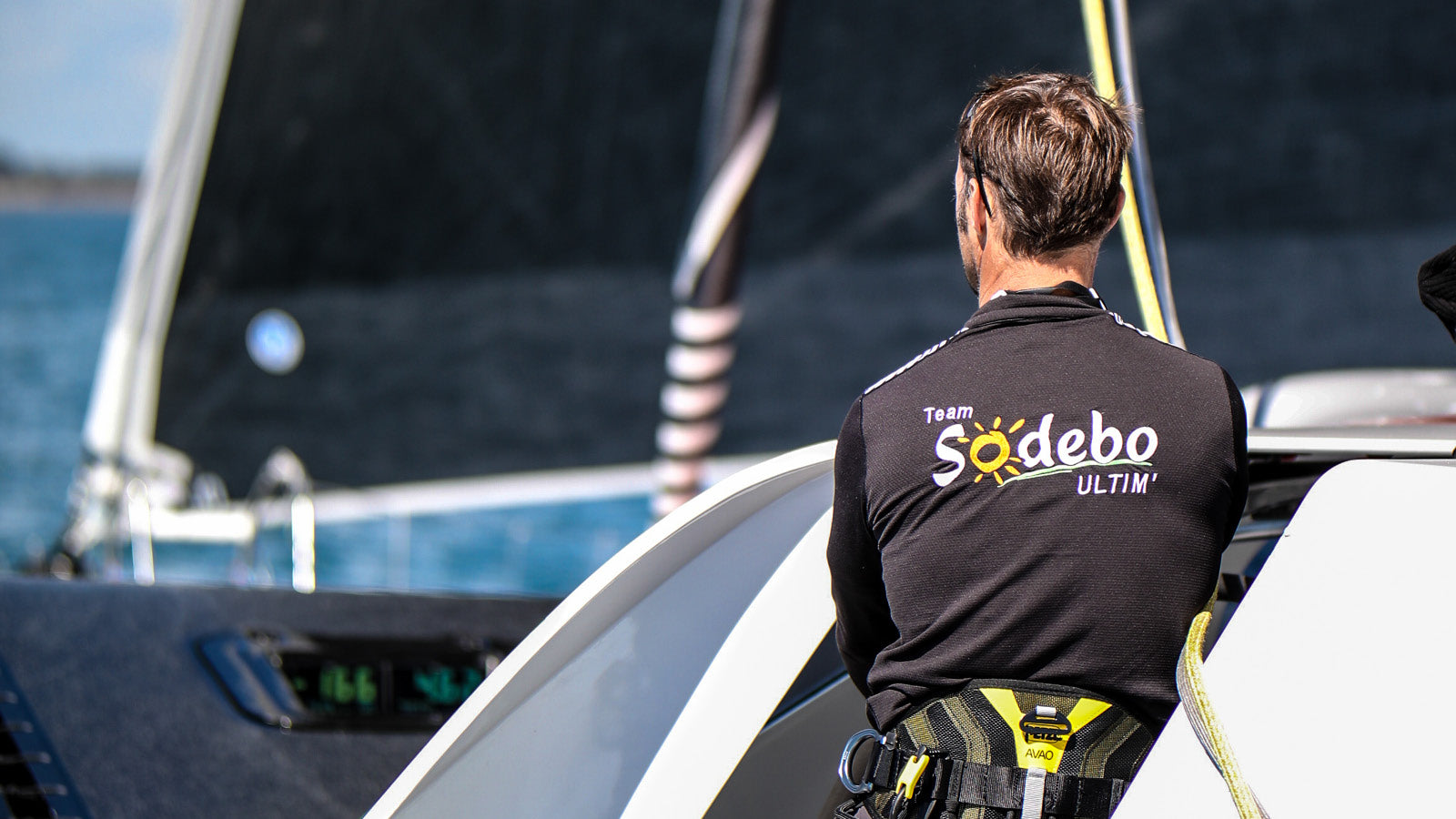
news
A POWERFUL COLLABORATION
A POWERFUL COLLABORATION
Thomas Coville On Working With North Sails
📸 © Fred Morin / Team Sodebo
Four Ultim trimarans set off today in the Brest Atlantiques Race, a 14,000-mile Atlantic Ocean loop beginning and ending in Brittany, France. Amongst the fleet is Thomas Coville who is sailing on Sodebo Ultim 3. Coville, a multi-record holder who has logged more offshore mile than we can count, sat down with us in advance of this offshore challenge to chat about why he only trusts North Sails to help him bring the seemingly unimaginable to life.
READ MORE
READ MORE
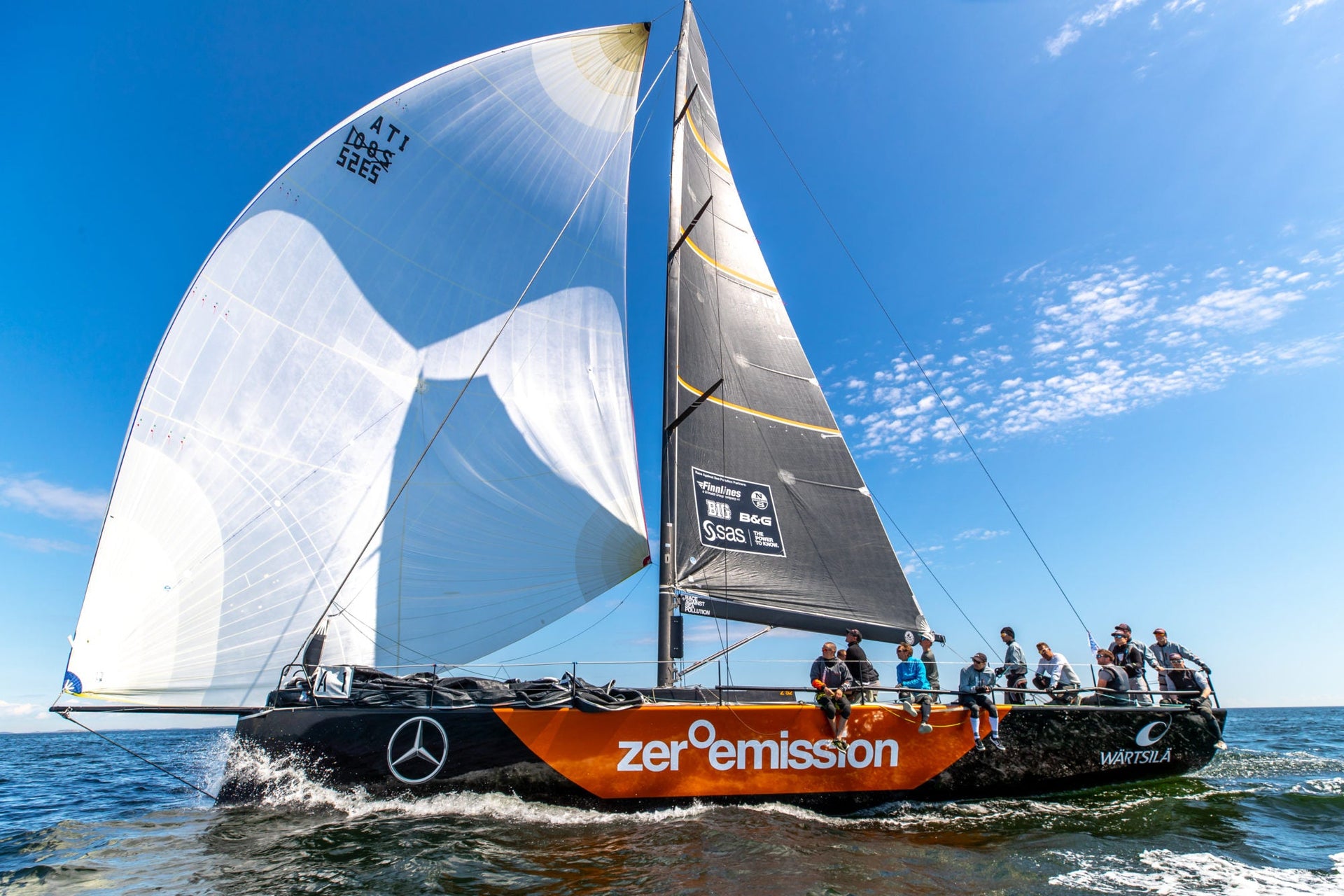
news
NORTH SAILS POWERS ZER°EMISSION PROJECT
NORTH SAILS POWERS ZER°EMISSION PROJECT
Proud Supporters Of A Team Set On Protecting Our Planet
Baltic Offshore Week 2019
North Sails are proud supporters of the Zer°emission project; a project aiming to use the sailing world to influence the cleanliness of the Earth with a particular focus on sea pollution.
The Finnish team began marketing this project in 2018, spurred into action by the realization that we need to start making real actions if we want the next generation to be able to enjoy the planet and climate.
Making up the team is a combination of World Champion one design keelboat sailors and those who sailed onboard the 100ft Maxi Leopard which set the new ARC Atlantic Crossing Record in 2014. In November 2018, the group acquired a modern TP52 which had a complete refit to become ready for the 2019 racing season.
The sailing world is a relevant way to push their sustainable message, not only because everyone in the team is an avid sailor, but because communicating climate and marine emissions through a sport that is powered naturally by the wind seems fitting. As explained by C.E.O. Samuli Leisti, the project chose to partner with North Sails because “it is one of the world’s strongest companies in sailing and we need strong partners to be able to deliver the message and create actions against emissions globally. It soon became clear that we shared the same ideology as North Sails, helped by the fact we have friends at North Sails Finland and Sweden.’’
Working with a diverse range of host cities including Palma, Sydney and St Tropez, Samuli explains that being involved with the biggest events and regattas in the world enhances their visibility: “It was very natural to start from our ‘home’ sea which also happens to be one of the most polluted seas in the world, The Baltic. Working with these cities, we clean up trash onshore and use the Seabin to clean the harbor. These actions alone are not enough, but they are enough to get people’s attention. This year we have met a huge number of people through events, as well as reaching millions through various media channels.’’
The Seabin is a hugely effective way of capturing debris, in fact, the team’s Seabin captures a mind blowing 1.4 tons of trash per year! This is facilitated by the catch bag which can hold up to 20kg before it needs to be emptied. Made from recyclable materials, the bin has a running cost of three dollars per day.
When asked what the highlight of their season was, it could not be whittled down to just one. A very memorable moment for the team was meeting Greta Thunberg who stopped to take a photo with the boat during the ÅF Runt race in Stockholm. Another highlight was after the Hanko Regatta in Finland when the team left the harbour the cleanest they had ever seen it. But their best sailing achievement of the season was finishing second at the ORC Europeans in August. “We arrived a week before the regatta started and worked for over ten hours each day on the boat refit which made the performance of our sails even more crucial. After so many hours of getting the boat in shape, using worn sails just doesn’t make sense. Our North sails have kept us competitive, and we will invest in new North sails to prepare us for next season.’’
Baltic Offshore Week 2019
The team sail with a full North inventory including four mainsails, J0, J4, and storm jib, an A0 and A4 kite and staysail. Their most recent purchase was a 3Di offshore mainsail which fueled them through 50 knots at the ÅF Runt in Sweden where the team finished with an impressive third place.
Sail designer Dave Lenz explains how the design of this offshore mainsail was developed using knowledge from North Sails’ involvement in the TP52 fleet around the world: “Because the boat is an older generation hull racing under the ORC handicap rule, we ran various in-depth size configurations through our TP52 velocity prediction program (VPP) model to stimulate performance in different wind speeds. Using our experience of the TP52 fleet in which we are very developed, we tailored this knowledge to the needs of the Zer°emission project.’’
The boat will move to storage for maintenance over the winter and in February she goes to the Helsinki Boat Show, the biggest show in the Nordics. After this, the 2020 season begins. “Next year,” says Samuli, “we are aiming for even bigger and look forward to racing in the biggest regattas in the Mediterranean, finishing the year sailing the legendary Sydney – Hobart Race in 2020.’’
Karvalakki 2019
Light downwind sailing during Baltic Offshore Week
Bowman, Janne Westerlund
READ MORE
READ MORE
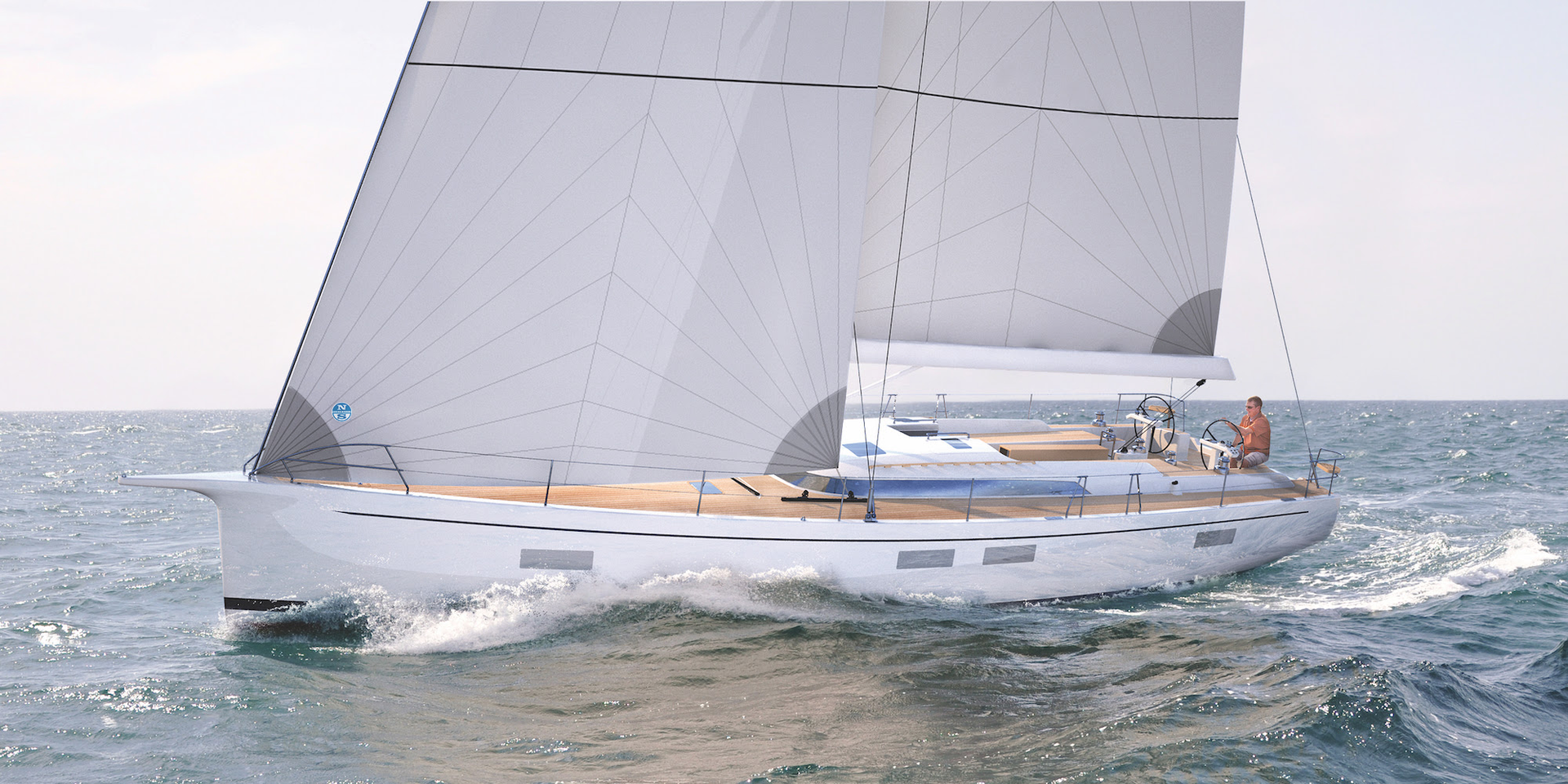
news
HYLAS YACHTS CHOOSES NORTH SAILS AS A PREFERRED SUPPLIER
Luxury Cruising Yacht Builder Picks Industry-Leading Sails to Come as Standard
Hylas Yachts has been building award-winning luxury cruising yachts since 1985. And in a unique new partnership, North Sails will now be the first choice sail supplier for the innovative company. From today, all new Hylas yachts will be marketed with state-of-the-art North sails as part of their base pricing, giving owners the chance to experience best-in-market products for their cruising needs. The world’s leading sailmaker has long been associated with the best builders, regattas and yachts in the world, and after more than 60 years of pushing boundaries, the company has refined the art of producing market-leading cruising sails.
The Hylas 57 and Hylas 60 will be launched in December 2019 and will offer North Sails product line, NPL TOUR as standard. NPL TOUR is an easy-to-handle radial cruising sail, delivering low stretch and a smooth, long-lasting shape that has set the standard as the premium paneled sail for performance-minded coastal & bluewater cruisers. And any client may also choose the option of an additional performance upgrade to a 3Di product.
The family-owned company Hylas Yachts prides itself on ensuring reliable equipment and expert engineering, blended with comfort and style to suit every type of cruising. In a natural step, the partnership with North Sails will help Hylas enhance their customer experience, as no other sailmaker can offer the same range and quality of sail, combined with an unparalleled loft network around the world.
Andy Huang, C.E.O. of Hylas Yachts said: “As our clients have become increasingly knowledgeable and sophisticated we try to align Hylas with those vendors that are best able to meet our demanding business needs as well as the very personal needs of our yacht owners. North Sails have won our trust based on values we hold dear – extraordinary quality, innovation, design and a global reach. What has impressed us most is that North is probably the world’s largest, and arguably best, sail manufacturer yet their dedication to the personalized service our clients receive truly enhances the Hylas ownership experience. We are looking forward to partnering with North Sails as we launch the new Hylas H57 and H60 yachts in 2020.”
Peter Grimm, North Sails Hylas Project Manager, commented: “I have worked with Hylas Yachts for 20 years, and formalizing this partnership with North Sails makes perfect sense. With our familiarity with the Hylas Yachts and owners, expert team of designers and material engineers, combined with our technology and production capabilities, I am confident that North Sails offers the best possible products for every type of cruising needs.”
“The North Sails attention to detail, from design through finishing, gives us the confidence to say our product cannot be matched. And because of the way our sails constructed, each sail we build is meticulous, allowing us to offer ongoing product development over time, as well as make repairs in a way no other sailmaker can. And you don’t have to go back home to do it – any one of our team throughout the North Sails worldwide loft network can make any repairs needed due to the breadth and depth of our global understanding of sails.
Learn More about NPL TOUR
READ MORE
READ MORE
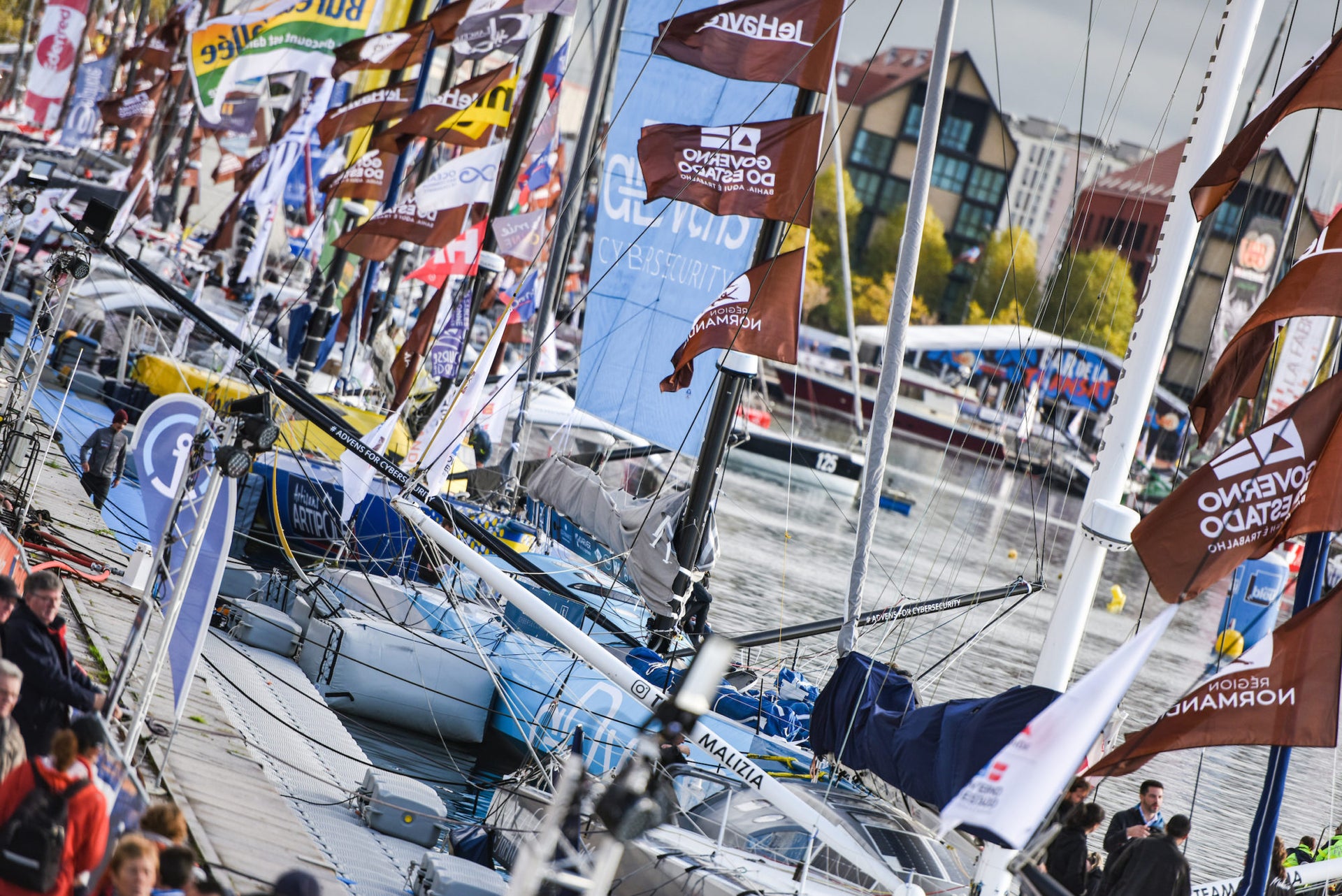
news
PHOTO JOURNAL: DOCKSIDE IN LE HAVRE
PHOTO JOURNAL: DOCKSIDE IN LE HAVRE
Setting the Scene for the Start of the 2019 Transat Jacque Vabre
Sailing content creator James Tomlinson is onsite for North Sails to capture what it’s like to be in Le Havre for the start of the Transat Jacque Vabre. In the final day before the fleet leaves for Brazil, teams are making final preparations and double-checking their offshore packing lists. Follow @north_sails stories on Instagram for more behind-the-scene content before the boats set off on a 4,350 trip across the Atlantic.
READ MORE
READ MORE
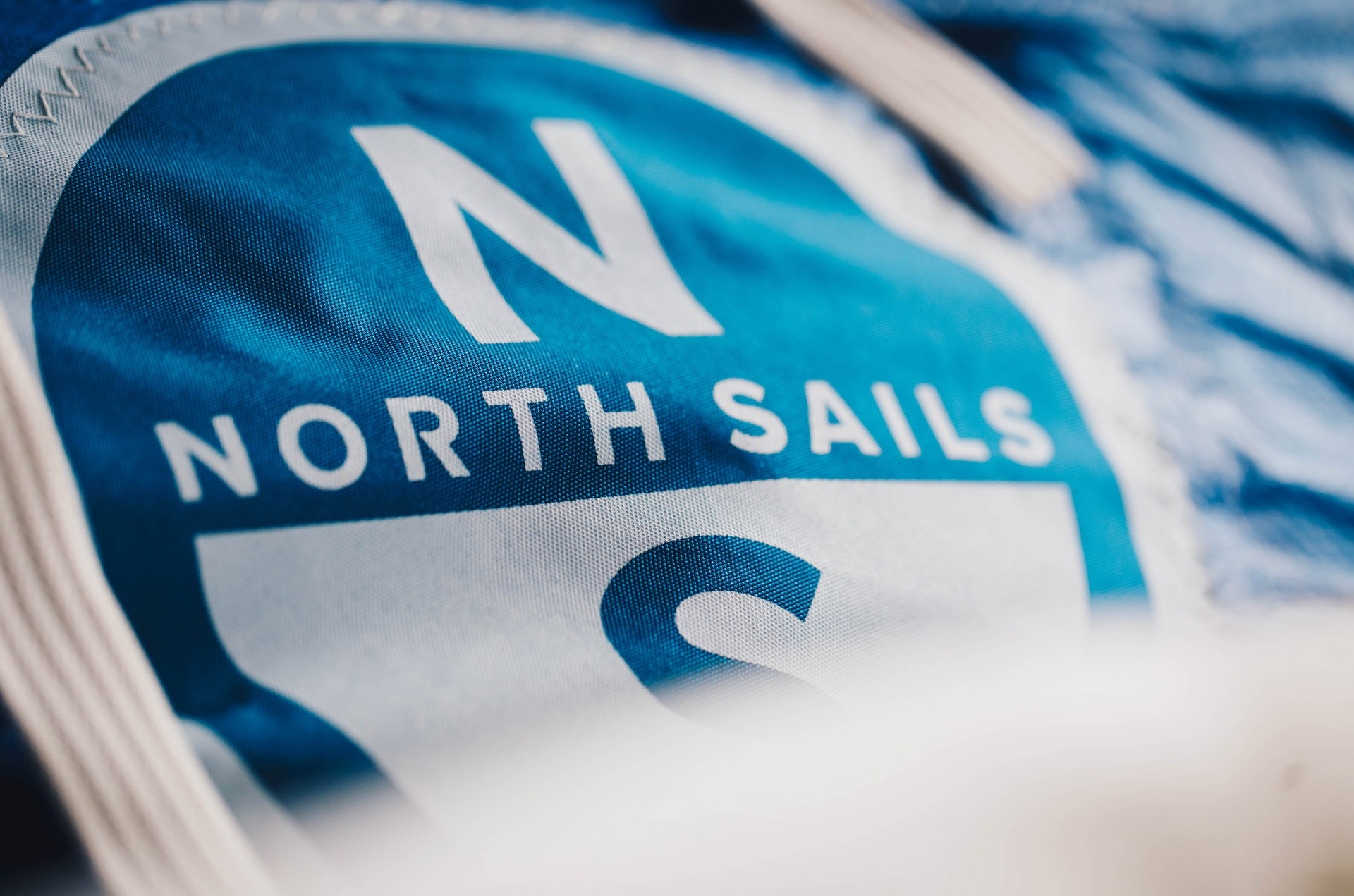
news
4 KEY COMPONENTS TO WINTER SAIL CARE
Mildew, chafing, UV cover tears and corner webbing and stitching degradation are common issues we are looking for when a sail come in for sail care. We can then assess and make repairs.
READ MORE
READ MORE
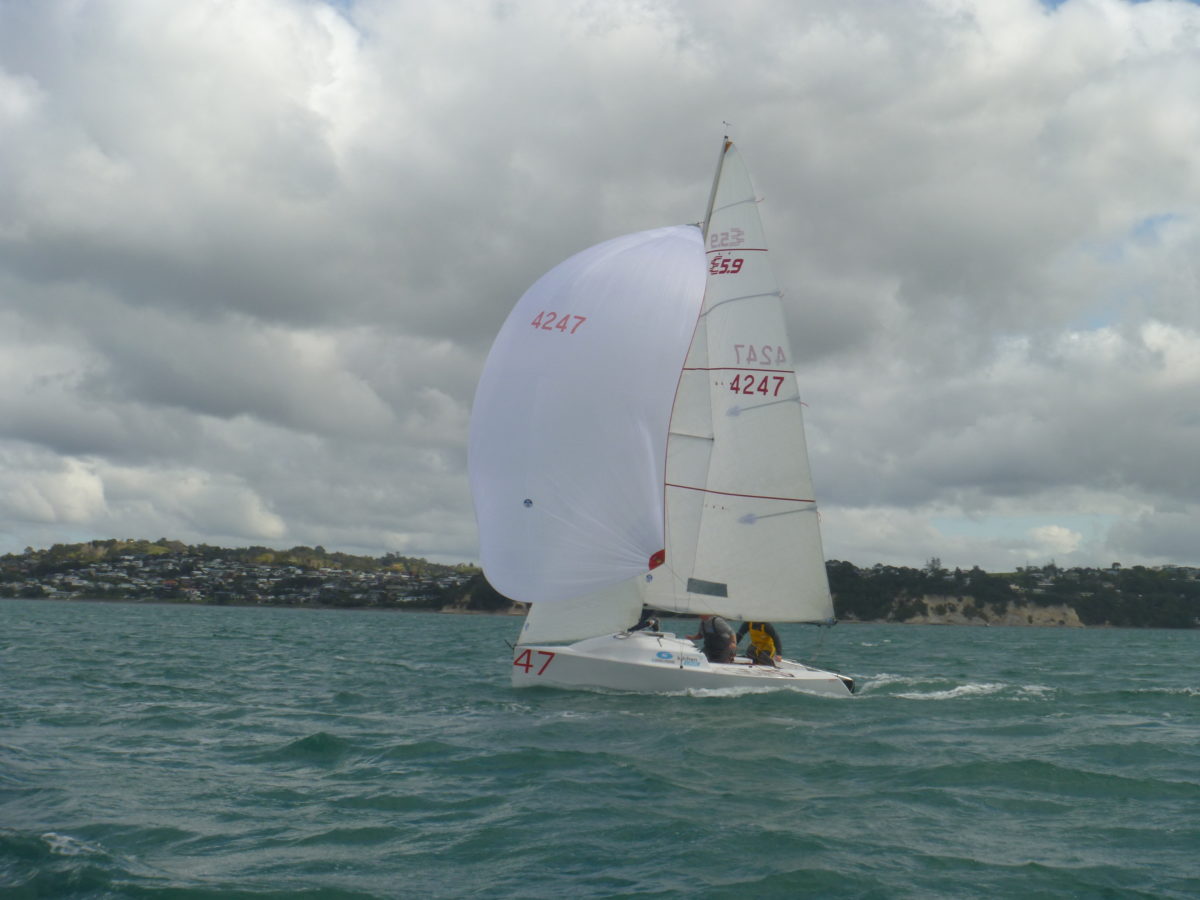
news
ALL NEW ELLIOTT 5.9 SAIL INVENTORY FOR 2020
ALL NEW ELLIOTT 5.9 INVENTORY FOR 2020
North Sails Announces Winning Inventory
With the change to 3Di Raw 330 sails in the Elliott 5.9 class, we were eager to talk to the current New Zealand National Champion, Craig Satterthwaite about how his team achieved multiple victories using the new One Design sails.
After the E5.9 Association announced a new model of boat, Craig caught the bug and raced at various venues which is how his team R&R came to be six year ago. Along with teammate Bart, Craig is from Auckland and first sailed an Elliot 5.9 in the Royal New Zealand Yacht Squadron Youth Training Programme. The team made sure to have plenty of fun both off and on the water, which is another reason why the E5.9 Class is appealing to Craig.
Not only are B&B current National champions, they are impressive five-time National champions in a competitive fleet which ranges from 12-18 boats. Craig credits these multiple victories to having a strong crew. “Having a good crew is important. We have been together for a while so we’ve learned a lot from our mistakes and we know what works for us. We worked really hard on turning light air sailing into a strength which is not that easy when we always seem to be the heaviest crew!’’
Since using the new 3Di RAW sails for the past two Nationals, Craig has noticed key differences in the performance and handling of the sails, finding the decrease in material stretch leading to a change in sail stability: “When a puff hits, we accelerate rather than heel. 3Di sails are also easier to set the rig up for – it is very easy to change modes from the high slow to the lower fast mode and 3Di sails are easier than panelled sails to set up.’’
“When a puff hits, we accelerate rather than heel and it is easy to change modes from high slow to the lower fast mode.’’
Sailing with a full North inventory, Craig and the team used the new MNi-1 Mainsail which has been designed to make maximum sail area and to be easier to trim. B&B used the new-design 3Di RAW Light/All-Purpose/Heavy Jibs alongside the AP Spinnaker and flatter VMG Spinnaker designed for lighter airs. Craig explains how he felt the 3Di RAW sails responded to a mix of wind strengths: “With the stability and stiffness of the 3Di RAW sails, it is very easy to change gears as the wind increases. Rig tension becomes less important as the sails do not stretch. We are very happy with the sail quality – we sailed in big winds and saw no signs of material or shape damage.’’
Craig and the team onboard B&B are soon to challenge the fleet during the Omaha Regatta, with the New Zealand Nationals coming up at the end of the season.
Craig Satterthwaite (4247) sailing well upwind with the nicely trimmed new-design MNi-1 Mainsail
READ MORE
READ MORE
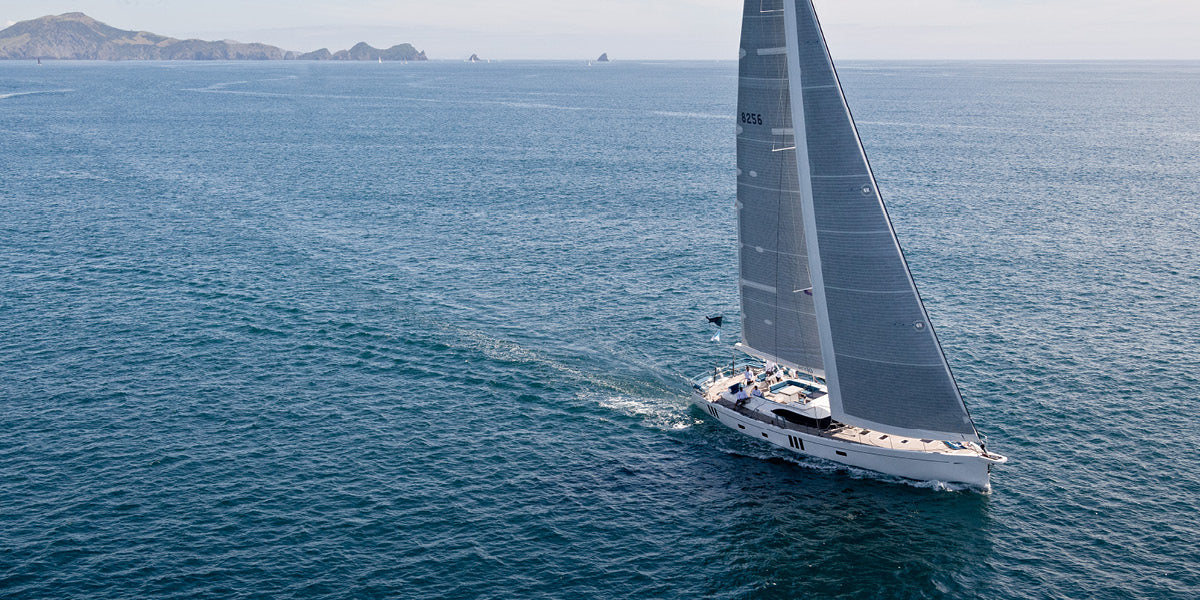
news
THE ULTIMATE SUPERYACHT CRUISING SAILS
3Di OCEAN: THE ULTIMATE SUPERYACHT CRUISING SAIL
Revolutionary cruising sails for boats over 60 feet
3Di OCEAN is the ultimate superyacht cruising sail, providing medium to large cruising yachts more choice within the North Sails product line. Everything North Sails has learned as the preeminent builder of superyacht sails for more than three decades has been combined with current state of the art 3Di technology to deliver high strength and a supremely reliable sail for cruising yachts over 60 feet. 3Di OCEAN sails are more durable and easier to handle than any string sail counterpart.
3Di OCEAN is a cosmetically beautiful sail where North design, material science, and 3Di longevity are engineered for the ultimate cruising experience. And in 2019, North Sails has continued to refine and optimize the benefits of UltraPE in 3Di sailmaking for the large boat cruising market. 3Di OCEAN is a true cruising product.
Per Andersson, 3D General Manager for North Sails, led the development of 3Di OCEAN: “The successful launch of the revolutionary 3Di Nordac in 2017 opened our eyes that there was a gap in our product line to serve the larger boat cruising market. This is the reason we created 3Di OCEAN, a sail that has the benefits of North 3Di yet with a design that is more forgiving and easier to set up and trim. Unlike racing yachts, cruisers are normally sailing short handed and want ease of handling. Unique in the 3Di line of sails, OCEAN sails carry a specially developed woven exterior tape which has eight times the chafe resistance of our standard non-woven Endurance surface, which also adds greater UV resistance. A 3Di OCEAN sail will carry through a wider range of sailing angles and generally make your sailing more enjoyable.”
A proven technology, North Sails has made 1,900 3Di sails for yachts over 70’ since 2013. Like with the introduction of 3Di NORDAC, 3Di OCEAN has been immediately welcomed by serious cruisers, with 200 sail sold in the first 12 months to boats ranging from 60′ up to 200.’ With perfectionist design and manufacturing built-in, 3Di sails are stronger, more resistant to stretch and more durable, delivering inherent value for money. The durability of 3Di OCEAN is underlined by the nature of all 3Di sails, which contain zero “mylar” film and are true composite structures, resisting strain and compressive forces in all directions. Being 3D molded, 3Di OCEAN sails are a more efficient use of material and manufacturing to meet the demands of global cruising yachts, including high resilience to UV, flex, and abrasion. And because there is no mylar, 3Di OCEAN sails will not delaminate.
Andersson explains, “Using our patented 3Di technology to craft precise sails for each client, we use high Dyneema content with 3D molded construction to achieve the perfect cruising sail, which is very different from our racing products.”
Adding even greater value, every North sail includes access to the unparalleled worldwide network of North Sails expertise and service. Wherever you cruise there is a North Sails loft and people ready to support your adventure and committed to world-class customer service, 24/7, 365 days a year at over 100 loft sites across five continents.
3Di OCEAN is available now. Click here to learn more.
READ MORE
READ MORE
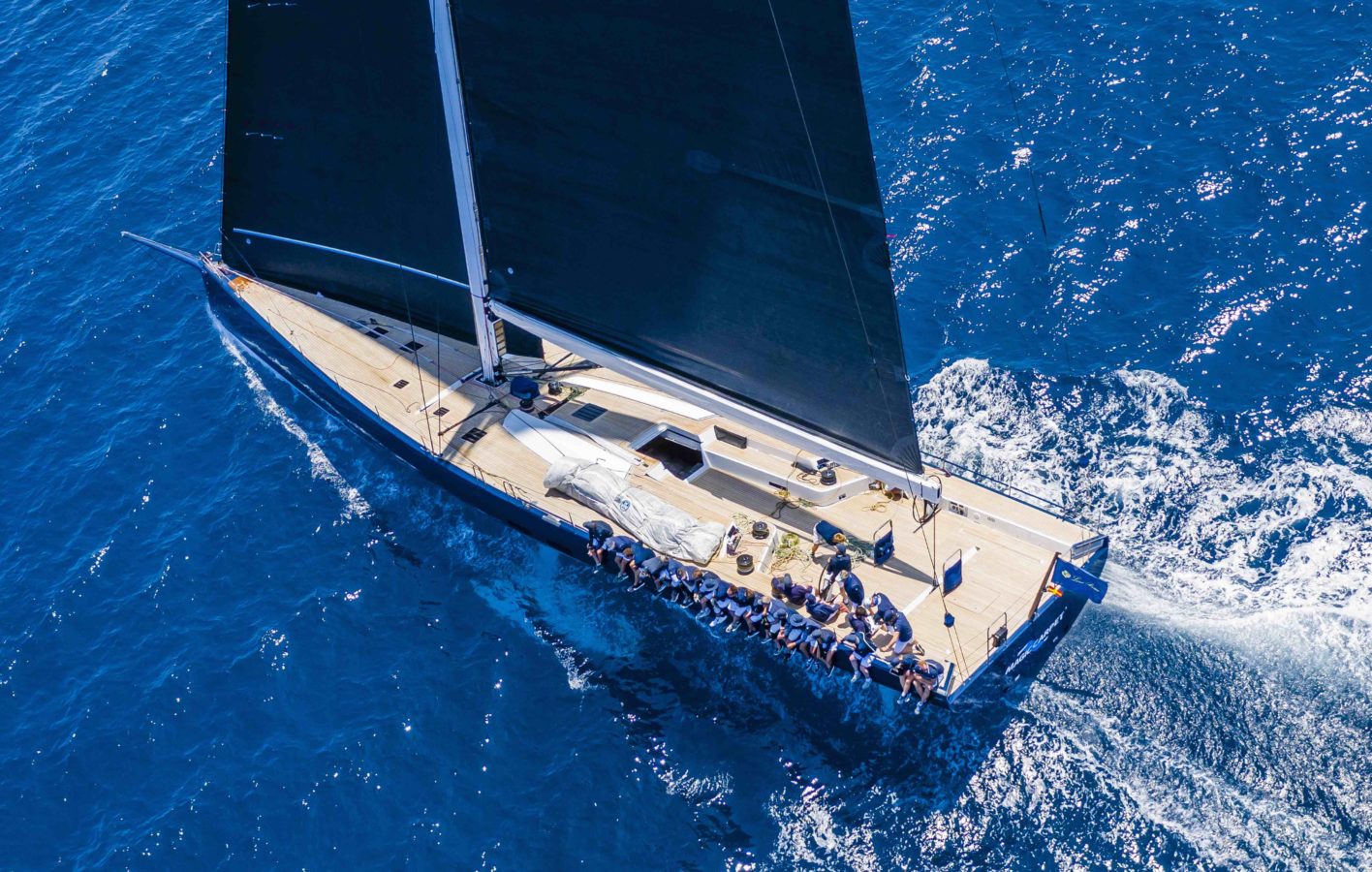
news
NORTH SAILS IS THE SUPERYACHT SPECIALIST
THE SUPERYACHT SPECIALIST
The North Sails Industry-Leading Team Offers Unparalleled Support
At North Sails we understand that every superyacht is unique. And this philosophy shapes the North approach to serving this premier segment of our sport. Each superyacht project combines North design tools with decades of experience, which is why we are known for finding solutions to any challenge. And with each new yacht, the North Sails team of superyacht experts is uniquely positioned to deliver an experience as custom as the design of each boat.
Our Superyacht group is led by Jens Christensen, who is well-known and highly respected, and whose superyacht expertise is in demand by the world’s most high profile projects. Alongside him, North Sails has amassed a group of superyacht experts across design, sales, and aftercare sail service who deliver industry-leading customer support.
“We are well aware that our products are only as good as the people that work for us,” Jens says. “We need to have the leading experts working for us across design, development, cloth, sailing, and everything in between to make sure we stay at the forefront of the superyacht industry.”
“We are also aware that people want to go sailing for a whole lot of different reasons – some want to cruise the world, some want to focus on charter, and some want to race (and win). So making sure that any boat is fitted and optimized for purpose is at the core of what we do. We want clients to have the best possible experience whatever they are doing and wherever they are going. And we are able to do this through our extensive network of salesmen and designers backed by our world-class selection of product, Design Services, and our global network of lofts. It is a complete package for any boat owner, that is unmatched.”
True to the company’s heritage, many North Sails superyacht sales experts and designers sail on the yachts to make sure they understand how a sail interacts in real terms. Jens explains: “When you have a ketch with an inner forestay, and you have to furl the jib through the tacks in St. Barths in 20 knots of breeze, you see the beating that everything takes. It is essential that we’re there with clients to see all the small improvements that can be made to a sail: the kind of details that you’d never know about if you didn’t get out on the water with the crew.”
Expert Sail Consultation: A Stable of Superyacht Specialists
The North Sails stable of superyacht specialists is second to none. Veterans such as Mike Toppa, Tom Dodson, Ken Read, and Tom Whidden are currently mentoring the next generation of North Sails Superyacht experts, who continue to work together to expand our ability to service clients.
The coordinated effort by the North Superyacht group has resulted in location and personnel acquisitions that have helped shape the future of the business. In 2018 North Sails acquired the former Doyle Palma, enhancing our presence at the heart of superyacht activity. North Sails Palma, led by Quinny Houry, is now the largest sales and service site within our global network. We have also made other key hires to support the segment, including Andrew Schneider, Peter Grimm and the latest addition, sail designer Glenn Cook who was attracted to North from Doyle for access to the best tools and products on the market.
Better by Design: World-Class Analytics To Deliver Optimized Performance
North Sails goes beyond just traditional sail design. North Design Services is an elite team of engineers who help yacht designers bring an owner’s vision to life. Headed up by Jeremy Elliot, North Design Services works directly with yacht designers, project managers, boatbuilders, sparmakers and riggers to test and optimize virtually any part of any sailboat in any sailing environment, even before the boat is built. Analysis can range from determining load ratings for specific winches to complex relationships of yacht balance, target speed, wind angle, sea state, rig loads, sail shapes, ratings and more. Once the owner’s brief is understood, North Design Services works with all external parties, and alongside a North Superyacht sail designer, to create the optimum solution for the boat and type of sailing. It is a unique service that gives clients the very best solutions for their new boat.
Superyacht Service and Support: A Global Network of Sales & Service
As any superyacht owner knows, the journey only starts when the boat is delivered – support and service is a huge part of life on the water. And that is why North Sails have put so much time and effort into North Sails Certified Service. It gives superyacht crews and boat owners the benefits of convenience and experience through an unrivaled global network of sail lofts. In the last two years, North Sails has an expanded presence in Palma, Mallorca, Ft. Lauderdale, Florida, and Newport, Rhode Island. With 14 dedicated superyacht service lofts across five continents, clients get the best service and results thanks to local experts, loft space, and technology. All of these facilities can handle the unique logistical needs of superyacht sails, including trucks, cranes and specialty sailmaking equipment. You will also find North Certified Service offered at key regattas on the Superyacht racing circuit.
With a yearly maintenance check-in offered on all sails and a stringent 10 point inspection, the team works hard to ensure any issues are spotted early and dealt with quickly. But its the North Sails Blue Book that really stands the company apart from anyone else. The Blue Book ensures that wherever you are in the world, whatever loft you go into, your sail will get the same world class treatment as if you went back to where you bought it. It is a manual for company-wide consistency and depth of knowledge from the Pacific Islands to the Canary Islands and everywhere in between.
READ MORE
READ MORE
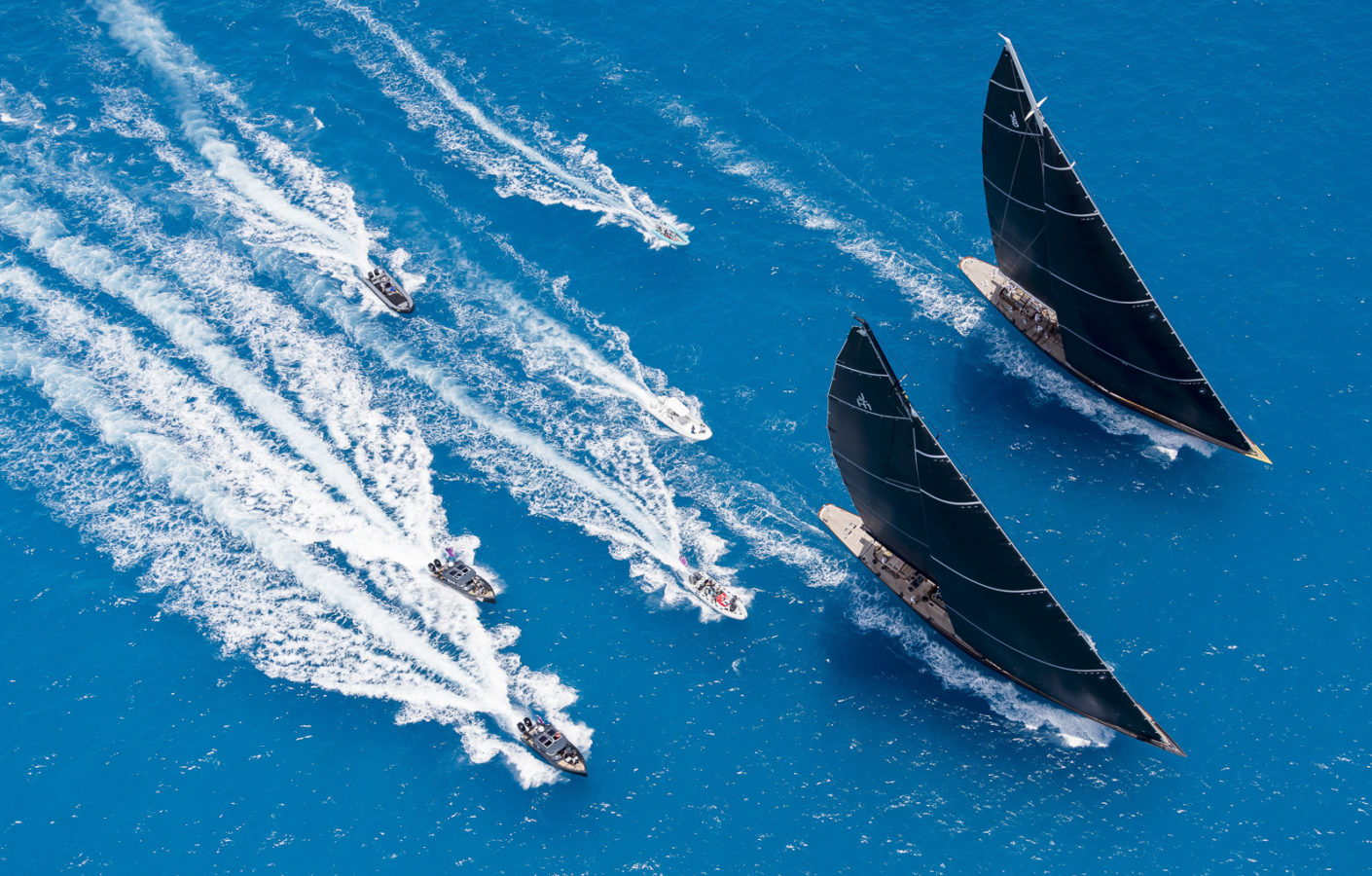
news
J CLASS OFFICIAL SAILMAKING PARTNER
NORTH SAILS OFFICIAL SAILMAKING PARTNER OF THE J CLASS
Ramping Up Racing With An Eye On New Zealand
📸Carlo Borlenghi
North Sails is excited to confirm continuing our partnership with the J Class Association as the Official Sailmaking Partner. Combining unprecedented experience and heritage in the class, the world’s leading sailmaker is the sailmaker of choice for the J Class fleet and is set to continue to provide support on and off the water as the Class builds towards and exciting year in 2021 as the current America’s Cup cycle culminates in New Zealand.
The J Class Association was founded in 2000 to protect the interests of the Class, present and future. Class Secretary Louise Morton said: “The J Class Association is pleased to continue our very successful partnership with North Sails. North Sails will continue to provide on-site service at regattas, as well as helping to showcase our class to the wider sailing world. Feedback from our owners is unanimous that they truly benefit from the North Sails design expertise, global loft network, world class customer service and cutting edge products as the racing gets ever more competitive and international.”
North Sails have an exceptional team working across the J Class fleet with relationships built up over many years. The team understands the needs and desires of the owners combined with their knowledge of the latest technology to ensure the perfect sail selection. Combining performance, strength and durability, 3Di is the perfect technology for the J Class and the owners have benefited from the ever growing expansion of North 3Di product offerings to improve and optimize performance. A range of North sails are used across the fleet to fulfill needs from racing to cruising, more advanced racing, charters and day sailing.
“The J Class is a rare blend of classic designs using the latest advancements in modern technology,” said North Sails President Ken Read. “Following a raft of new builds, refits and renewed energy on the circuit over the last few years, the future looks bright for J Class owners as they ramp up racing with an eye on New Zealand when these beautiful classic yachts will be able to join the excitement of racing alongside the America’s Cup. The J Class boats are the most unique fleet of boats in the world and North Sails is proud to power the majority of the class. Combining the old and the new in a way that no other boat can do, the fleet showcases so much that is great about sailing.”
In 2021 the Royal New Zealand Yacht Squadron will host regattas in the Bay of Islands and Auckland to commemorate the Squadron’s 150th year and celebrate the return of the America’s Cup to their shores. In the meantime, the fleet will continue to race at the world’s most prestigious events in 2019 and 2020, including the Superyacht Challenge Antigua, and then full schedule of events in New Zealand in 2021.
📸Breed Media
READ MORE
READ MORE
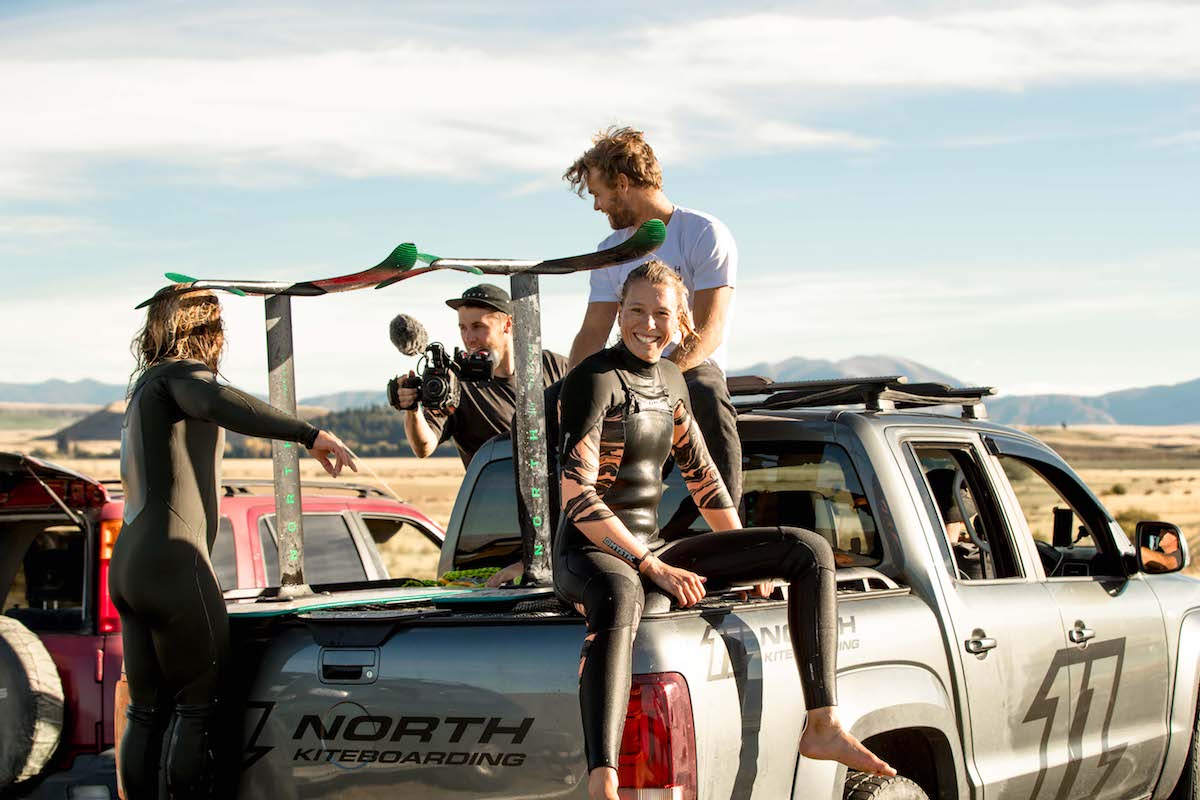
news
NORTH KITEBOARDING COMES HOME
NORTH KITEBOARDING COMES HOME
We Celebrate The Launch of North Kiteboarding
By Victoria Stuart
With a hand-picked team of the industry’s most experienced and respected designers, engineers and brand managers at the helm, the freshly re-calibrated brand delivered their thoughtfully refined range of kites, boards, foils and accessories to market under the North Technology Group (NTG) umbrella on the 8th August.
Kite-buffs around the world speculated if it was even possible – bringing to market a new premium brand almost twenty years into the sport? Especially with only one year to turn a blank slate into a full product range. But applauded for their intuitive, less-is-more approach to design, North Kiteboarding has rocketed, like their flagship kite the Orbit, above and beyond expectations.
Alongside the product designs, the team were instrumental in shaping a new brand philosophy that holds to our North heritage while also inspiring groundbreaking innovative solutions.
“The new North range is like nothing you’ve ever ridden before… bringing a high-quality, much needed, masterfully minimalist approach to their gear.” – Nathan Patterson, MACKiteboarding 📸 Vincent Schaap, Dakhla, Morocco
A Powerful Alliance Under NTG
North Kiteboarding’s return for the model year 2020 came about after NTG announced it would make a significant investment in its brand North Kiteboarding – bringing the design, innovation and manufacturing of its products home under the umbrella of the group and ending its third party licensing agreement. In January 2019, North Kiteboarding joined forces with world-leading accessories group Mystic BV under a new part of NTG called North Actionsports Group. This merger gave the brand instant access to one of the biggest distribution networks in the kite world, further strengthening its foundations and infrastructure.
North Actionsports Group represents a powerful alliance of world-class kiters and experienced industry innovators and leaders, determined to make kiteboarding more accessible, sustainable, innovative and exciting.
“I firmly believe creating great products is all about investing in incredible people,” says Mike Raper – North Kiteboarding Brand Director.
“At North, we are always seeking, always asking; ‘Where can there be more power, greater performance, more intuitive intelligence?’. Then, always: ‘How can it be simpler?’.
“I’m very proud of how our team has collaborated, working hard to leverage years of experience and passion and develop a high-performance range of gear.”
Working closely with the NTG’s composite engineers and designers, North Kiteboarding is excited to continue leveraging the unmatched aero and hydro expertise the Group has within its portfolio.
Engineered. Refined. Intuitive.
“We are determined to drive the sport of kiteboarding forward through unprecedented technological development and an unwavering commitment to our principles,” says Raper.
North Team Riders Jesse Richman, Jalou Langeree and Graham Howes after a foil session on the Hydro Canals captured by Content Creator Jonty Norton, with Mike Raper in the driver’s seat. 📸 Scott Sinton, MacKenzie Country, NZ
Tom Whidden, CEO of NTG, comments: “We have so much technology within our group which we can better share with our fellow lovers of wind and waves. Sailing and kiting are equipment-driven sports – when you have the best gear, being out there in the wind, on the water is so much better – in fact, it’s the greatest feeling on earth.”
Discover North Kiteboarding at www.northkb.com or join the conversation on:
Facebook: @northkiteboarding
Instagram: @northkiteboarding
READ MORE
READ MORE
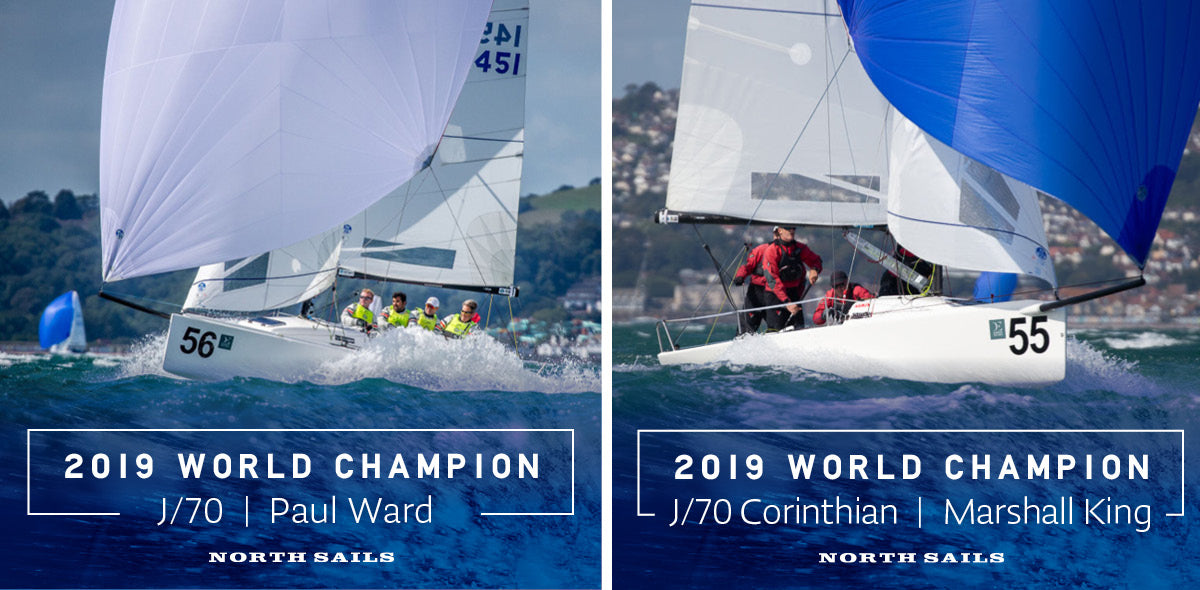
news
CAMPEONES DEL MUNDO DE J70
El campeonato del mundo 2019 de J70 se celebró en la localidad británica de Torquay entre el 26 de agosto y el 6 de septiembre.
READ MORE
READ MORE
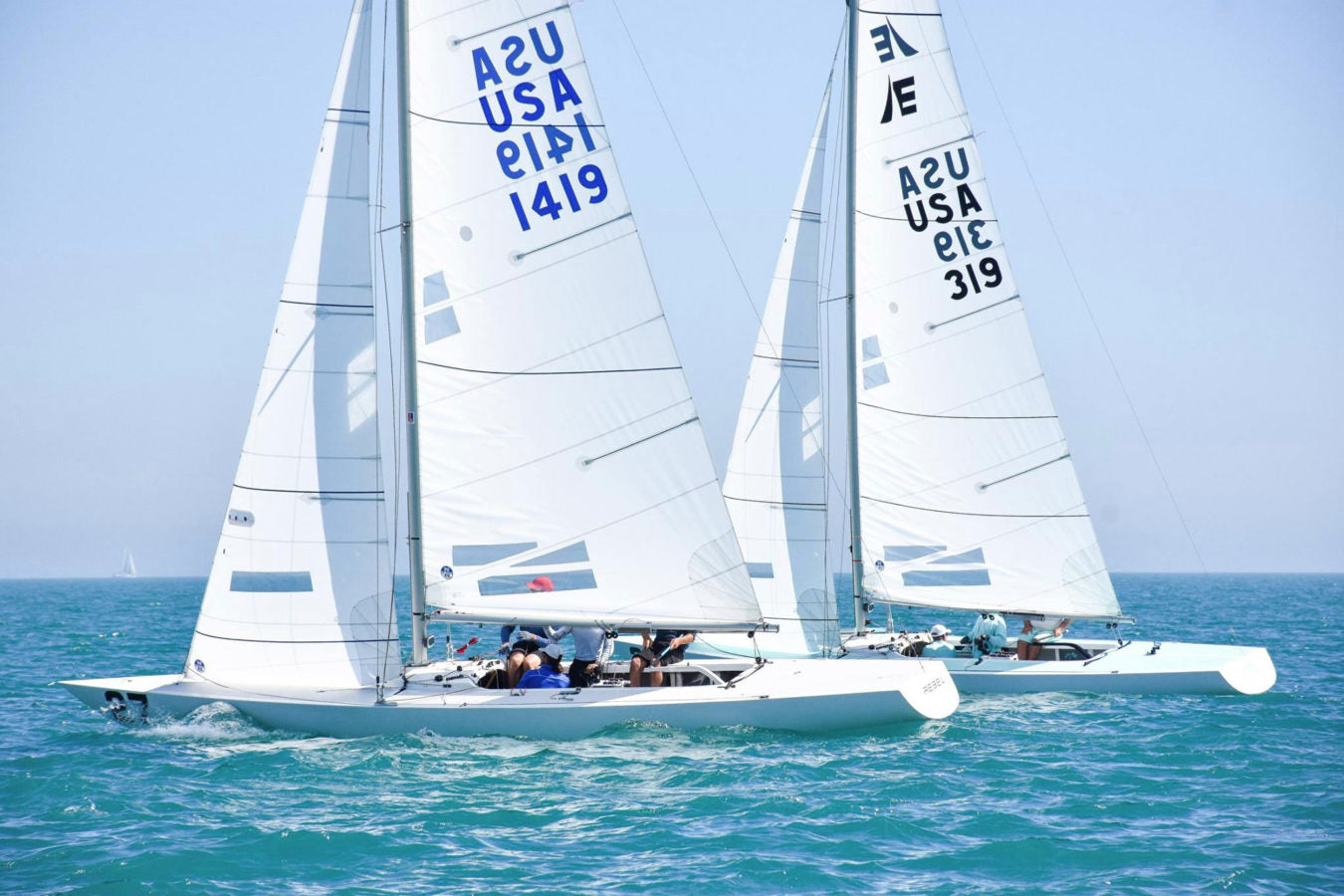
news
ETCHELLS 2020 SAIL INVENTORY
ETCHELLS 2020 INVENTORY
North Sails Announces Winning Inventory for the Upcoming Season
North Sails is excited to announce a new Australian model line of sails for your Etchells program. At the 2019 Worlds in Corpus Christi, we learned a lot about various setups and we are happy to share the options and sail models that will help get you onto the podium in 2020. Whether you choose our time-tested standard designs or these new models, we are confident we have the best product line for the upcoming World Championship in Sydney.
Tuning Philosophy
Traditional tuning has centered around adjustments to forestay, mast butt, and shrouds. These time-tested settings are in our tuning guide and fit a lot of different styles.
At the 2019 Worlds, we learned about a new tuning style that keeps the forestay and mast butt in a more static location and then tensions and moves the shrouds. The goal is a tighter forestay (and subsequently straighter jib luff), which helps keep the leech stays open even when you inhaul aggressively; that reduces sheeting angle and maintains a symmetrical slot between main and jib. Our new Australian jibs (LM-6R, MAL and GT) are designed for a tighter headstay, while working perfectly with our PC-FM mainsail.
If you choose to stay with a more traditional tuning approach, our radial jibs are showing impressive longevity; they are built out of North Radian cloth, which is quite popular in the J/70 and other small keelboats. These jibs also provide a wider crossover through the wind range.
Which jib will be right for your program depends on your tuning and sailing styles. Need help deciding? Just ask.
Spinnakers in 2020
Our standard VMG and FR spinnakers are still available for 2020. To this time-tested lineup, we now proudly introduce the FR-2 running spinnaker. This sail won the 2019 Worlds and shows incredible versatility. Andrew Wills, the Etchells expert at North Sails New Zealand, is very impressed with how the sail sets up. “The range that the FR-2 has is incredible. In the past we would look to swap out to a VMG pretty quick as the wind died, but with the FR-2, we’ve got confidence along a bigger wind range.”
Designing winning sails is only half the battle; we also want to help you choose the right sails that will match your team’s expertise and tuning. We are your speed consultants, so let us know how we can help you perform your best at the 2020 Worlds—or whatever regattas you plan to sail in 2020.
READ MORE
READ MORE
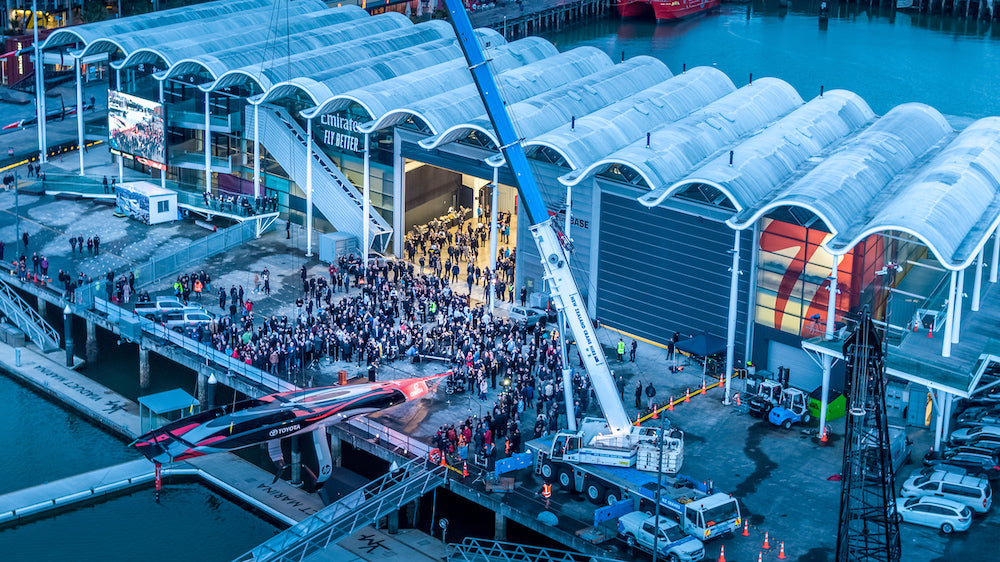
news
EMIRATES TEAM NEW ZEALAND LAUNCHES AC75
NORTH SAILS CELEBRATES MILESTONE WITH EMIRATES TEAM NEW ZEALAND
New AC75 Launches the Next Generation of Sailing Evolution
📸 EMIRATES TEAM NEW ZEALAND / Grant Triplow
The defense of the next America’s Cup began the day Emirates Team New Zealand won the final race in Bermuda, and the team just passed a huge milestone with the launch of their new AC75. North Sails, Southern Spars, and Future Fibres are all working with Emirates Team New Zealand to bring the designers’ vision to life and to help power these boats up onto their foils. It’s a bold step forward, and the next Cup is going to be like nothing the world has ever seen.
At North Sails, both our experts and our software have been on a development fast track to accurately model the twin skin mainsail and understand the mechanics of this new technology. “Historically, an America’s Cup cycle marks the next generation of sailing evolution,” North Sails President Ken Read says. “This time is no exception. We’re about to witness one of the biggest transformations our sport has ever seen.”
The joint efforts of Emirates Team New Zealand and North sail designers, together with North in-house developers, has resulted in a leap forward for our proprietary North Design Suite software in order to model and design the twin skin mainsail. “How it twists, how it supports itself, how does the weather side affect the leeward side and vice versa,” Read explains. “And how does it adapt to the mast and rigging from Southern Spars? These boats are like nothing we’ve ever experienced.”
Burns Fallow, the North sail designer who’s embedded with Emirates Team New Zealand, says it’s been great to finally get a full scale view of what’s been on their computer screens for eighteen months. “This is the most researched boat I have ever been involved with,” he says, adding that a huge number of simulations have been performed. “I am so grateful that North Sails put the effort in early on to develop the analysis tools I need (via Membrain) to test ideas for this new double-skinned mainsail system. It is an exciting time, and the next few weeks will be a process of verification and learning.”
Emirates Team New Zealand skipper Glenn Ashby agrees. “Without doubt, we are making history and pushing boundaries that were once thought impossible. The rig and aero package is already extremely well developed, but the learning curve will be near vertical for all of us over the next few weeks. I feel very comfortable with our pathway and the collaborative efforts of North Sails and Emirates Team New Zealand. The development work done by the rig and sail team has been immense, and I can’t wait to sheet on, in full scale, in the very near future.”
All sails for Emirates Team New Zealand will be finished locally at the North loft in Auckland.“Our fantastic staff are certainly getting excited about the development of the boats and the trickle-down effect it could have,” comments Richard Bicknell, General Manager for North Sails New Zealand. “You can feel the buzz around the waterfront, knowing this is the first step of a couple of busy years.”
The Cup will bring plenty of other work to the loft as well. “We’re expecting a lot of boats and a lot of people to come to New Zealand, and they will utilize the Kiwi ability to maintain, fix, and make their boats better,” Bicknell explains.”We’re already getting a lot of questions from owners of medium, large, and very large boats about what to expect in New Zealand. Whether it be new sails, sail upgrades, or service, North Sails are prepared to deliver a world class experience. And this extends to our other NTG brands as well, Southern Spars and Future Fibres. We know the entire marine industry in New Zealand is going to flourish because of this next Cup. And we are preparing daily to make sure that we are at the forefront of this movement.”
Ken Read is excited about an even bigger picture. “The 36th America’s Cup has implications well beyond the sailing world,” he says, “because people stop and take notice of things outside the norm—and AC75 is going to be just that. Sailors and non-sailors alike will look at this next Cup and say, what the heck is going on with the sport of sailing? They’ll be wondering, “What’s going to happen? how is it going to fly?”
“The bold companies are going to come out ahead,” Read predicts, “and when you come out ahead in the America’s Cup, you come out way ahead. The bold are going to win the next Cup, just like always. So at North Sails, we think Emirates Team New Zealand’s new design is a huge deal, and we’re excited at the opportunity of this next Cup cycle propelling North Sails innovation forward.”
📸 EMIRATES TEAM NEW ZEALAND / Grant Triplow
READ MORE
READ MORE
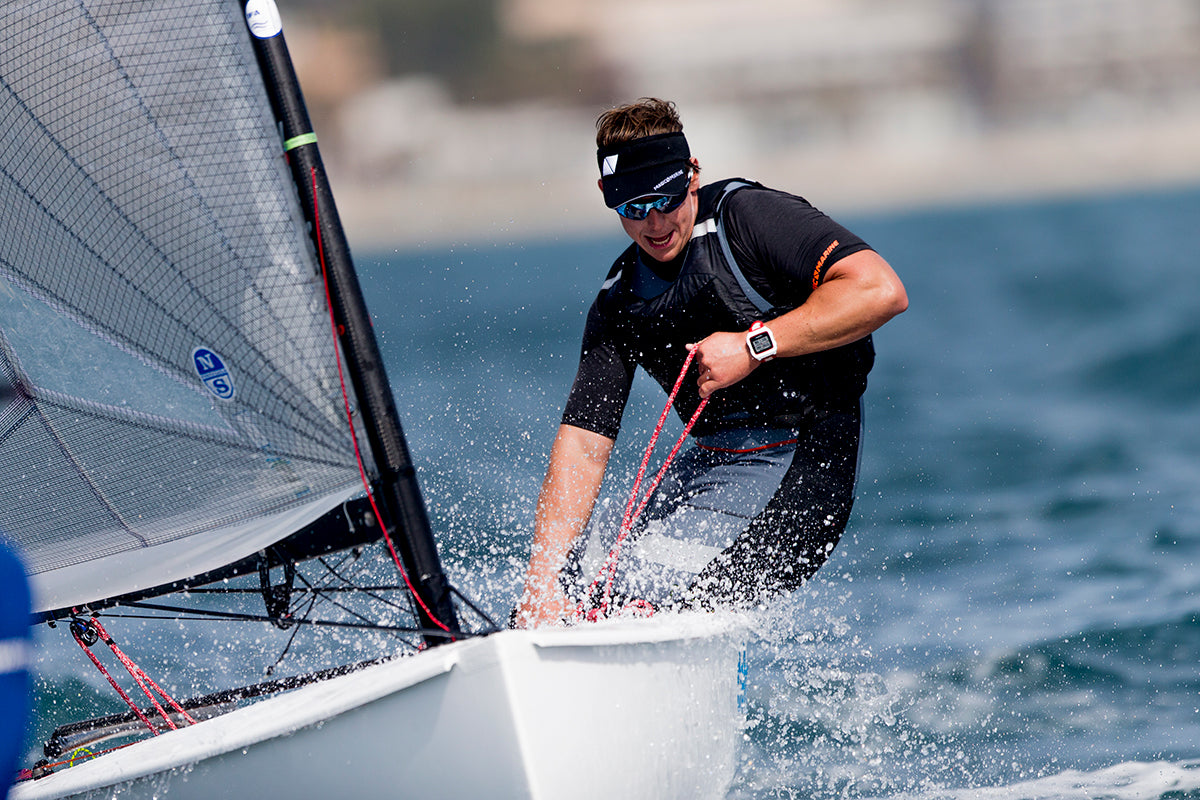
news
2020 FINN SAIL INVENTORY
2020 NORTH FINN INVENTORY
Optimized Designs for Sailing Conditions, Mast and Sailor Weight
📸 Sailing Energy
The 2020 North Finn inventory is customized to complement each and every mast individually. Our Finn Radial designs are manufactured from North Sails’ exclusive NLXi Technora laminate, while the Cross Cut sails are manufactured from Maxx Aramid laminate. Find below our sail selection charts which shows the sail that best suits your weight, mast and sailing conditions.
WILKE & PATA MASTS
WIND RANGE
5-10 knots
8-12 knots
10-16knots
14-30 knots
All-Purpose
Above 100 KG
MB-1G
MNX-1
95-100 KG
MB-1G
MHMNIX-1
90-95 KG
MB-1G
MB-1G Minus
85-90 KG
MB-1G
MB-1G Minus
Below 85 KG
MB-1G Minus
HIT MASTS
WIND RANGE
5-10 knots
8-12 knots
10-16knots
14-30 knots
All-Purpose
Above 100 KG
LMMNX-1
MNX-1
95-100 KG
LMMNX-1
MHMNX-1
90-95 KG
MB-1G
MB-1G Minus
85-90 KG
MB-1G
MB-1G Minus
Below 85 KG
MB-1G Minus
Light/Medium
LMMNX-1
NLXI-03 Technora
Light/Medium
MB-1G
NLXI-03 Technora
Medium/Heavy
MHMNX-1
NLXI-03 Technora
Medium/Heavy
MB-1G Minus
NLXI-03 Technora
All Purpose
MNX-1
Maxx 06 (Black)
Standard Features: Class insignia, sail numbers, vision window, Epoxy battens, elastic batten pockets, plastic headboard, leech and trim tell tales, leech line, 7mm luff rope, long roll bag, World Sailing in-house measurement and class royalty label.
Optional Features (additional cost): Carbon battens, carbon headboard, stick-on pockets, adjustable elasticated luff and country flag.
For more information on the North Finn designs or to place an order please contact your local North loft. Please have your mast bend numbers available.
READ MORE
READ MORE
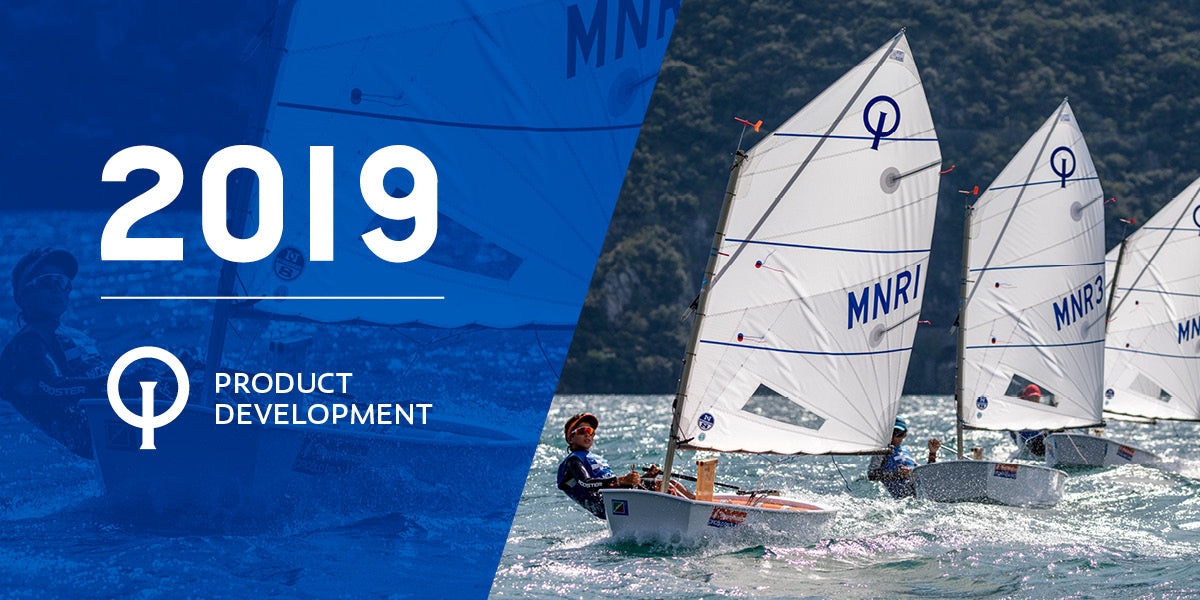
news
NORTH SAILS INTRODUCES NEW BI-RADIAL OPTIMIST MAINSAIL
MNR Series Delivers Enhanced Pointing And Ease Of Trim
North Sails, the world leader in One Design, have added a new series of user friendly Optimist sails for the exciting dinghy class, completing their full range of diverse sail solutions for any Opti sailor.
The new ‘all-around’ MNR Series delivers increased pointing ability from the radial bottom which allows the lower leech of the sail to stand up. Paired with the bi-radial design, the crosscut top allows the head to twist open ensuring boatspeed is maintained. As a result of the sail design delivering proper trim without constant attention, Opti sailors are able to look around for pressure and wind shifts, while maintaining speed throughout a wide range of conditions and tuning changes.
North Sails Designer Mike Marshall says, “The new bi-radial MNR Series is the perfect Optimist sail for racers looking for a balance of pointing, speed, and keeping your head out of the boat. We wanted to create a sail that will give any Opti racer around the world a competitive advantage and the feedback from this sail has shown that sailors increase their pointing without sacrificing speed upwind or downwind. The sail overall is very dynamic and reacts well to all tuning options on the table in the Optimist Class. North Sails is committed to delivering the very best products, and we’re proud to give our young Opti sailors the best chance of succeeding on the water.”
The new bi-radial MNR Series is the perfect Optimist sail for racers looking for a balance of pointing, speed, and keeping your head out of the boat.
The sail is still very sensitive to sprit tension, offering Opti sailors the opportunity to make it fit any conditions. In light airs, or waves, where racers want a bit more speed, they can loosen the sprit as required. In flat water, or medium breeze, sailors can tighten the sprit and close the leech for extra pointing.
The MNR-1 is the flattest sail in the bi-radial range, ideal for sailors below 34kg. The medium-depth MNR-2 is designed for sailors between 34-42kg. The MNR-3 is the deepest and most powerful, perfect for sailors over 42kg.
Learn more about the North Sails Optimist products.
READ MORE
READ MORE
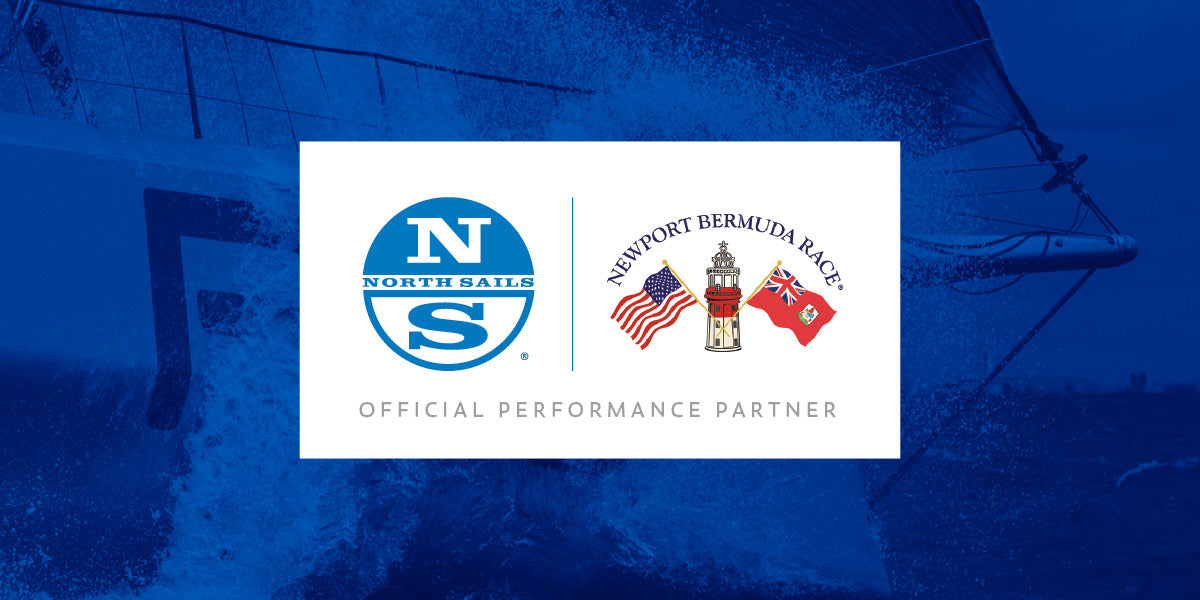
news
NORTH SAILS PERFORMANCE SEMINAR IN PORTSMOUTH
NORTH SAILS PERFORMANCE SEMINAR
Reserve Your Space Today | Portsmouth 10.25.19 | 1800-2000
As the Official Performance Partner, North Sails is hosting three seminars with ocean-racing expert Peter Isler, Race Meteorologist Chris Bedford, and local North Sails Experts to help prepare you for the Newport Bermuda Race. The North Performance Seminars focus on optimizing your sail inventories based on weather, navigation, racing strategies and beyond.
Seminars are open to all competitors of the 2020 race. We look forward to seeing you at your local seminar soon in our Portsmouth loft.
READ MORE
READ MORE
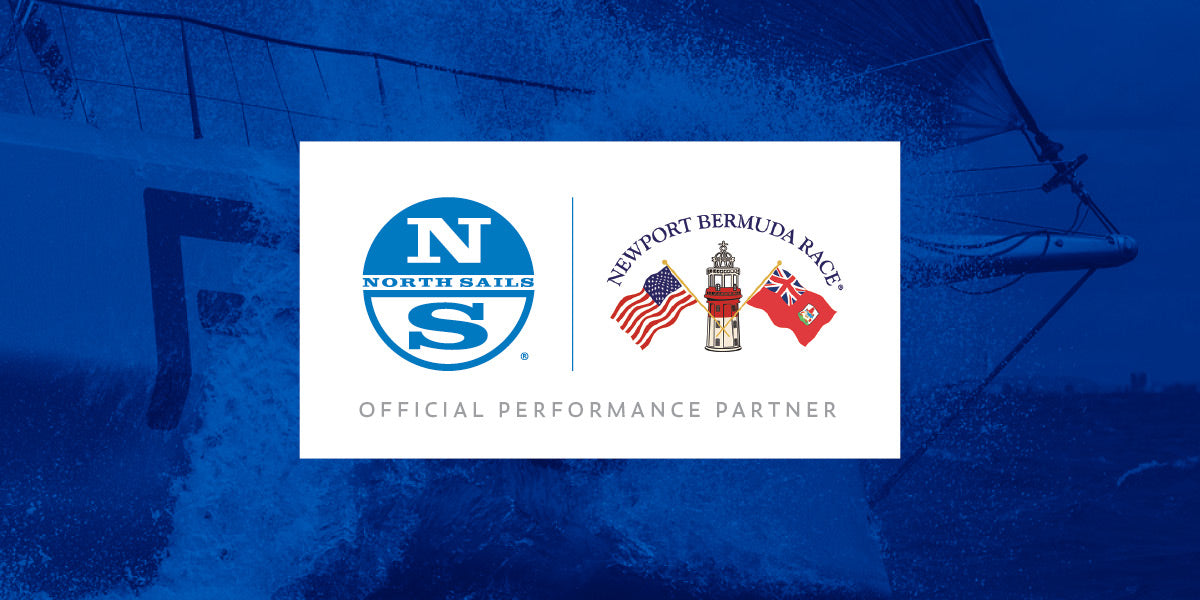
news
NORTH SAILS PERFORMANCE SEMINAR IN MILFORD
NORTH SAILS PERFORMANCE SEMINAR
Reserve Your Space Today | Milford 10.26.19 | 1030-1230
As the Official Performance Partner, North Sails is hosting three seminars with ocean-racing expert Peter Isler, Race Meteorologist Chris Bedford, and local North Sails Experts to help prepare you for the Newport Bermuda Race. The North Performance Seminars focus on optimizing your sail inventories based on weather, navigation, racing strategies and beyond.
Seminars are open to all competitors of the 2020 race. We look forward to seeing you at your local seminar in our Milford loft.
READ MORE
READ MORE
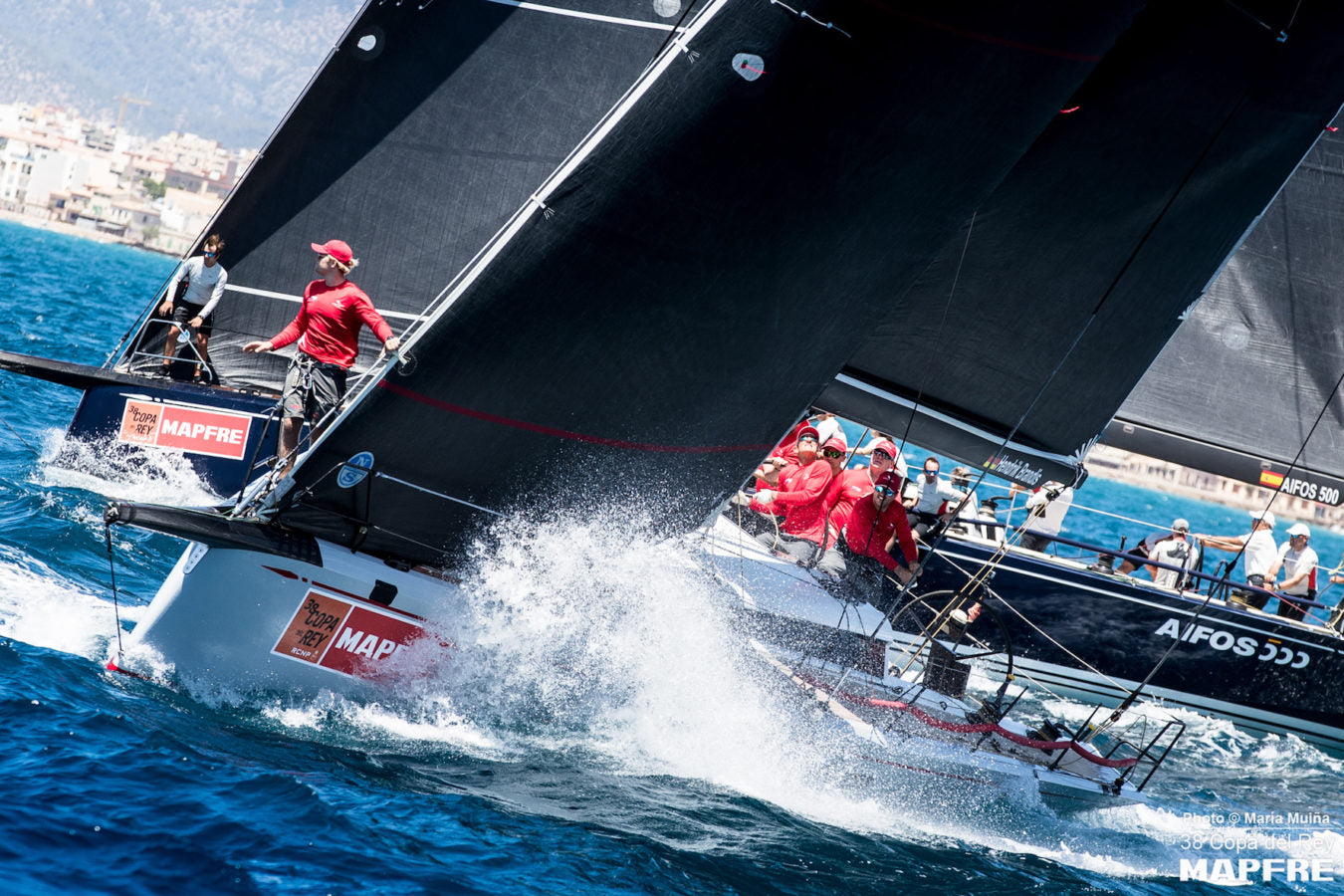
news
LA VELA DE LA COPA DEL REY MAPFRE
North Sails regresa a la Copa del Rey MAPFRE con intención de incrementar el espectacular palmarés de sus clientes, que en 2018 ganaron 11 de los 13 títulos en juego.
READ MORE
READ MORE
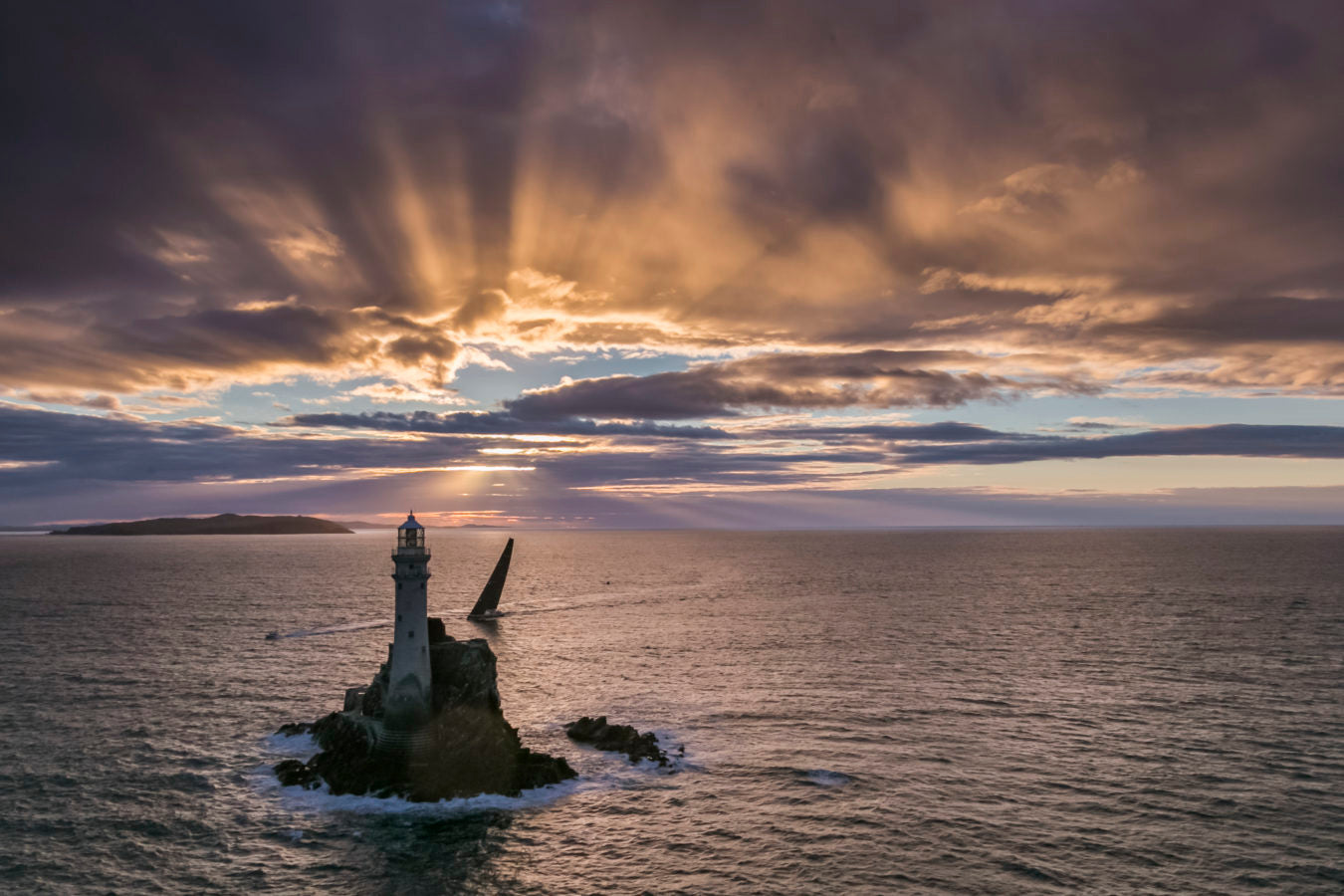
news
ROLEX FASTNET RACE: "THE ONE"
SAM RICHMOND ON THE ROLEX FASTNET RACE 2019
Sail-World Speaks With North Sails Expert On The Race He Called ‘The One’
📸 Rolex / Carlo Borlenghi
This article was originally published on Sail-World.com on June 25, 2019
Sail-World Managing Editor Mark Jardine spoke with North Sails UK-based expert Sam Richmond about the Rolex Fastnet Race, his experiences during the race and what advice he has for first-time competitors in the event he refers to as ‘the One’.
Mark Jardine: What enduring memory do you have of your first Rolex Fastnet Race?
Sam Richmond: I turned 21 on my first Fastnet Race, it was with Doug Flynn on his 47.7 called Kirribilli… it took forever, a really light airs race and there were long periods of wallowing around along the South coast of England but I remember Doug, the best on-the-water host you could ask for, preparing what we used to call ‘Kirribilli Tea’ before dinner, which consisted of a cured meat and cheese platter with a tot of rum from a school canteen teapot; and on the actual day of my birthday I was given an additional can of Stella!
Mark: The Rolex Fastnet Race is massively over-subscribed, with the entry allocation being filled within minutes of it being opened. What makes the race so popular?
Sam: It’s ‘the One’; we’ve all heard about it since we were kids. It’s a very tough race, and on occasions extremely, even tragically, so. Some of the best and most powerful offshore racing stories come from this race. I think we all like a challenge and this certainly is one.
Mark: With a race such as the Rolex Fastnet Race, you must see a lot of rookie mistakes made time and again. What one thing would you write in permanent marker beside the companionway hatch for first-time, and some many-time, competitors to remember?
Sam: “Plenty of golf left in this hole” – you can’t win the race in the Solent and to keep the analogy up, that’s like a good first drive but it isn’t the most crucial part; keep pushing as there will be opportunity all the way to the end.
Mark: When it comes to sail selection, teams will try to strike the balance between weight and having the right sails for the forecast conditions. What advice would you give on which sails you can leave on the dock and which are a must?
Sam: For me, what we know about this race is that it’s always a typical English Summer… by that I mean you HAVE to be ready for anything. You may see enough in the forecast before you leave to know that you won’t see above or below a certain wind strength for the period, but in 3-6 days in August you wouldn’t bet against seeing plenty of breeze and of course nothing at times and from all directions. The trade off versus weight is an interesting one; offshore, if you need a sail and don’t have it, it’s a shocker, but equally if you are barely moving in no breeze, staring at a yacht full of sails, that is super frustrating; I’ll give you the correct answer after the finish! You’d never start an offshore race without a Code Zero and with the latest North Sails Helix Code Zero we have the lightest sail available whilst also covering a much wider wind angle range than ever previously possible.
Mark: The navigator has an important role in most races, but the Fastnet has a habit of making you look like a hero or a villain. How should a navigator communicate with their crew about the choices they’re presented with and the risks involved with different strategies?
Sam: It’s easy to get too involved in navigation without all the facts; as a trimmer/driver we just need to be focused on racing the boat hard in the right direction; the navigator will have the overall plan and on a big race like this they need to be pretty dictatorial about making that play out.
📸 Rolex / Kurt Arrigo
Mark: The Fastnet Rock itself is iconic. While the crew itself will be busy during the manoeuvre of rounding the rock, do you get a chance to take in the moment?
Sam: We’d all have our cameras out if we could; it’s a pretty special moment and in your head you are now on the home straight which adds to the excitement! On Cutting Edge, the TP52, we rounded in the dark and it was foggy, we had no instruments and were driving to a compass very handlily situated on the cockpit floor between the two wheels, so not much time to take it in at all. I think it completely passed me by!
Mark: North Sails Helix has resulted in yachts being able to use a single sail over a wider wind range and greater angles than ever before. How does this help in an offshore race such as the Fastnet?
Sam: It adds points to your IRC rating to take extra downwind sails so you need all your bases covered but you don’t want to carry too many. In terms of keeping our options open, with our Helix sail we have dramatically widened the Code Zero window which gives us much more flexibility in terms of sail choice. The more traditional Code Zero light/upwind angles are fully covered but now with Helix the deeper reaching angles are also taken care of.
Mark: With the many headlands along the South West coast of the UK, there are often ‘park ups’, where yachts can watch hard-fought gains disappear in a frustrating night. How best do you handle these moments and make the best of the situation?
Sam: I think it’s pretty simply a game of snakes and ladders along the bottom of the UK; you never know who is in control and who will win until the end… inshore/offshore, kedged waiting for the tide to turn versus moving at a cost of sailing a lot further; honestly apart from the fact that you aren’t gaining on the course all your competitors are struggling for the answer too and it’s about making the best of what you’ve got. There is always the next night!
Mark: Food is often a topic of conversation amongst offshore sailors. What do you find best to eat when conditions aren’t exactly the best for cooking cordon bleu meals?
Sam: We will go with freeze-dried; for a long race like this you have to keep the energy up and whilst they aren’t everyone’s favourite, they are full of calories and you can always boil water whatever the weather and then stick it inside your jacket on the rail to keep warm.
Mark: The event has moved to be ahead of Cowes Week. Do you think this will change the dynamic of the race at all?
Sam: I’d say not; I know Cowes Week have allowed a dispensation for the first day if anyone struggles to get back in time for it… Hopefully with all the boats on the South coast of the UK many will hang around and do Cowes Week too. We may have fewer boats on the water watching but that’s no bad thing!
READ MORE
READ MORE
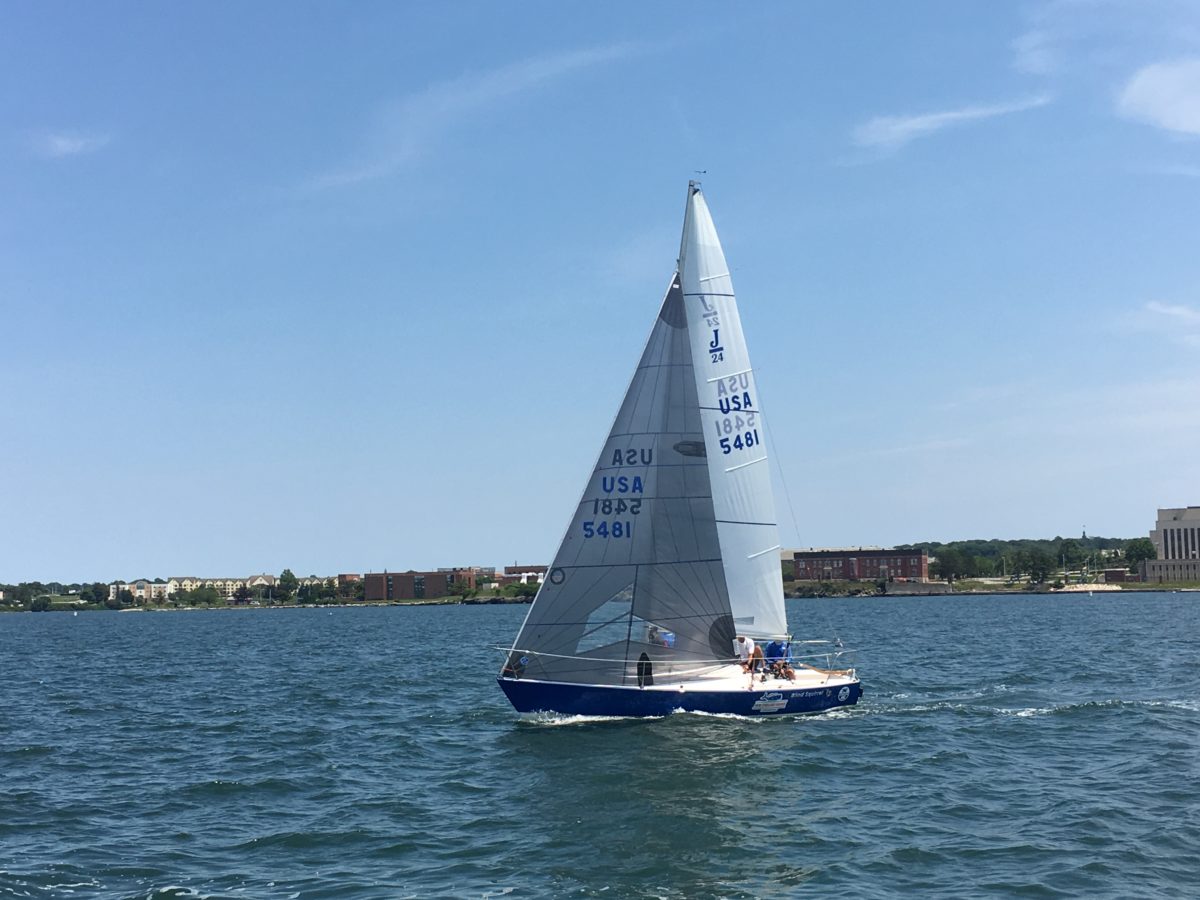
news
INTRODUCING: NEW J/24 CLUB RACE GENOA
INTRODUCING: NEW J/24 CLUB RACER GENOA
Will Welles Explains The Benefits Of The New Design
The new J/24 Club Race Genoa has been designed with local fleet racers in mind. On the water, it is easier to trim and more forgiving at the top end than aramid race jibs, as well as offering improved sail longevity. It is now launched on the J/24 Shop Inventory.
“The Club Race Genoa is based on our proven J/24 SD/TH Genoa,” J/24 World Champion and Class Leader Will Welles explains. “Built out of a special cloth, it looks similar to the standard sails and we are calling it the Xi Smoke! With polyester fibres instead of aramid, the new design is geared towards club racers who are looking to get a little more life out of their sail. For our club race customers who haven’t bought a new sail recently, this is the perfect way to improve results.”
“The Club Race Genoa is based on our proven J/24 SD/TH Genoa. With polyester fibres instead of aramid, the new design is geared towards club racers who are looking to get a little more life out of their sail” J/24 World Champion and Class Leader Will Welles explains.
In addition to using more cost-effective materials, the design team took a few steps to further improve the sail’s competitive life. The nature of the overlapping Genoa on the J/24 mast is that the back end of the sails get worn .
Last year, a prototype version of this design helped to fuel Steve Kirkpatrick’s team to victory at Newport’s Fleet 50 season. Two other teams used it to win the 2019 District 2 Championship and Easter Regatta.
For more information about which J/24 Genoa is right for your racing, talk to your local J/24 Expert.
READ MORE
READ MORE
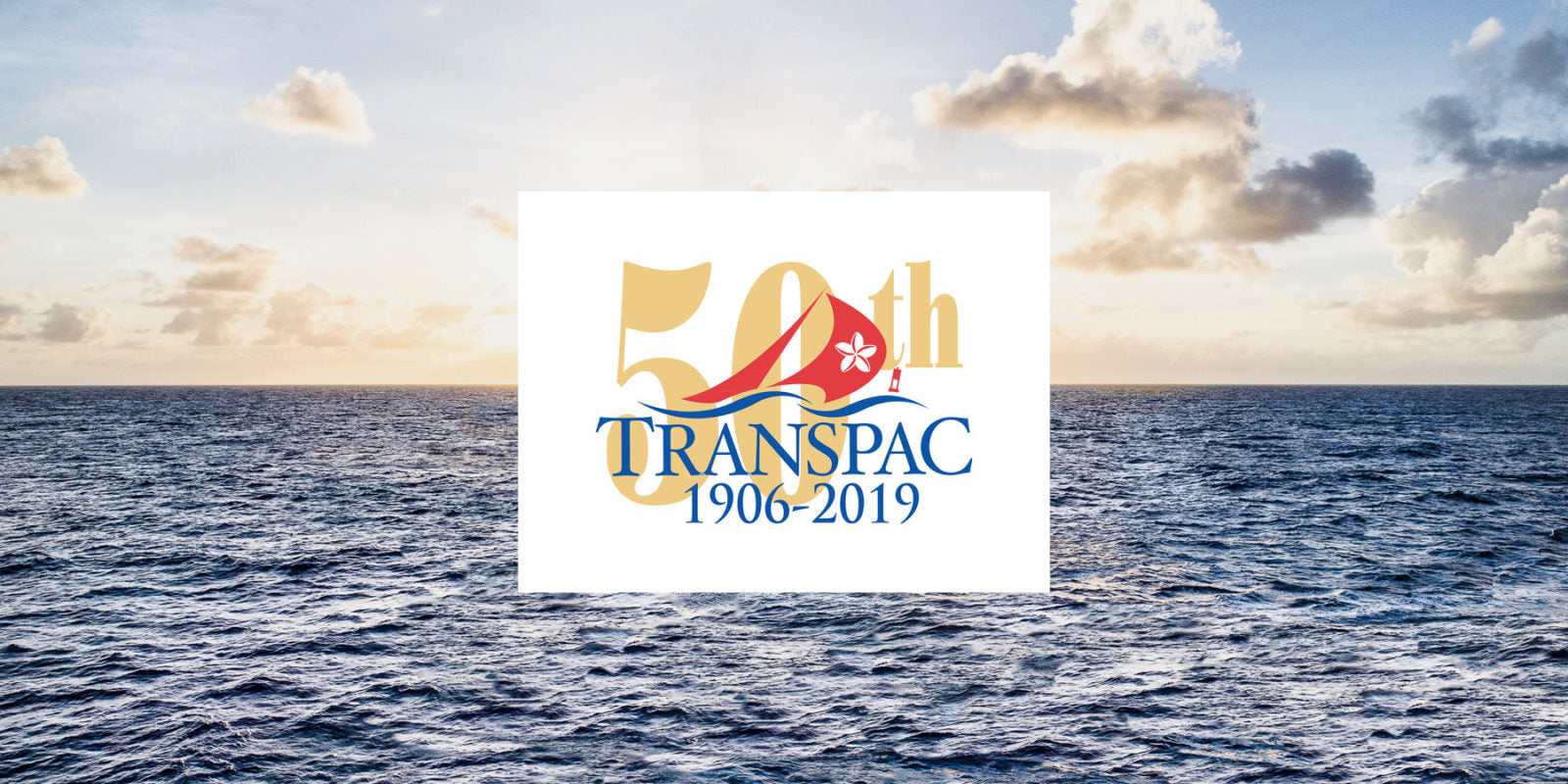
news
50TH TRANSPAC: THREE NORTH SAILS VETERANS LOOK BACK
50TH TRANSPAC: THREE NORTH SAILS VETERANS LOOK BACK
Iconic Ocean Race From LA To Honolulu Is A Rich Part Of North History
The very first Transpac was run in 1906, had three entries, and took the winner twelve days to complete. In 2017, North Sails helped several boats set new course records, including the supermaxi Comanche, skippered by North Sails President Ken Read. For 2019’s 50th edition, almost a hundred boats are entered, and 3Di will be proving its offshore abilities in several divisions.
North Sails has been helping Transpac racers achieve their goals since the company’s early years. Past president Gary Weisman sailed his first race in 1967 and is now tied for the most races sailed with Roy Disney, Jr.; both men will sail the 2019 edition on Disney’s Pyewacket. Gary confirms the record, though he’s less sure of the exact number. “I’m actually vague about some of the years, because I started really young. But Roy and I reckon that after this year, we’ll be tied at 23, and I don’t think anybody else has done that many.”
Robbie Haines, another Pyewacket team member who first started working for North Sails in 1973, scored his first ride to Hawaii at age 25. “That’s a little late in life to have your first Transpac,” he says. “The lucky ones like Gary start in their teens.” Robbie did have a great excuse for such a delay, though; “I was involved in a lot of Olympic sailing,” which eventually rewarded him with a gold medal. 2019 will be “only” his 18th or 19th Transpac.
Fuzz Foster from North Sails Hawaii has completed three Transpacs. In 2003, he was part of the team that won overall. This year, he’ll be greeting sailors after they finish, and definitely joining the arrival party because it’s part of what makes this race so special—along with the last 100 miles of racing, “which makes you forget the first 2300.”
What’s Changed
Boats
Gary sailed his first three Transpacs on a Cal 40, back when they were the best ride going. “They had a spade rudder so they were steerable down waves, when most of the boats still had the rudder attached to the back end of the keel and they’d kind of rock and roll their way to Hawaii. Really scary,” he adds. “In the last third of the race you can have 20 to 25 knots. Then a squall hits, and you get another 10 knots of wind with a full-sized kite up. You didn’t want to round down with the pole way back, because you’d snap the pole off the mast, or you’d break the pole. Or if everything else was strong enough, you’d break the mast. I remember in ’77, the year Merlin won, seven boats lost their mast in one night. It was pretty wild.”
Communications and Navigation
Before GPS, navigation was by sextant and every boat was required to call in their position for the daily roll call. “There’d be an escort vessel that was handling the communications on Single Side Band radio,” Gary remembers, “and it was all broken and hard to understand. It would take an hour and a half with fifty or sixty boats. And there were a lot of games being played with that position reporting, too,” he continues, chuckling. “With celestial navigation, a smart navigator might say he had a bad sun sight to hide his position, if he thought he was in a spot in the ocean that was particularly good. And nobody could prove otherwise, unless they happen to run into you or visually spot you way out of position. Everybody did a little bit of that…fudging, you might call it.”
Sail Evolution
Sails have come a long way since bloopers and symmetrical spinnakers dominated the race. “The big difference is the material,” Robbie says. “Back then it was all Dacron.” As soon as laminates like 3DL, and later composite 3Di sails, were introduced, they dominated Transpac sail inventories. “All the sails are quite a bit lighter now than 30-40 years ago. And the sail shapes are more refined and better than they were back then.”
Gary points out the dramatic difference in downwind inventories. “In ’69, we put up a 1.5oz spinnaker at the start and took it down after finishing, and we won the race overall and set an all-time Cal 40 elapsed time record! Now, on a 70 footer, most of our spinnakers are half that weight. The boats go so much faster, they just don’t put the load on the sails that the old boats did. And the fast boats don’t even have spinnakers, they just have big genoas basically.”
What hasn’t changed
Best Ocean Race
“It’s without doubt the best ocean race I’ve ever been on,” Robbie says. “You’re on the wind at the start, and you round Catalina, which is the only mark of the course, and ease sheets a little bit. Your next mark is 2300 miles away. And it just gets warmer, and the water changes color, and the wind keeps going aft until you’re running the edge of high pressure.”
Gary adds that it’s a strategic challenge to sail the course well. “The simplistic view is that you sail over to the right side of the race course, jibe when you’re eight or nine hundred miles away from Hawaii, and lay the island. But you rarely do that, for fear of much lighter wind too close to the high pressure.”
In 2003, Fuzz’s team on Bill Turpin’s Alta Vita took the overall trophy by diving south early on, a “navigational gamble that took four days to pay off.” It’s one of his best Transpac memories, though he adds that sailing with good friends is always fun. “And I got to sail with my oldest son on the 2009 and 2017 Race. Every parent should get a chance to sail with their kids; it’s priceless.”
Gary confirms that winning usually requires risk. “People get all nervous about getting anywhere near the layline, but if a guy bangs the corner hard, and he does it exactly right, it’s a huge advantage. I remember one year, we ended up south of the Big Island in ten knots more wind, which is just incredible. We had to sail north to get to the finish line! And honestly, if we’d gone further south, we would have won.” Instead Pyewacket finished second to the classic yacht Dorade, another North Sails customer.
The Finish
Regardless of results, all three men agree that there’s something quite special about Diamond Head. “Sailing the Molokai Channel in normal tradewinds is hard to beat,” Fuzz says. Robbie adds, “You finish in the most beautiful place in the world, at a red buoy that’s been there forever.”
Gary calls the finish “really romantic. These islands loom up out of the ocean, and when you get close, you can smell the plumeria. And hopefully you’ve got somebody waiting for you on the dock. I defy anybody not to get a little emotional finishing that race.”
North Sails Service
Once the boats arrive in Honolulu, the North Sails Hawaii team is there to help. “People need to get sails repaired to deliver the boat home, so they do that,” Gary says. “Plus they receive delivery sails, and they ship home racing sails. North is there, helping people in the race with all their sail needs.” Fuzz adds that “Hawaii is the best place on the planet to sail—just ask anybody that ever sailed in a Kenwood Cup or Clipper Cup. I’m very lucky to call it home.”
As one of the larger yachts in this 50th edition, Pyewacket will be part of the last fleet to start on Saturday, July 13. As for results, Robbie says they certainly have the experience and equipment to do well. “We’ve got a very mature crew on Pyewacket, with 100 races between us, and great sails. But it’s a very difficult race to win overall.” Which is something else that hasn’t changed since the very first Transpac back in 1906.
Transpac 2017 record breaker Comanche arriving into the finish. 📸 Sharon Green / Ultimate Sailing
READ MORE
READ MORE
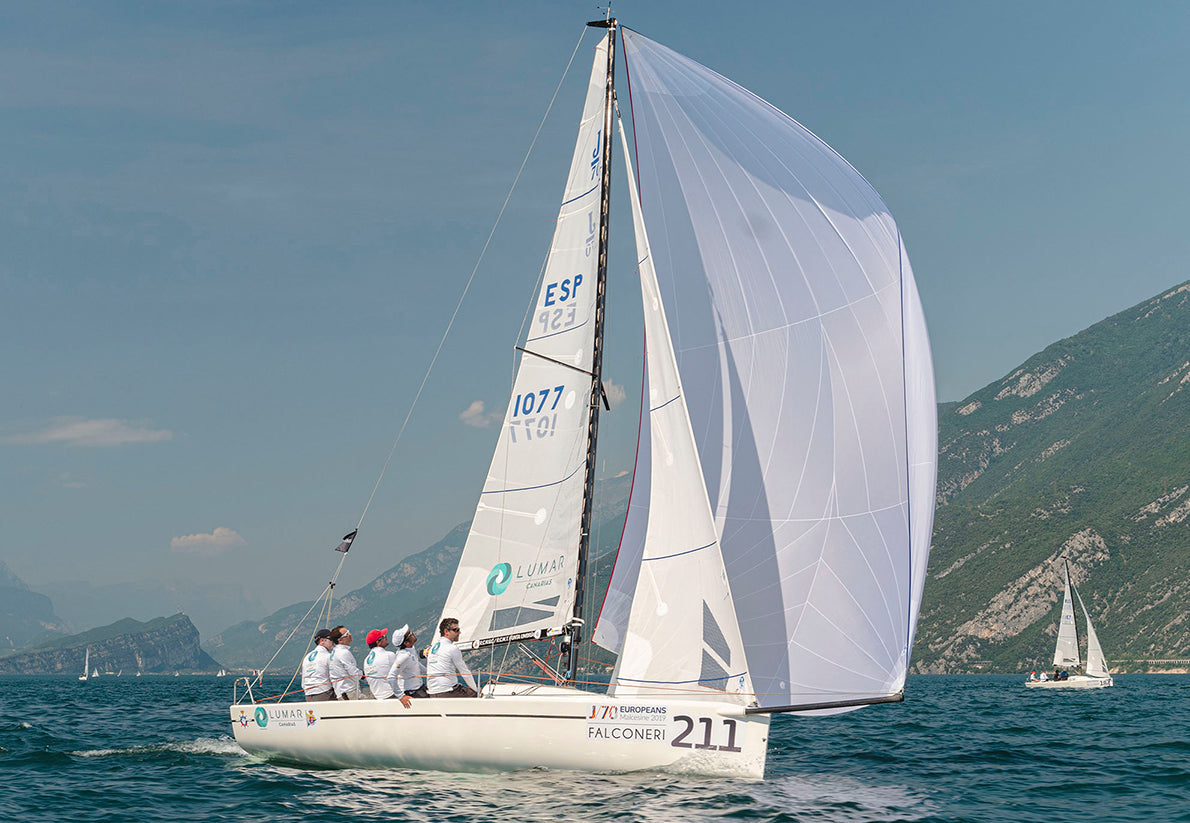
news
CAMPEONATA DE EUROPA DE J70
La localidad italiana de Malescine, en el lago de Garda, acoge el campeonato de Europa de clase J70 del 21 al 29 de junio con una impresionante parrilla formada por cerca de 130 equipos.
READ MORE
READ MORE
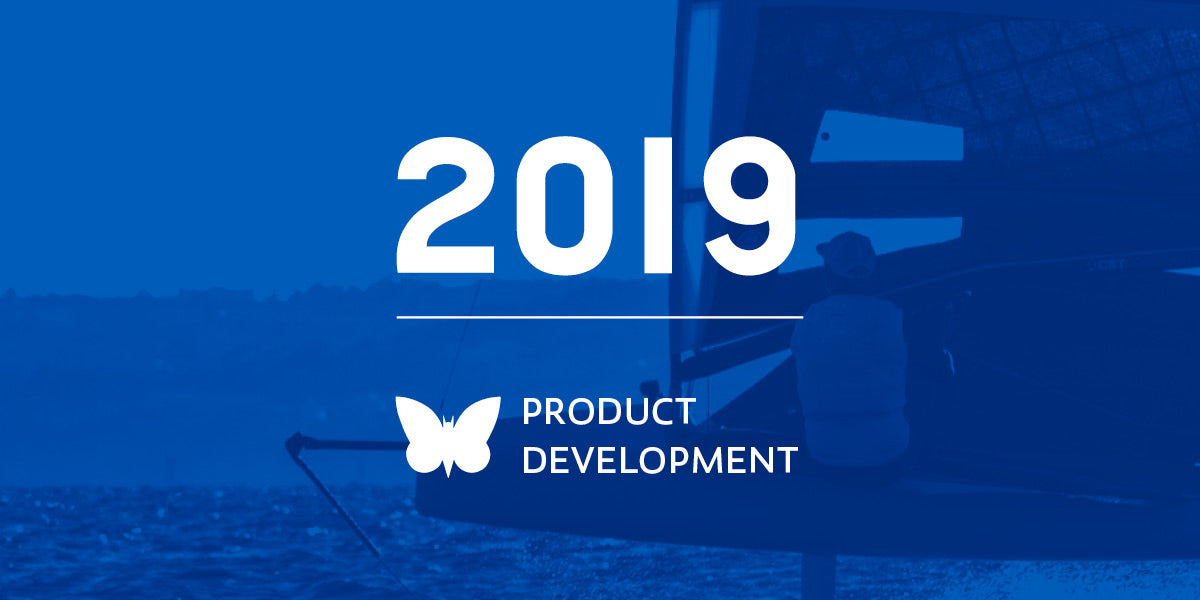
news
NORTH SAILS UNVEIL NEW 3Di SAILS FOR MOTH SAILORS
FOUR NEW 3Di SAILS FOR MOTH SAILORS
Adapted For Different Rig Sizes And Hull Designs
As the world leader in One Design sailmaking, North Sails continues to develop products tailored to meet the needs and goals of racers in any and all classes and categories. Under the leadership of new North Sails Class Leader for Moths, Rob Greenhalgh, four new high-performance 3Di mainsails are now available to enhance the Moth sailor’s enjoyment and results on the water.
The Vi-8 3Di Mainsail is an all purpose sail for the Moth, recommended for a mast length of 5270mm with standard rigging. The Vi-8LA 3Di Mainsail is an all-purpose low aspect sail for the Moth, recommended for a mast length of 5100mm; this sail has low centre of effort. The Vi-8DS Decksweeper 3Di Mainsail is an all purpose sail for the Moth, recommended for mast length 5100mm and 60mm Mast stumps. Finally, the Bi-8DS Decksweeper 3Di Mainsail is an all-purpose deck sweeping sail for the Bieker Moths, and a recommended mast length of 5000mm.
Commenting on the new North Sails mainsail products, former multiple National and European International Moth Champion Rob Greenhalgh concluded, “North has long been seen as one of the leaders in Moth sailing and the new mainsails continue to provide our clients with the best design and materials on the circuit. Careful distribution of shape and luff curve has produced easy-to-use mainsails for both upwind and downwind sailing. 3Di technology continues to offer unrivaled benefits, including rigidity, weight reduction, shape holding, durability, and performance. I am confident Moth sailors will reap the rewards on the race course.”
“North has long been seen as one of the leaders in Moth sailing and the new mainsails continue to provide our clients with the best design and materials.”
As standard, every North Sails Moth mainsail comes with the following: carbon battens, internal batten pockets for perfect symmetry between tacks, windows, painted class insignia, sail numbers, 3D printed camber inducers, tell tales, and a long roll bag available for kinked booms and straight booms.
Learn more about the new North designs for the International Moth.
READ MORE
READ MORE
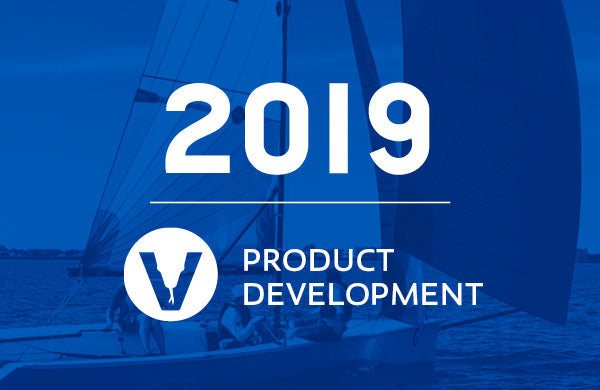
news
VIPER 640: 2019 PRODUCT DEVELOPMENT
VIPER 640: 2019 PRODUCT DEVELOPMENT
New Class Leader, New Mainsail, Many Upgrades
When it comes to finding extra speed, extra durability, or better usability for our products, North Sails is never satisfied. That’s why we’ve made important upgrades to our Viper 640 sails that will give you a better sailing experience as well as an advantage on the race course.
New Class Leader
J/22 World Champion Jackson Benvenutti is the new Global Viper 640 class leader for North Sails. Jackson won the 2017 Viper North American Championship sailing with Marcus and Andrew Eagan, and has wins in many one-design classes. “While Zeke Horowitz is sailing in multiple classes, we felt it was important to have Jackson dedicated to the Vipers, a very important class for North Sails,” said Tim Healy, North Sails One Design President.
Jackson will attend the Summer Regatta at the Mobile Yacht Club and the Weatherly Regatta in Gulfport before heading to California for the Worlds in August. After that, he’ll sailhe 2019/2020 Sarasota Winter Series.
New Mainsail Cloth
Our sail designers have recommended a new cloth for the championship-winning M-7 mainsail. We are upgrading the cloth to the North Sails exclusive Xi-18 laminate, which holds its shape longer than the current Pentex®, improving both durability and performance. The new M-8 main features the exact same shape as the M-7, no tuning changes are necessary.
Recent Sail Upgrades
We have also made three improvements to the Viper sails: :
Self-attached clew blocks keep the clew from twisting when weather sheeting.
Adjustable gaff batten
Extended bolt rope to eliminate pre-feeder snags when adjusting cunningham
Enjoy your Viper sailing season! Contact Jackson with your Viper 640 questions.
📸 Peter Crawford
READ MORE
READ MORE
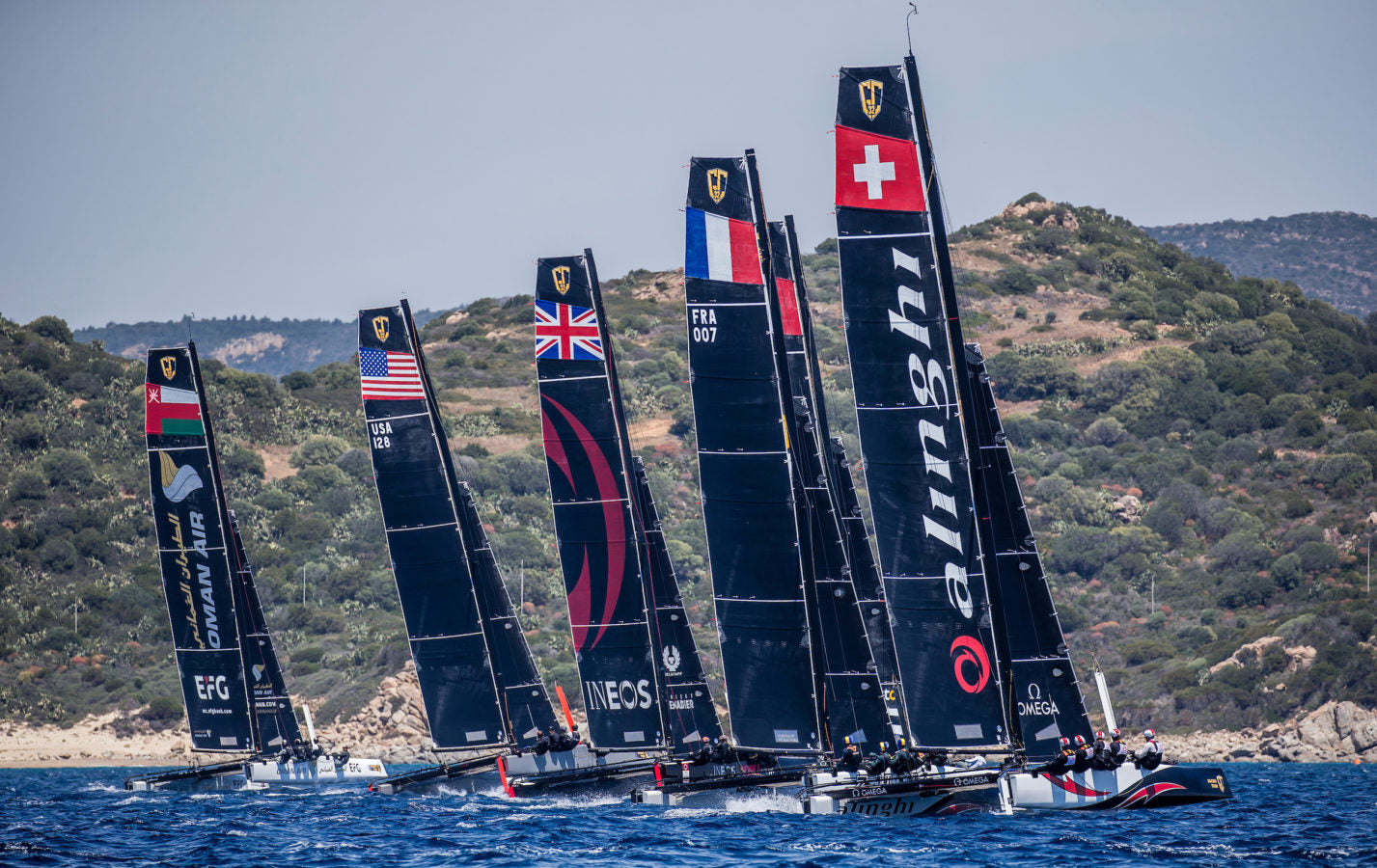
news
GC32 CIRCUIT: FULL SPEED AHEAD
GC32 CIRCUIT: FULL SPEED AHEAD
Pro & Amateur-helmed Teams Merge On GC32 Flying Catamaran Circuit
📸 Sailing Energy
While the America’s Cup may have migrated to foiling monohulls, foiling catamarans remain very much alive and kicking with the GC32 and the GC32 Racing Tour. This year the circuit absorbed the GC32 teams from the Extreme Sailing Series including Alinghi, Red Bull Sailing Team and Oman Air and with at least ten boats now regularly competing, and entries from afar afield as Australia, Argentina, and the USA, the GC32 Racing Tour is back firing on all cylinders.
North Sails has supplied GC32 teams with their one design sail wardrobe since the first examples were launched in 2012. At the time Laurent Lenne and Andrew Macpherson were conceiving the boat with designer Martin Fischer, they worked hand in hand on the sail plan with Gautier Sergent at North Sails France.
Then, as now, the sail plan hangs off a ‘classic’ catamaran rig with a rotating wing-section tube with a substantial section – 320 x 140mm – to allow luff tension to be maintained, with a single diamond and shrouds leading aft to each hull. Forestay and gennaker attach to a tubular bowsprit that extends forward from the mast step.
A wing, like those found on the America’s Cup catamarans, was never seriously considered, partly due to their logistical headaches, but mainly because the boat was conceived to be attractive both to pro and owner-driver teams. While the typical catamaran rig described might take a little getting used to for say a Melges 32 team, it is much less daunting than a full wing. Besides, the primary focus for new crews is learning how to use the foils and make the boat fly. Fortunately for its size, the GC32’s foils are large, and this makes it surprisingly easy to ‘fly’ the boat and promotes stability with very little impact on speed. Reaching, the boats have been known to touch 40 knots.
The GC32 has just four sails – 55.3 sqm mainsail, 24.17sqm J1, 19sqm J2, and a 88sqm gennaker. Fairly early materials evolved from 3DL to RAW 3Di in carbon, same for the gennaker.
“The biggest development has been with the gennakers,” says sailing legend Bruno Dubois, former head of North Sails France and North Sails Europe VP. Dubois was in Villasimius, Sardinia for the first event of the 2019 GC32 Racing Tour, managing the CHINAone NINGBO team, skippered by New Zealander Phil Robertson and with a crew otherwise identical to that of China’s Sail GP F50.
📸 Sailing Energy
An influx of America’s Cup teams to GC32 between San Francisco and Bermuda saw some using their gennakers in light conditions upwind – now common practice. Dubois explains: “The gennaker has a pretty straight exit and you can see people sailing upwind with the luff flogging, but they are using roughly 80% of the sail area. You don’t point as high, but it can get you out of trouble. As soon as it is flogging too much, typically in 7-8 knots, they roll it and go to the J1. That flogging, and when you furl upwind is when the gennaker, takes a beating.”
Teams are permitted five sail buttons annually, the fifth being for a spare gennaker. Typically top teams replace their sails annually, however, teams dipping into the circuit with chartered boats – like CHINAone NINGBO – round up secondhand sails from other teams. In Villasimius the Chinese were using a two year old main and gennaker. “I am surprised how nicely they’d held their shape,” said Dubois. “They are hi-tech sails but seem to go from season to season with no real problems.”
After a small hiatus last year over how the GC32 Racing Tour and ESS might unite, now this is resolved, the circuit for flying catamarans in which you don’t need an Olympic medal to steer, is on the ascent again. It is run by an active Class Association, with a familiar industry figure Christian Scherrer managing it. The Class received World Sailing recognition in 2017 and is now allowed to hold World Championships, the second of which takes place in Lagos, Portugal over 26-30th June.
“The good thing with the GC32 is that it has its own niche between the small foiling boats and the big ones,” concludes Dubois. “That is why it is so attractive to both private owners and pro teams or America’s Cup or SailGP teams who want to train between events as we are. The boat is so forgiving – we have three Chinese on board out of five crew and it is the perfect opportunity for them.”
📸 Sailing Energy
📸 Sailing Energy
READ MORE
READ MORE
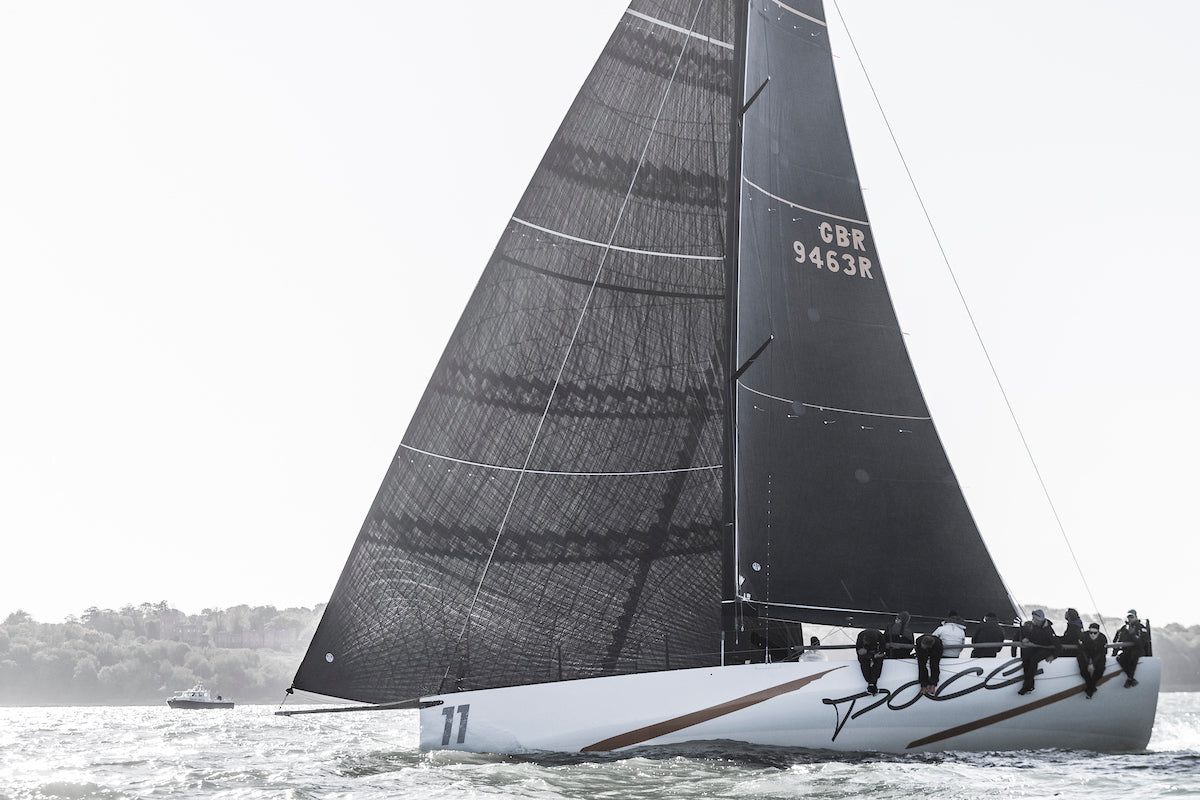
news
HELIX
HELIX
Versatility, Self Supporting, Forward Projecting
Helix Load Sharing Technology is a North Sails exclusive sail structure and shaping solution. Helix sails are more versatile, self supporting, forward projecting, and are engineered to furl using the sail’s composite structure and not heavy, expensive torque cable.
North Sails Design and Development teams have worked closely with top racing programs around the globe to apply our unique design and manufacturing capabilities to the inherent problems when combining free-flying reaching sails with furling. In the past, these sails required tight, straight, heavy and highly loaded cables to provide furling functionality. These cables prohibit optimal flying shape which Helix Load Sharing technology now resolves.
Torsional resistance and vertical luff load capacity are now a direct part of the sail structure, providing better aerodynamic flying shape while still accommodating the tension and torsional loads required for furling.
Furling a free-flying sail is nothing new, either with or without a luff cable. Code Zero’s first gained prominence during the 1997-98 Whitbread Race where the sail luff was reinforced to support high furling loads but the sails were difficult to trim and handle. Since that time, a wide range of furlers and furling cables have been developed – all attempting to improve Code Sail furling performance. The result has been highly efficient furling systems and anti-torque cables, but the problem of optimal flying shape has remained.
More recently, Load Sharing Technology has evolved which re-distributes the luff loads into the sail membrane. Most notably, in 2013 ORACLE TEAM USA and Emirates Team New Zealand AC72 America’s Cup catamarans, used North headsails that took on a portion of the headstay load reducing overall rig loads and providing a better flying shape with less sag. Helix was being born.
While Helix is offered in both Paneled and 3Di construction, 3Di molded composite sails are particularly well suited to this application. Precise spread filament tape vectors are placed along the load bearing luff catenaries in variable densities creating unique-to-North, lightweight free-flying furling sails.
At this stage in development, Helix sails bridge the gap between headsails and spinnakers. When looking at specific examples, the Helix makes Code Sails faster and more stable – across a wider range of wind angles.
Helix sail shaping is different than a cabled sail. Helix Sails tend to flatten, project the luff and provide a wider entry angle, requiring specialized design molds. Cabled sails tend to hang off the cable when tightened adding unneeded luff curvature. Helix is a standard feature on 3Di Downwind and Panel Code Zeros. Helix is optional on many additional 3Di Code and specialty reaching sails.
Helix Code sails bridge the gap between headsails and spinnakers. The increased luff projection from Helix makes Code Sails faster and more stable – across a wider range of wind angles. Helix is a standard feature on 3Di Downwind and Panel Code Zeros. Helix is optional on some additional 3Di Code and specialty reaching sails.
READ MORE
READ MORE
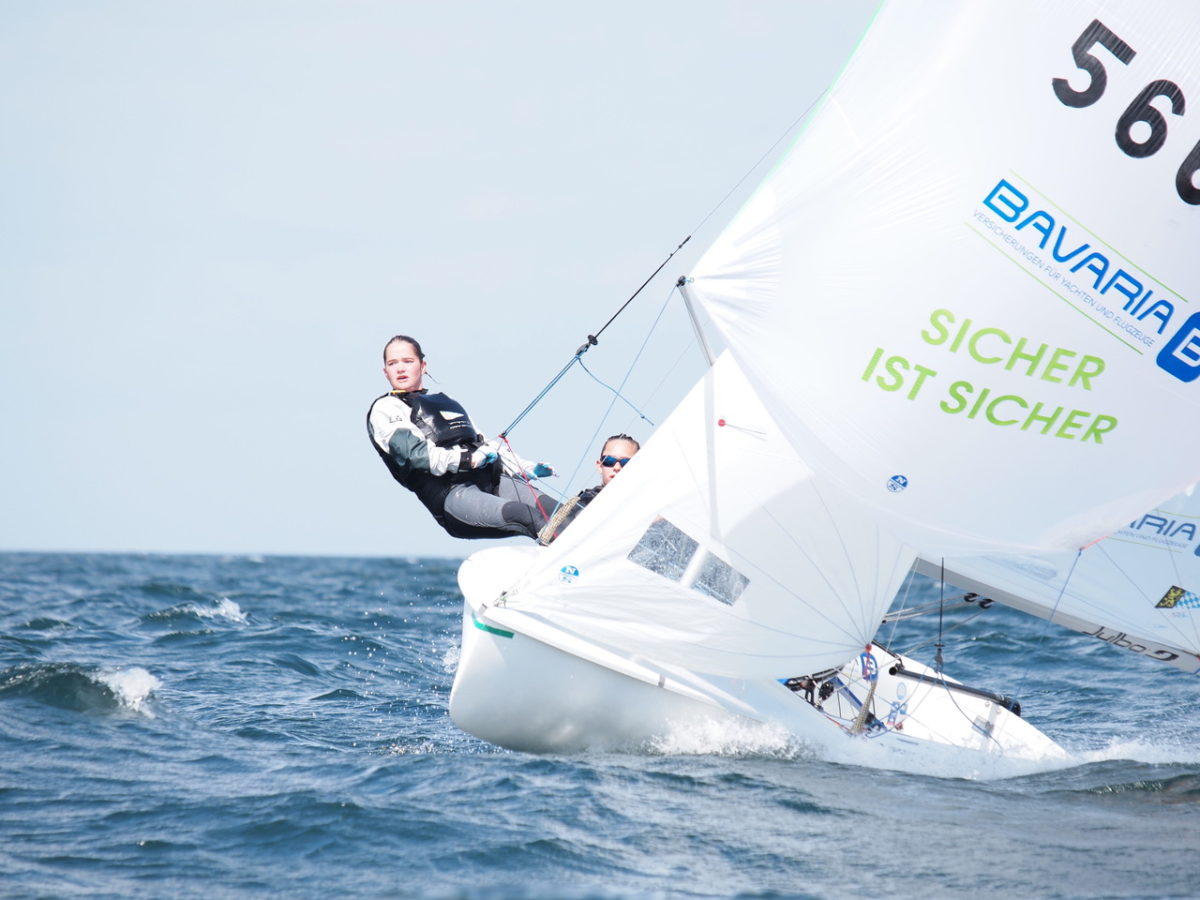
news
NORTH KUNDEN IM OPTI UND 420ER ERFOLGREICH
Nach neun Wettfahrten konnten sich Sophie Steinlein/Oda Hausmann vor ihrer Schwester und Teamkollegin Theresa Steinlein/Lina Plettner und Kristian Lenkmann/Philip Hall durchsetzen.
READ MORE
READ MORE
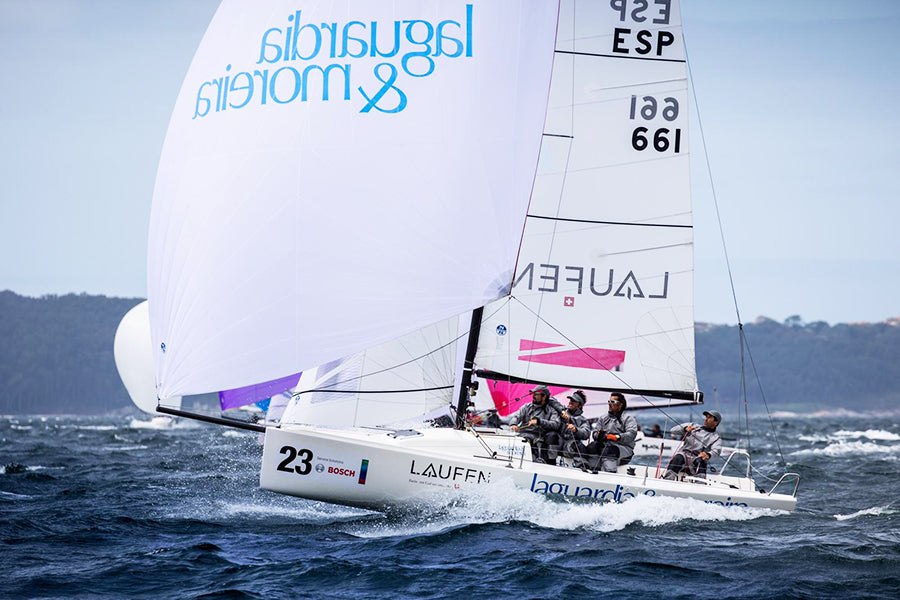
news
ÉXITO TAMBIÉN EN J70
La nueva mayor F1 de J70 comienza a cosechar sus primeros éxitos.
READ MORE
READ MORE
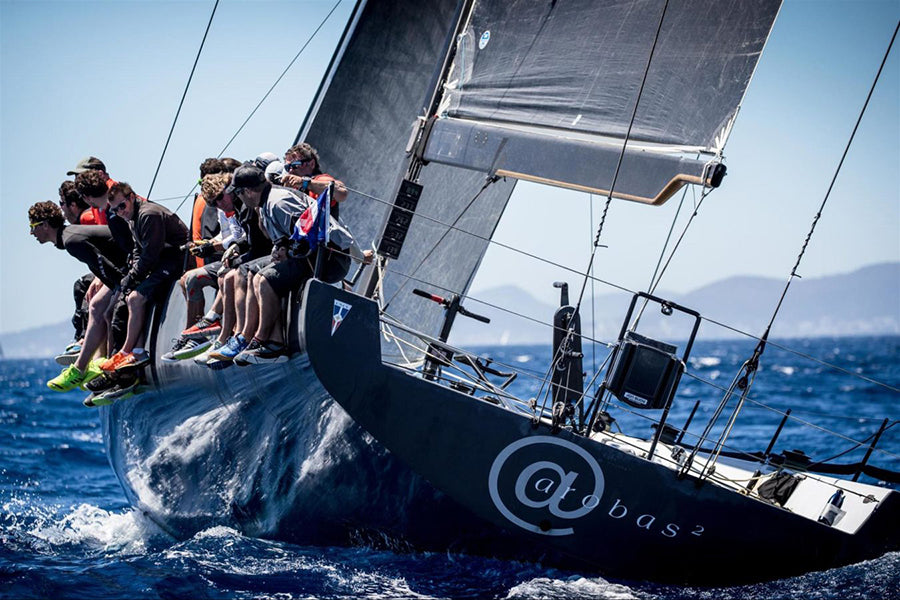
news
NORTH SAILS TRIUNFA EN PALMA
Barcos equipados con velas North Sails se impusieron en seis de las clases participantes.
READ MORE
READ MORE

news
HELIX AND THE FIGARO 3
HELIX SAILS AND THE BENETEAU FIGARO 3
A Specialized Sail Structure, Helix Is Part of the North Sails Recommended Inventory For This Foiling Offshore Class
Spend a day in a North Sails offices and lofts and you’ll quickly observe Helix sails are a hot topic. Who’s taking delivery this week, how are they performing, are the clients happy? Our sail design team is constantly looking at photos and video of sail shape, while our sales team is fielding inquiries from current and potential clients looking to step up their performance.
In the last few weeks, Supermaxi Scallywag won their class and broke a record at Les Voiles St Barth, Wally Centro Magic Carpet 3 took delivery of their new Helix sail before Palma Vela, Cao Ila R won the Mini Maxi division at Capri Sailing Week, and the feedback on Helix sails from the Beneteau Figaro 3 class is coming in fast and furious.
“The data is coming in after a few months, and the Helix sails have less sag, less load and are faster on every angle than the competition,” North Head of R&D Gautier Sargent explains. “The results from the Figaro 3 are proof that the performance gains we advertise are real.”
Helix sails are a specialized sail structure evolved from Load Sharing Technology, and are part of the North Sails recommended inventory for this foiling offshore one-design class. These sails are more versatile, forward projecting and self-supporting, featuring a luff cord to fine tune the luff shape.
“Helix gives us the ability to adjust the flying shape to the conditions and point of sailing. Also, the loads required to control your sag are reduced and the overall bagged weight is light.”
Armel Le Cléac’h, Skipper Banque Populaire Figaro 3
The North design team is 80 people strong and is a powerful collection of very talented design experts with an excellent track record of developing new concepts.
“Designers at North Sails are committed to understanding the why,” Gautier says. “Paired with our obsession to deliver the best product, this has brought people back to ask about Helix. At North Sails, we look at the long game and incorporate all factors (material, design, ease of use) into our product offering.”
Though it wasn’t a popular decision initially, Gautier stands by the North Sails approach of building a handful of identical Helix sail prototypes for the Figaro 3 fleet. This setting of a baseline is similar to how North Sails handles the IMOCA, Melges 20 and J/70 classes, and it gives teams the opportunity to test the sail at different regattas, with all factors being equal.:
“Helix is a good fit for the solo Figaro 3 because it is very versatile and covers a huge range of conditions and wind angles. You can easily switch from reaching to a downwind sail.
Morgan Lagraviere, Skipper Safran IMOCA
“We lost a few guys at the beginning because they wanted custom sails, but building the best sail we could for this class, and offering it to everyone was what we did,” explains Gautier. “We want our clients to feel special, but we don’t like to play favorites. If everyone is the same when learning the boat, you understand whether you are faster because of different trimming, a different setting on the foil, or maybe different sail configurations.”
© Alexis Courcoux
READ MORE
READ MORE




